Georgia (“the real one” to every American traveller I met) is a country nestled in the Caucasus, between Turkey and Russia, between the Black Sea and the Caspian Sea.
For a somewhat off-the-beaten-path destination, it’s not the sort of place that’s top of mind. However, lately I’d noticed Georgia picking up some buzz amongst my friends. I gave it some cursory research, and found enough to pique my interest.
As I stitched together the bookends of my trip to Eurasia earlier this year, it would’ve been a shame to skip it. I swapped my Turkish lira for Georgian lari and spent nine days in the neighbouring country, a wonderful place in all of its own distinct ways.
Here are 10 tips covering my impressions from my first visit to Georgia.
In This Post
- 1. Get to Know the People and Story of Georgia
- 2. Binge on Next-Level Soul Food
- 3. Indulge in Decadent Old World Wine
- 4. Learn the Lonely, Lovely Language
- 5. Catch Centuries of Cathedrals in the City and Countryside
- 6. Tour the Top Attractions in Tbilisi
- 7. Hit the Slopes in Kazbegi
- 8. Explore the Cave City of Vardzia
- 9. Visit the Birthplace of Stalin
- 10. Detoxify with Sulfur Baths & Mineral Springs
- Conclusion
1. Get to Know the People and Story of Georgia
The Kartvelian people, as Georgians refer to themselves, are known for their kindness and hospitality.
Historically, their land has been invaded by larger empires on multiple fronts, while also welcoming diverse travellers along the Silk Road. Through it all, they’ve developed not only a sense of fierceness, but a sense of openness.
This has cultivated a proud society which is friendly to foreigners, whether tourists or immigrant groups over the centuries.
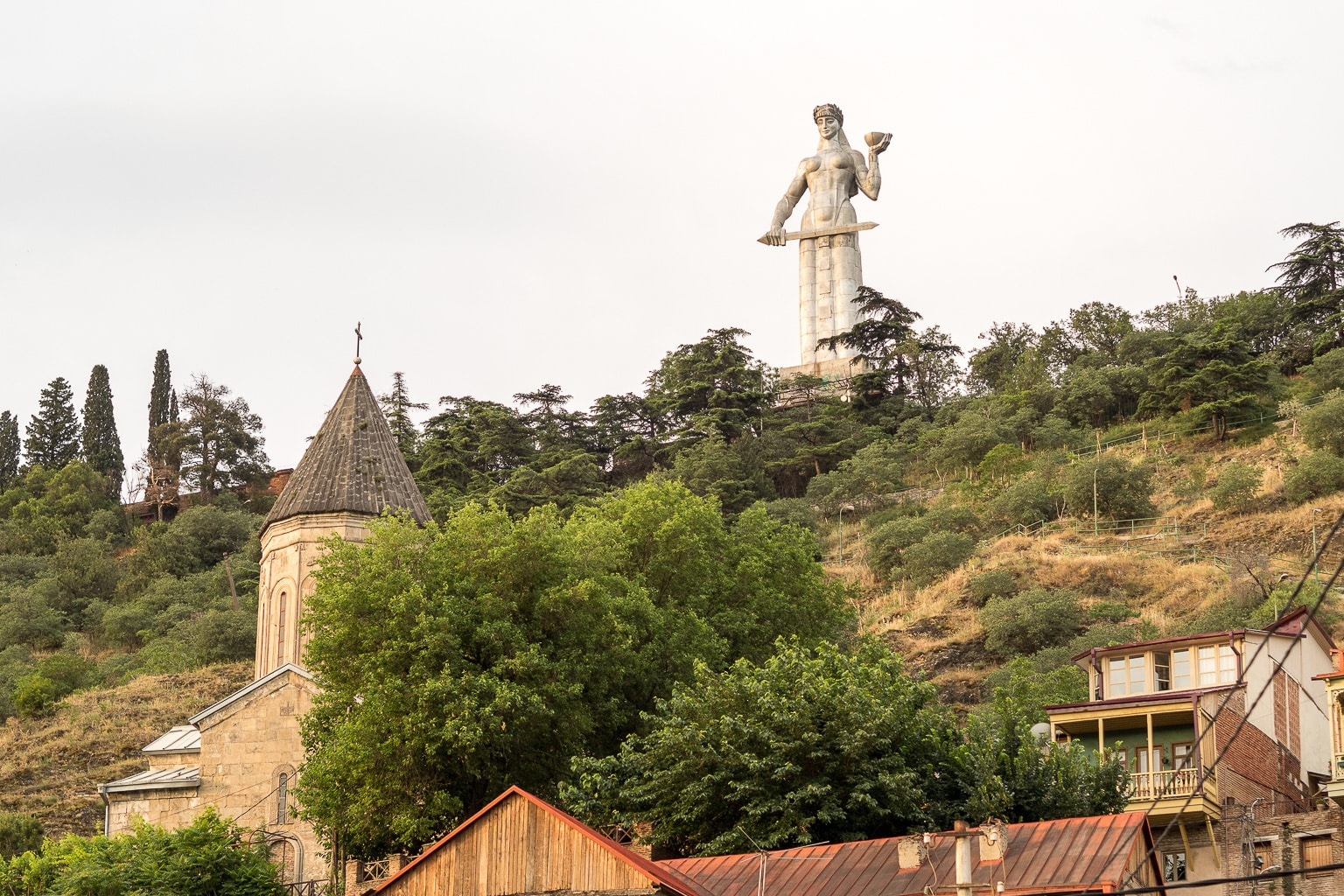
The locals I met were all extremely personable. Whether a chatty tour guide eager to talk about any topic, or an elderly woman who doesn’t speak a word of English opening her home kitchen to visitors, there’s a real earnestness about them.
Nowadays, there’s a bit of a generational divide. The older folks have more of an affinity for the Russian ways, whereas the younger ones have a stronger interest in aggressively Westernizing and modernizing.
Georgia is still trapped in widespread poverty, suffering from the effects of occupation by the Soviet Union. Political corruption still reigns, not necessarily with violence or oppression, but electoral subversion and crooked money. In spite of some recent steps forward, the low standard of living is unmistakable.
In a country where median rent outpaces the median income, it’s sad to see the youth looking for a way out as their only path to upward mobility. It’s also inspiring to see those who choose to stay with the faithful resolve to build a better society for their countrymen.
2. Binge on Next-Level Soul Food
If Georgia is known first for its people, its food is a very close second. It should be no surprise that food is such a core piece of a hospitable culture, where entertaining guests is fundamental to their way of life.
There are a number of traditional dishes, diverse and distinct from any other cuisine I’d encountered.
In my opinion, the one dish you can’t miss is khachapuri. This Georgian cheese bread has a unique style for each region of the country, but you can get many of the most popular ones anywhere.
Most commonly you’ll find Imeretian khachapuri, a round bread stuffed with cheese. Megrelian khachapuri is similar, topped with more cheese.
The bread is baked in what I would describe as a Georgian tandoor oven, and the cheeses are local styles as well.
But the best of the bunch is Adjarian khachapuri. This boat-shaped bread is filled with cheese, butter, and a raw egg yolk.
Rip the crust off the ends of the bread boat, and dip it in the indulgent mixture in the centre.
There are also Georgian dumplings called khinkali, often stuffed with minced meat but also with vegetarian variants containing mushrooms. The juicy, doughy bites resemble East Asian dishes, and make a great appetizer or share plate.
I also enjoyed mtsvadi, the Georgian version of a barbecued meat kebab.
Georgia’s menus also feature many soups. I had chakhokhbili, a chicken-based vegetable stew, and kharcho, a lighter broth with lamb.
Georgian cuisine is known for heavily featuring walnuts, one of my few allergens. Luckily my allergy is not very severe, but it is bad enough to go out of my way to avoid those foods.
I found it a bit intimidating to be travelling solo in a country with an unfamiliar language as I navigated my dietary restrictions.
Meats, bread, and cheese were generally fine, but I was cautious with raw salads, dips, and pastes, whose ingredients were more uncertain – basically anything with vegetables. As a result, I definitely ate way too much unhealthy food!
I did enjoy a phenomenal ajapsandali, comparable to ratatouille. Traditionally, the dish is made with walnuts, but my guess is that the cooking process denatured the chemical compounds that trigger my allergic reaction.
You’ll also see churchkhela everywhere in public markets. The snack consists of hazelnuts wrapped in dried fruit leather, and can be identified hanging at street vendor stalls like wax candles.
Indeed, its Turkish name ceviz sucuk literally translates as “walnut sausage.”
All things considered, I did well to avoid any allergy scares while covering a lot of Georgia’s culinary ground. However, I do think it would be a difficult place to visit for someone with a more serious nut allergy, especially if you are also a vegetarian.
3. Indulge in Decadent Old World Wine
The Georgian people’s affinity for hosting, paired with its favourable soils, geography, and climate, have led to an absolutely Bacchanalian viticulture.
Georgia has the oldest known wine-making tradition in the world, dating back over 8,000 years. They use a whole-grape fermentation process – peels, seeds, stems and all.
The crushed mixture is put in clay pots called qvevri and stored underground for stable temperatures while it undergoes fermentation.
Today, Georgia has a thriving wine industry. They also make wines in more familiar European styles, using Georgian grapes.
My favourite varietal that I tried was saperavi, a well-balanced red which is probably the country’s most important grape.
One of my days in Tbilisi, I signed up for a full-day wine tour with Gamarjoba Georgia Tours. I would highly recommend their guided excursion into the Kakheti region.
Whether you’re spending most of your time in Tbilisi or gallivanting around the countryside on your own schedule, this is not an experience you want to have to coordinate yourself.
We saw a couple of other towns and historic sights, but the primary feature of the tour was a major wine production facility, showcasing the traditional Georgian process but adapted for modern tools.
We also visited a wine cellar built into an incomplete military tunnel under the Caucasus Mountains. Here, they featured Soviet-era metal casks still in use, and private wine collections stored en masse by individuals and groups in ideal cellar conditions.
Of course, no wine tour is complete without a wine tasting, and we enjoyed many throughout the day!
Also, as a fun wine-themed treat, you can find saperavi grape soft-serve ice cream all over the country.
4. Learn the Lonely, Lovely Language
The small Kartvelian language family is an isolate, meaning it has no known links to any other languages in the world. This may come as a surprise to those who only know Georgia (historically Sakartvelo to the locals) as a post-Soviet republic, or as a nearby tourist destination for Russians and Turks.
In spite of its obscurity, I found Georgian vocabulary and phonetics to be very intuitive. I didn’t learn much beyond hello and thank you, but I found it a very easy language to listen to and develop an ear for.
The sounds are reasonably familiar to a Westerner, with some tricky consonant clusters but nothing out of the ordinary if you’ve heard a bit of Russian, Greek, or Hebrew. It was much easier than Turkish, which I found much harder to pronounce or to map letters and diacritics to sounds.
The Kartvelian languages also have their own alphabet, a very Tolkein-esque script to pair with the flowing sounds of speech. I was surprised to see highway signs in Georgian and English, rather than the Cyrillic alphabet – perhaps a signal of the changing times.
5. Catch Centuries of Cathedrals in the City and Countryside
Georgia is chock full of cathedrals, many of which are active monasteries. Since the Christianization of the region in the 4th century by Saint Nino, Georgia has had a strong Eastern Orthodox tradition.
As part of our wine tour, we visited Bodbe Monastery, the burial place of Saint Nino.
Throughout the country, you’ll find cathedrals just about anywhere, often in isolated locations with gorgeous views.
The most picturesque is Gergeti Trinity Church in the foothills of Kazbegi, arguably one of the most iconic sights in the entire country.
In Tbilisi, you’ll notice cathedrals dotting the old city, forming a signature feature of the cityscape.
You can also view the Holy Trinity Cathedral, a modern 21st-century edifice built in the traditional style. It’s the third-largest Georgian Orthodox cathedral.
I visited the grounds on a Sunday, during which a wedding ceremony was being performed.
In addition, there are many fortresses to visit around the country, ranging from palace complexes to roadside ruins. Rabati Fortress, the grounds of Akhaltsikhe Castle, was a surprising find, with sprawling gardens, reflection pools, and a mosque.
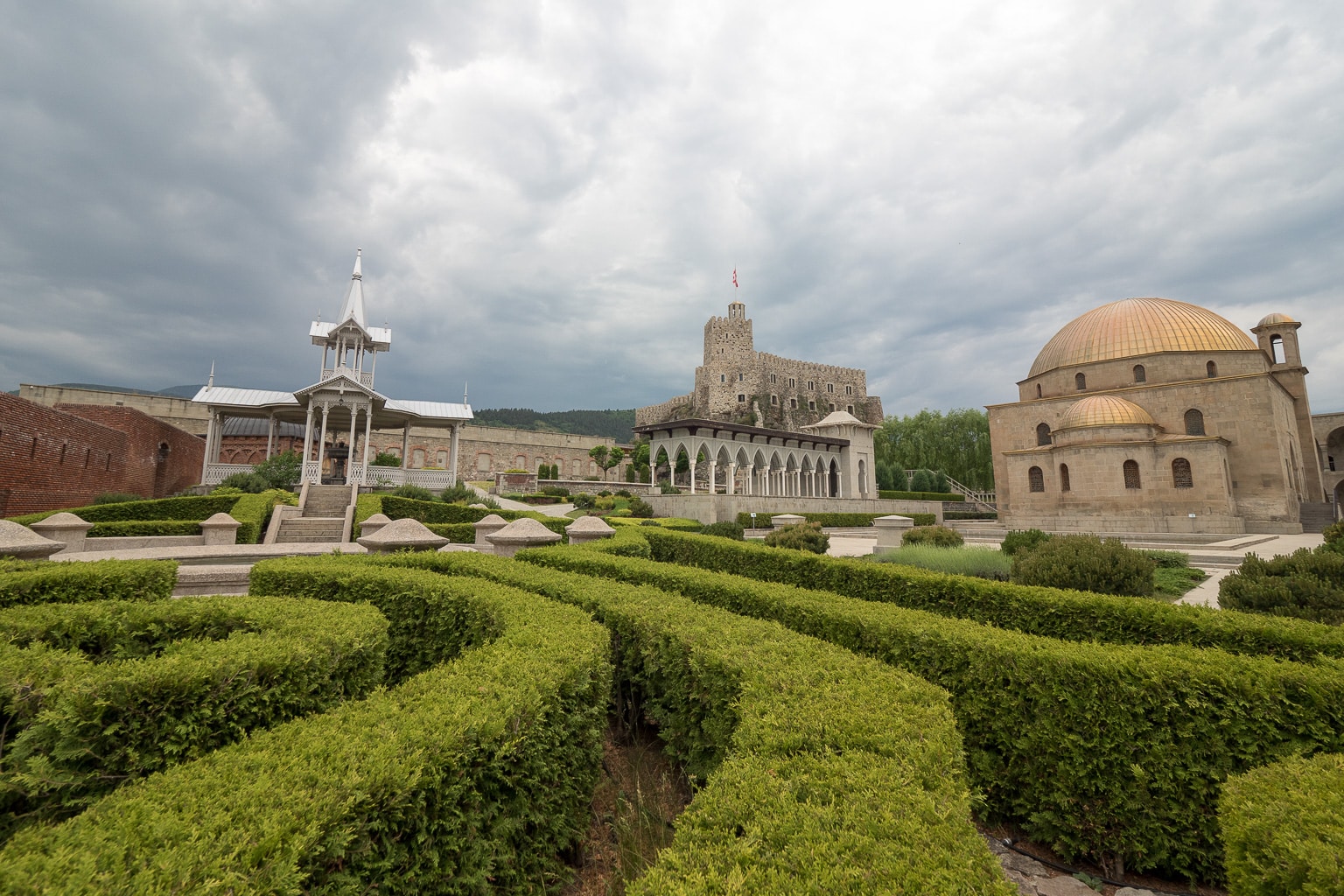
For a trip closer to Tbilisi, the town of Mtskheta is a good choice. The former capital is one of Georgia’s oldest cities and well-known for its ancient architecture.
6. Tour the Top Attractions in Tbilisi
Tbilisi is an easy city to visit, with many of the highlights concentrated in a central location.
Shota Rustaveli Avenue is the city’s main traffic corridor, lined with many high-end shops, as well as government buildings and cultural institutions.
The road runs north from Freedom Square.
It’s a great area to stay whether you’re walking or taking the metro, with lots of hotels for a range of budgets. I wasn’t a huge fan of the value I got at the Tbilisi Marriott Hotel, instead much more charmed by the Shota Rustaveli Boutique Hotel for a one-night sleep before my flight home.
Wander up the avenue and admire the Austrian architecture. Consider catching a performance at the opera, or taking in the exhibits at the national art and archaeology galleries.
Check out the flea market on the Dry Bridge as you cross the river.
On the far side, you can walk up the hill to the Holy Trinity Cathedral.
Cross back over the Bridge of Peace from Rike Park, a lush public space with great views of Old Tbilisi.
You can also take the gondola from Rike Park to Narikala Fortress, with antique ramparts watching over Tbilisi.
Walking down the hill from the fortress, you’ll come through the heart of Old Tbilisi, with more rustic architecture, narrow streets, and underground bazaars. There are also lots of accommodation options here.
Note that the bars and restaurants here are a bit of a tourist trap. Instead, I’d suggest dining further west on the side streets off of Rustaveli Avenue.
The lively yet intimate Restaurant Margalita was a personal favourite of mine.
As you curve west a few blocks further around the base of the mountain, you can ride the funicular to Mtatsminda Park. The sprawling space is great to explore for an hour on foot, with many amusements for families and panoramic views of all of Tbilisi.
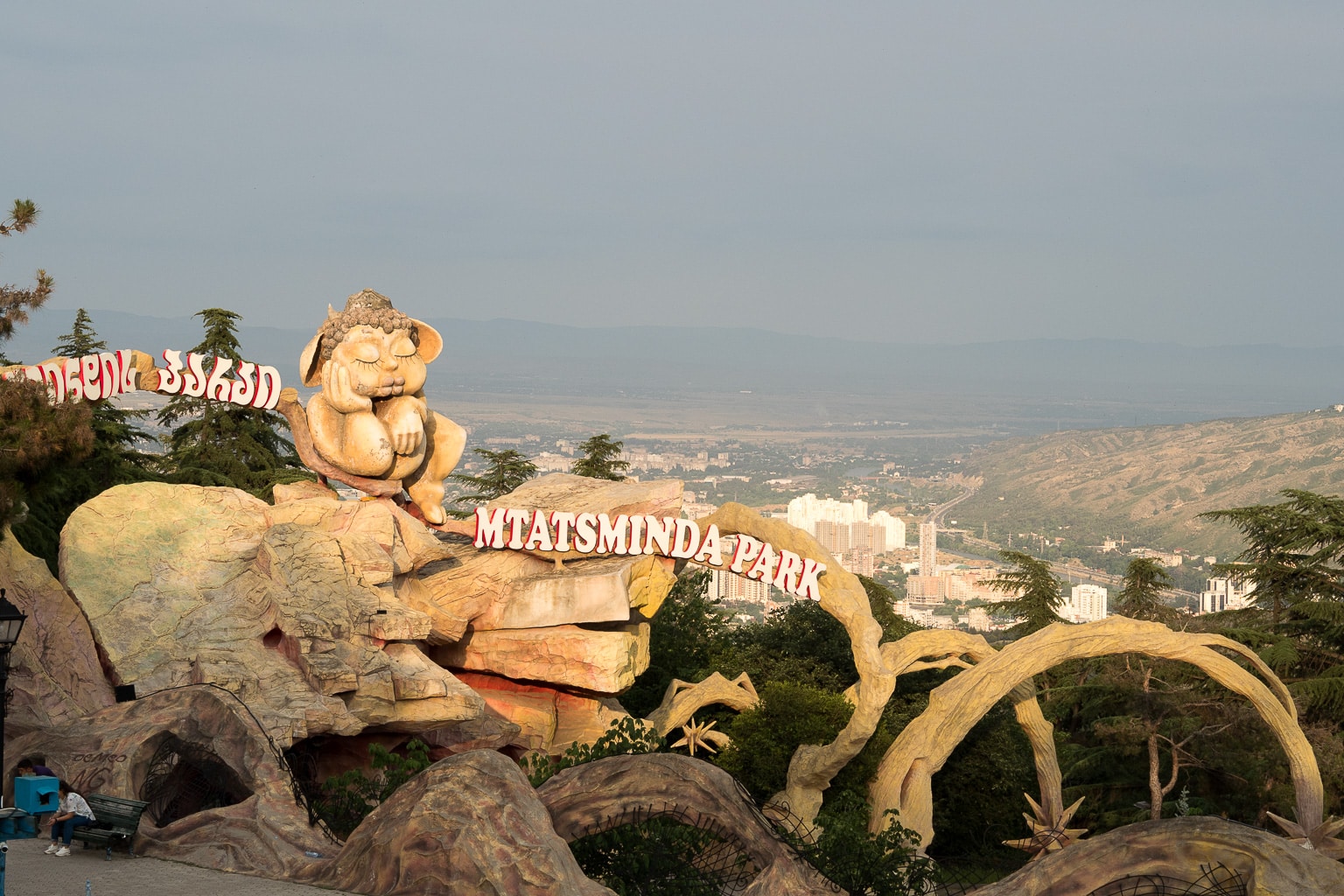
If you’re judicious with your priorities, Tbilisi’s highlights can be seen in one full day. I spent four consecutive nights, allocating my three full days for a sightseeing day, a work day, and a wine tour.
If you have extra time, I’d suggest checking out Vake, about a 45-minute walk north of Freedom Square. The neighbourhood has a strong cafe culture, a more youthful energy, and a few modern skyscrapers.
I enjoyed spending the bulk of my day working from Terminal, a well-outfitted co-working space in a city which is rapidly rising on the remote work radar.
7. Hit the Slopes in Kazbegi
Beyond Tbilisi, I took myself on a four-day road trip around Georgia’s smaller towns. You can easily visit many of Georgia’s best sights as guided tours on day trips from Tbilisi, but I enjoyed being able to go at my own pace.
The main roads are in good enough condition, and other drivers are decently predictable once you learn to go with the flow (and get out of the city). It’s undoubtedly one of the best ways to get glimpses of the country’s lush, rolling green landscapes, resembling the classic Windows XP background.
But there are some unexpected peculiarities, and driving in Georgia is not for the faint of heart. Russian border control is so slow that there are lines of commercial vehicles hundreds of miles long stalled on the shoulder, nearly all the way to Tbilisi several hours away.
It’s not unusual for a two-lane road to be treated like a three-lane road that functions as a one-lane road, with two crowded shoulders with a harrowing corridor in between.
Also, you will almost definitely get a very affordable speeding ticket on a radar-enforced section of highway somewhere.
In any event, whether you drive or take a tour, first on your hit list is the heart of the Caucasus range, along the Russian border. The town is Stepantsminda, but the locals call it Kazbegi, for the national park and mountain nearby.
The summit towers over the valley as if it were Georgia’s Matterhorn.
Kazbegi is an appealing destination year-round. The area is home to some world-class skiing in the winter, and there are ample hiking opportunities in the summer.
At the guest house where I stayed, I had a view of Kazbegi from my room as well as the shared balcony. I was lucky to have a clear evening and morning, where the cap cloud abated and the mountain “lifted her veil” (as the locals say) for a pristine vista.
On your way to or from Stepantsminda, don’t forget to stop at the Gudauri viewpoint to check out the Russia–Georgia Friendship Monument, a Bayeux Tapestry of sorts. You can also try your hand at tandem paragliding into the valley below.
There’s also a couple of quirky roadside attractions in the vicinity.
Georgia has other tantalizing mountain experiences beyond Kazbegi. If you’re looking for something more remote, consider a multi-night excursion in Mestia or Tusheti. Both are on my short list for when I return.
Even without an arduous adventure to push my limits, I really enjoyed relaxing in the mountains of Kazbegi for a couple of days, and getting a slow taste of small-town Georgian life.
8. Explore the Cave City of Vardzia
Coming from Turkey, I’d just visited a number of cave dwellings in Cappadocia. Georgia has similar ancient sites from the same era, complete with historic cave churches and active monasteries.
Unlike the open air museums at Göreme and Zelve, Vardzia is built into a long cliff. There’s a great viewpoint before you arrive at the main entrance.
Past the gate, there’s a very playful journey in store as you explore the levels and tunnels. Despite seeing many similar attractions recently, I didn’t find it to be repetitive at all.
Not to mention, the valley views are stunning.
Note that if you’re self-driving, you’ll want to navigate to the Vardzia identified in Mtkvari Canyon near the town of Tmogvi, not the poorly-marked town of Vardzia which is many hours away and does not have the iconic cave site.
As my road trip eventually looped back towards Tbilisi, I also visited Uplistsikhe, a 5,000-year old dwelling. While there is a cathedral and winery today (unsurprisingly on both counts, if you ask me), the original society there predates Christianity by a significant margin.
As a much older site, Uplistsikhe has been battered by erosion, more than other cave cities. It was inhabited over the millenia by several groups, being hotly-contested as a defensible strategic chokepoint to ward off invaders.
Don’t miss the museum at the entrance, where you’ll find an exhibit with ancient artifacts from Uplistsikhe’s civilizations, and a video narrating the location’s human history.
9. Visit the Birthplace of Stalin
Georgia has so much to offer on its own, and is making so many strides away from Russian influence, that it’s easy to forget that Joseph Stalin, the dictator who embodied the brutality of the Soviet Union, was of Georgian origin.
Stalin was born Ioseb Jughashvili in Gori, at the time a poor, small town in central Georgia. Today, Gori has grown somewhat, and the city is home to the Stalin Museum.
The museum is built on the site of Stalin’s boyhood home, preserved and still standing on the museum grounds.
At the time I arrived, there were no other English-speaking tourists, but the staff were happy to arrange a tour for me. My guide was quite helpful, as much of the exhibit is in Georgian and Russian only.
Stalin had not wanted a personal museum glorifying him as an individual, and construction had begun on the building to serve a more broad historical purpose. However, after its completion and his death, the structure inevitably came to house a gallery in his honour.
The information inside journeys through Stalin’s young life as an eager idealist and revolutionary. As you might expect, the museum highlights moments in Stalin’s rise to power, such as his escape from political prisons and the strength and success of his leadership, while glossing over the cruelty of his regime.
There’s a showcase of gifts from other communist leaders who were Stalin’s contemporaries around the world, and a reconstruction of his office.
The tour concludes with a walkthrough of Stalin’s train car.
In recent years, the museum has added a small exhibit telling “the other side” of the story. I appreciated the effort to provide a balanced take, but to be honest, I was much more interested in the extremely biased view of Stalin that the Gori locals hold.
I went into the experience well aware that the limited perspective was the attraction. We hear so many familiar stories second-hand, and I always find it fascinating to “go behind the curtain” and hear those same tales told in an unfamiliar way through the eyes of the people who have lived those realities themselves.
While the rest of Georgia is consciously modernizing in alignment with Western ideas, I was struck by a relative lack of Slava Ukraini sentiment visible in Gori. I found it so interesting that the city has such a fond affinity for its native son, in spite of his brutal rule and abandonment of his people.
In particular, I picked up on a distinct note of sadness in my tour guide’s voice while she was explaining a more tragic heroic moment in Stalin’s story. I took this as a hint at the locals’ true feelings, in spite of a clear attempt to make the museum palatable to global tourists who have only been exposed to the negative truths of the narrative.
10. Detoxify with Sulfur Baths & Mineral Springs
Finally, no trip to Georgia is complete without a visit to the sulfur baths. It was the last thing I did before returning home, and I’d say it was the ideal way to cap off my time in the country.
Tbilisi means “warm place” in the Kartveli language, referring to the hot springs flowing into the river in what is now the core of the old city.
Over the centuries, the people living there have built a sprawling underground bathhouse complex. Orbeliani Baths have been used by Russian royalty, with each tsar having a favourite room.
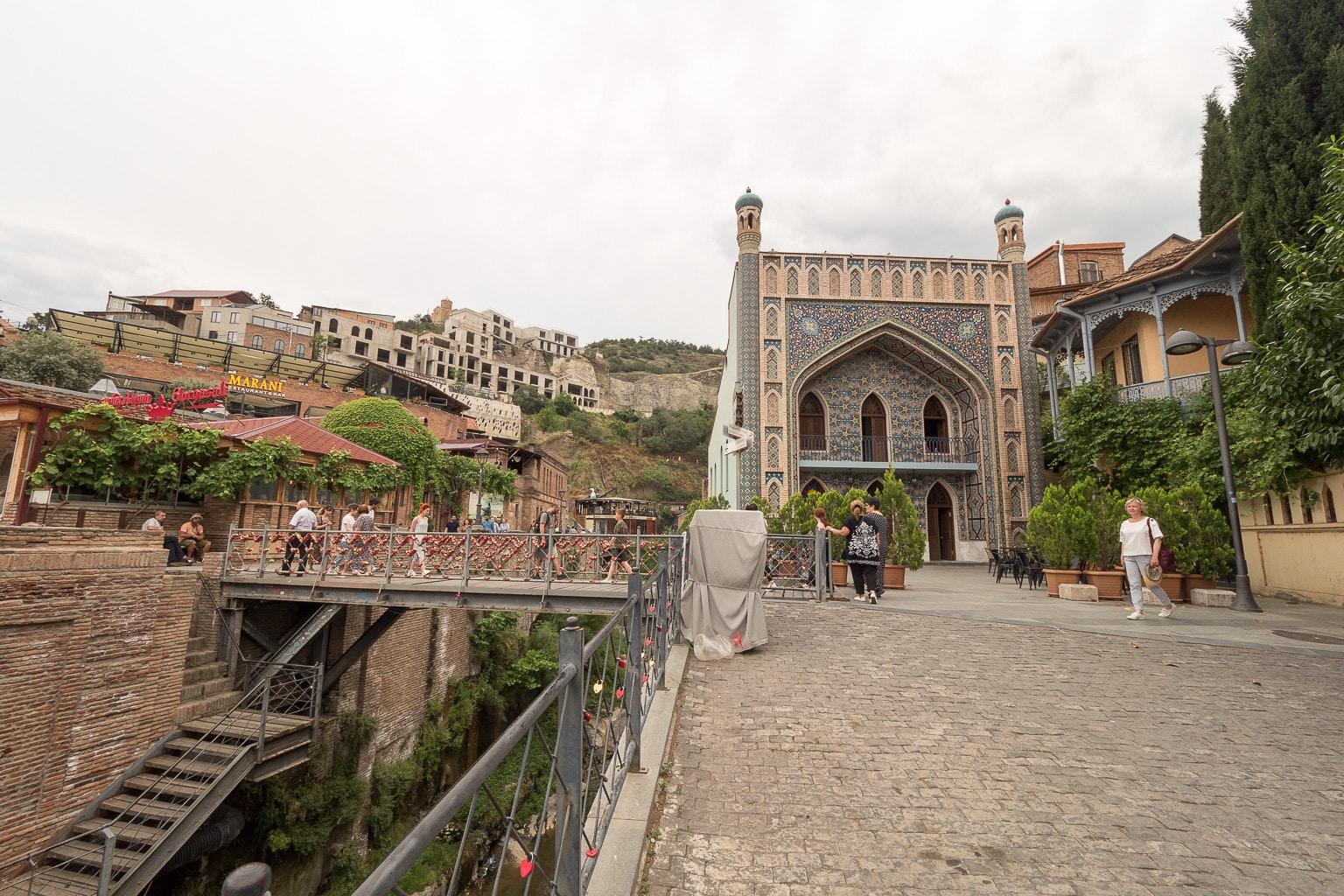
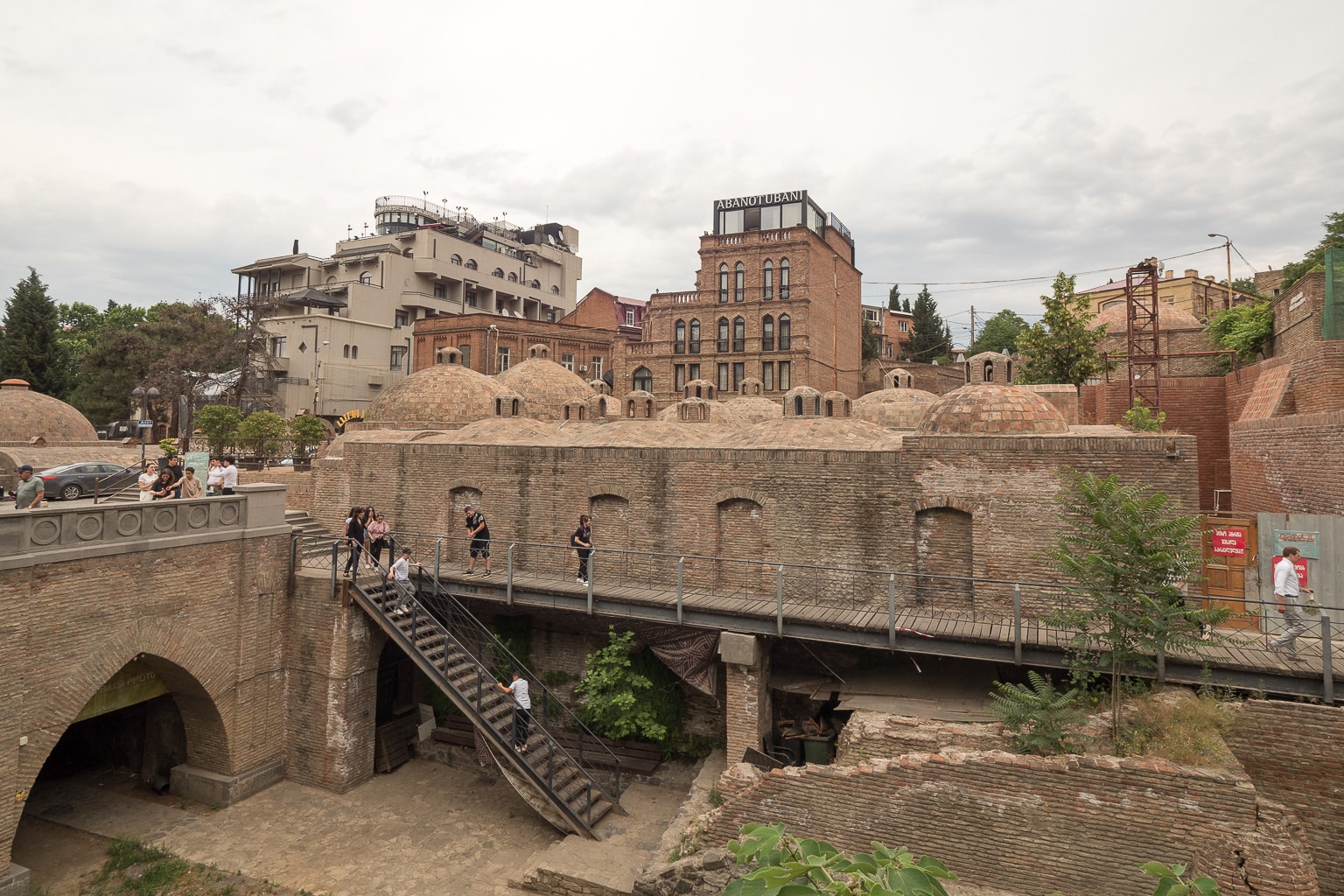
You can book any one of a number of rooms of various sizes, depending on the size of your party. I rented an hour in a small room suitable for up to two people.
The water is scalding hot, but not unbearable by any stretch. The attendants advised me to alternate every 10 minutes between bathing and sitting in the adjoining steam room to minimize the danger of the heat, advice which I’m glad I heeded.
There’s also a sulfur water cold shower, which I used to rinse off before and after using the tub, and occasionally in between to cool off.
Beyond Tbilisi, Georgia has no shortage of mineral water. You can enjoy a number of bottled varieties from springs and glaciers around the country.
I visited a town called Borjomi at the recommendation of T.J., our resident bathing aficionado. The pleasant resort town has access to hiking trails in national parks, but its chief attraction is the outdoor mineral spring.
Take a 45-minute stroll beyond the kitschy public park on a riverside trail which follows a ravine. At the end, you’ll arrive at the pools, where you can engage in a communal mineral bath experience with the locals.
Bottled Borjomi water is ubiquitous all over the country, and tastes much more mellow than going to the source. Of course, I couldn’t resist a questionable sip straight from the spring!
Conclusion
Georgia is a truly soulful place, a land and people that reward more as you explore more deeply. You don’t necessarily have to go off the beaten path to find the best of Georgia, but a conscious connection will bring out its best.
At the same time, it’s not the most obvious choice when the whole world is your oyster. Sometimes I’ve found it hard to put into words what exactly resonated about it, but maybe that’s part of its beauty.
It’s unmistakably Eastern Europe, but with an Asian undercurrent that brings out a unique cultural flavour.
I’m thrilled to have visited such a wonderful country that caught my attention on a whim. I wouldn’t be surprised to see Georgia put itself on the map with an increasing profile, even if its fledgling economic reality may lag behind its burgeoning reputation.
Until next time, gaumarjos – be victorious!


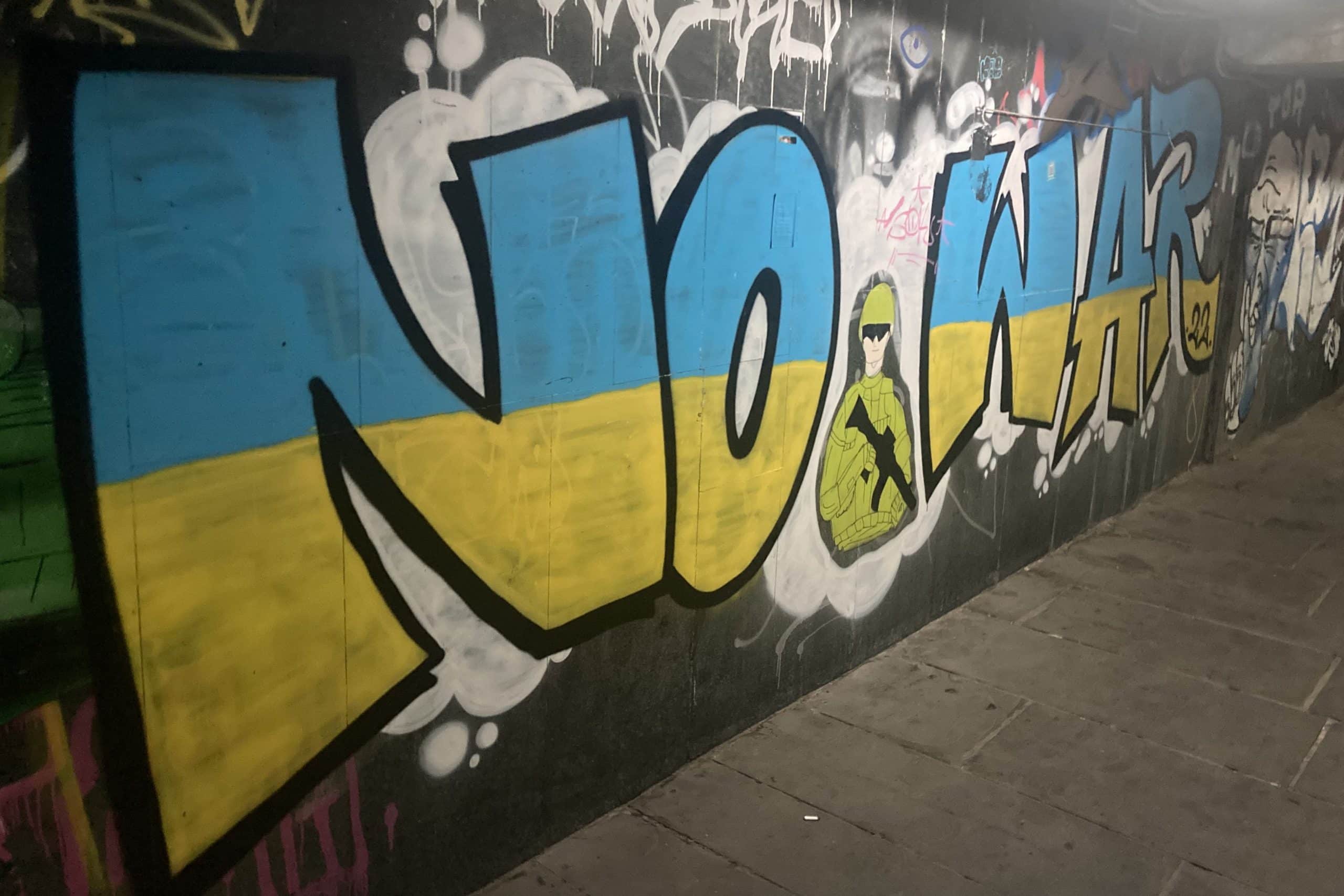
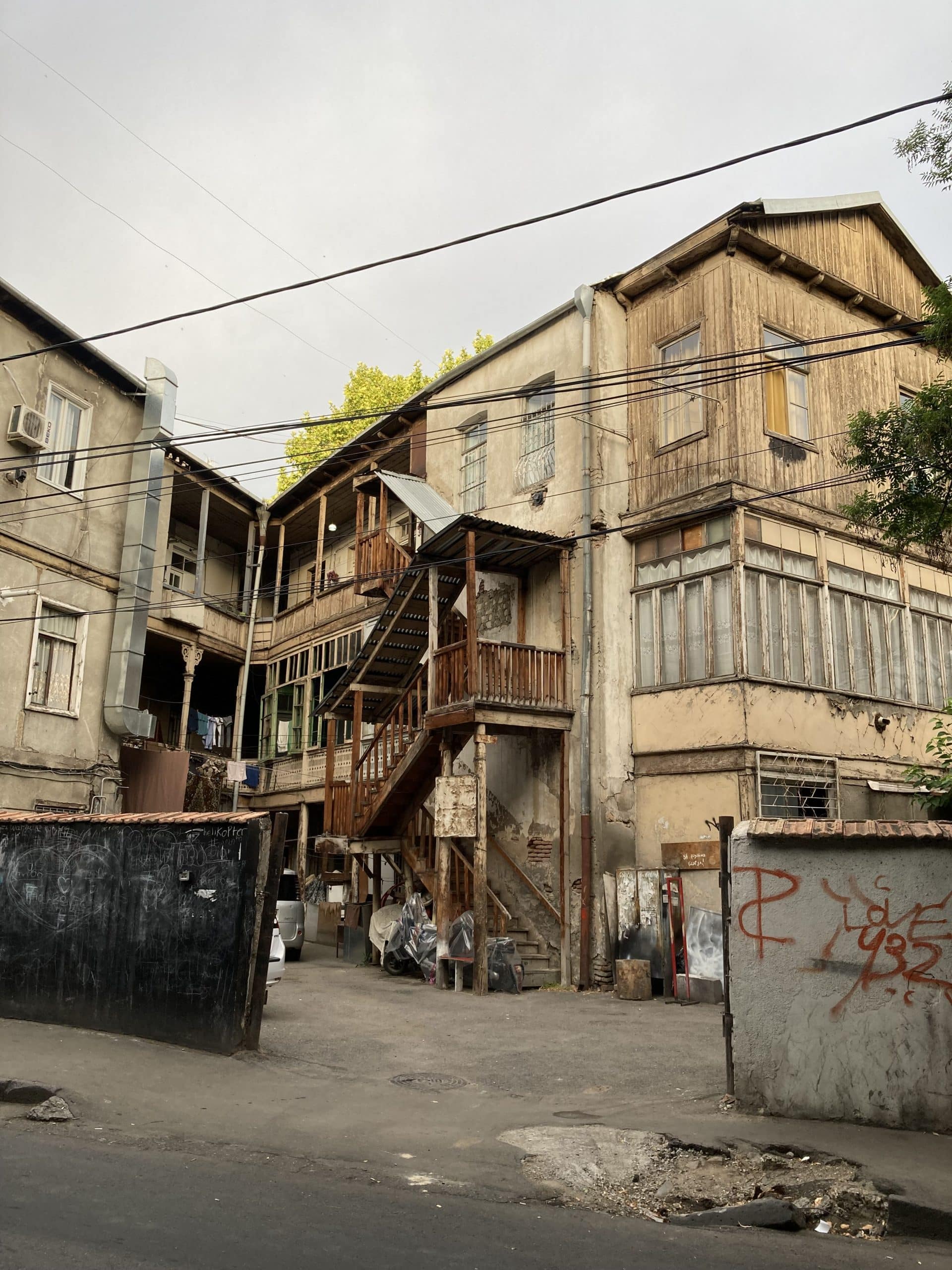
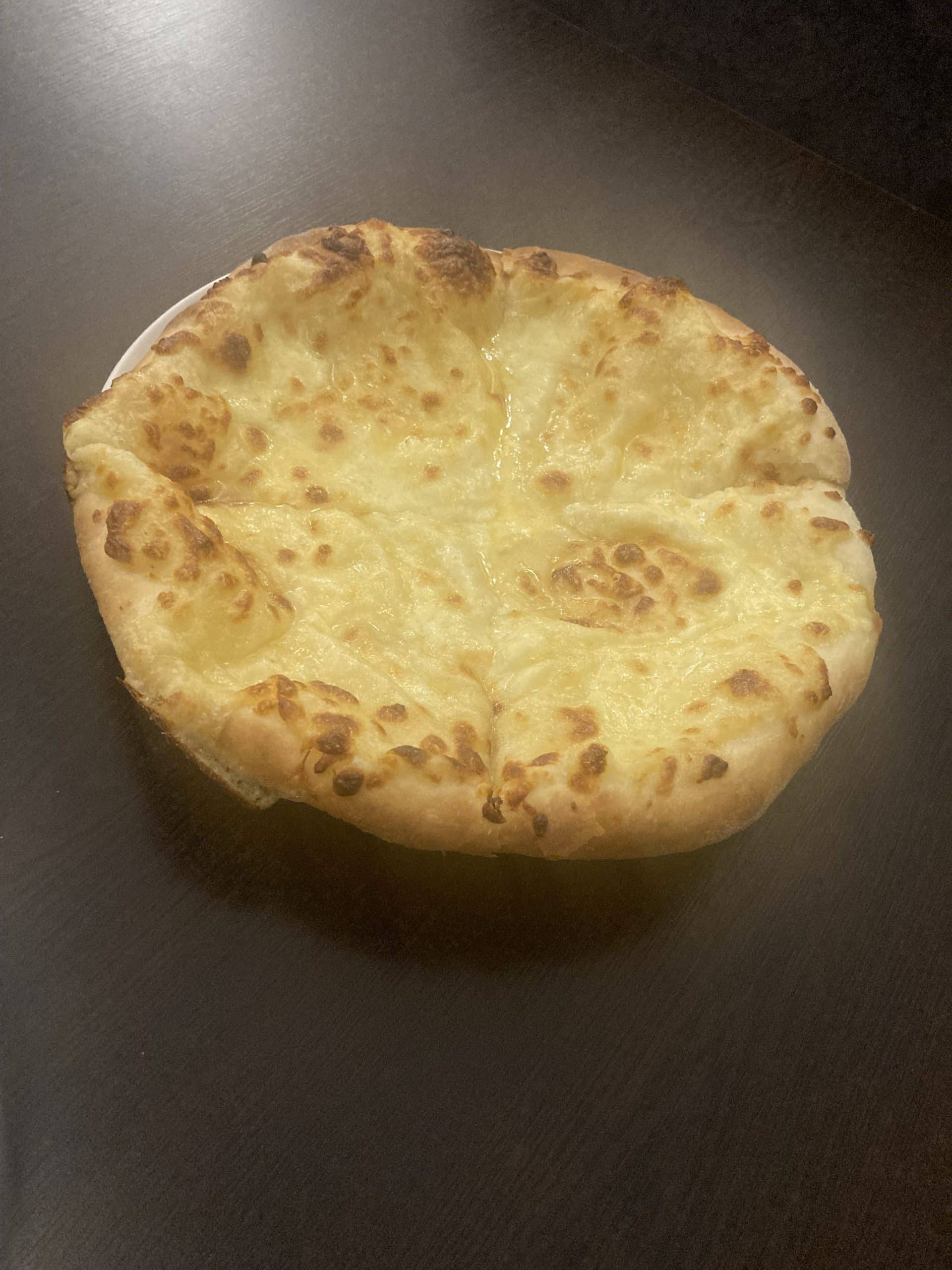
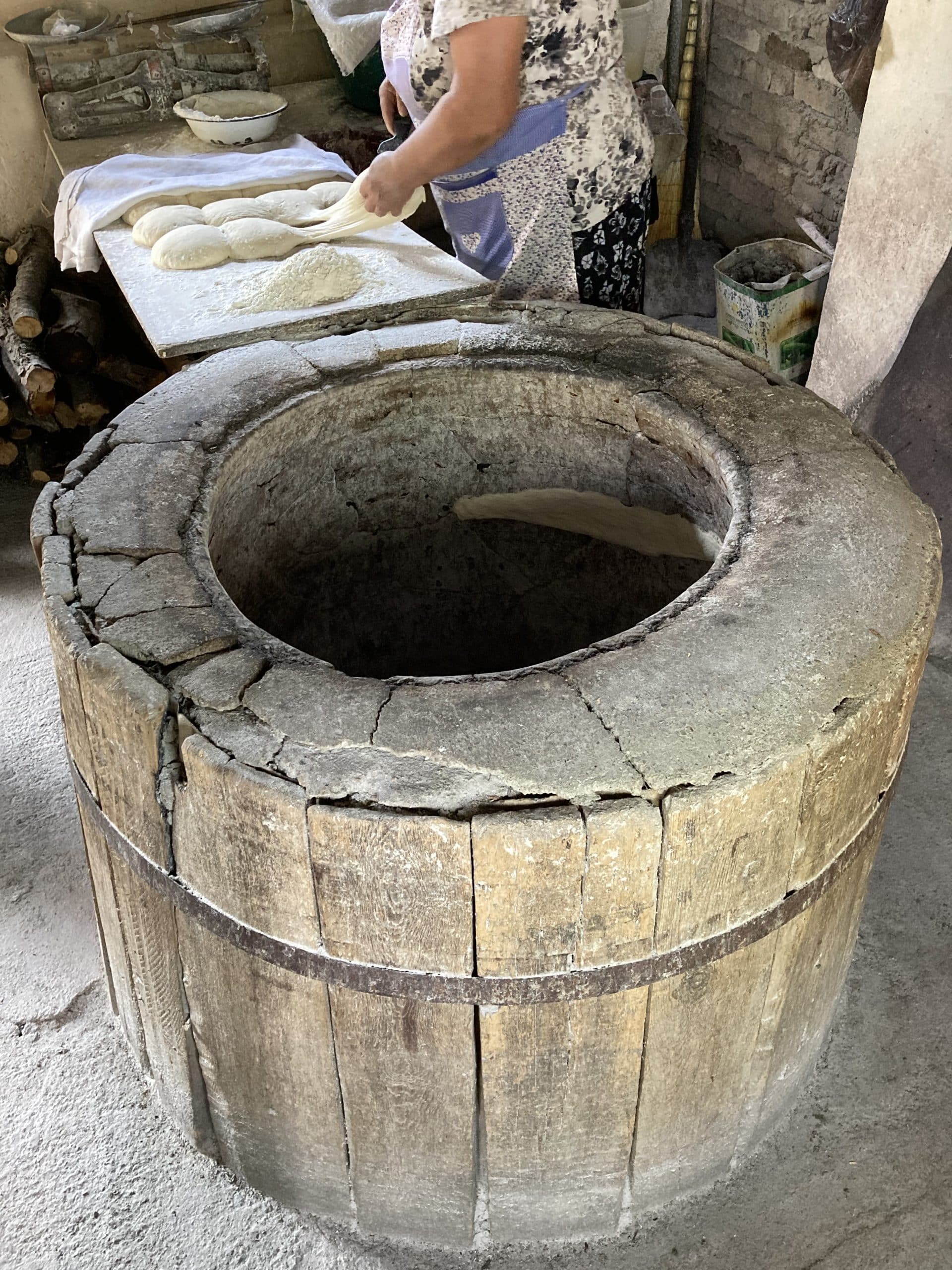
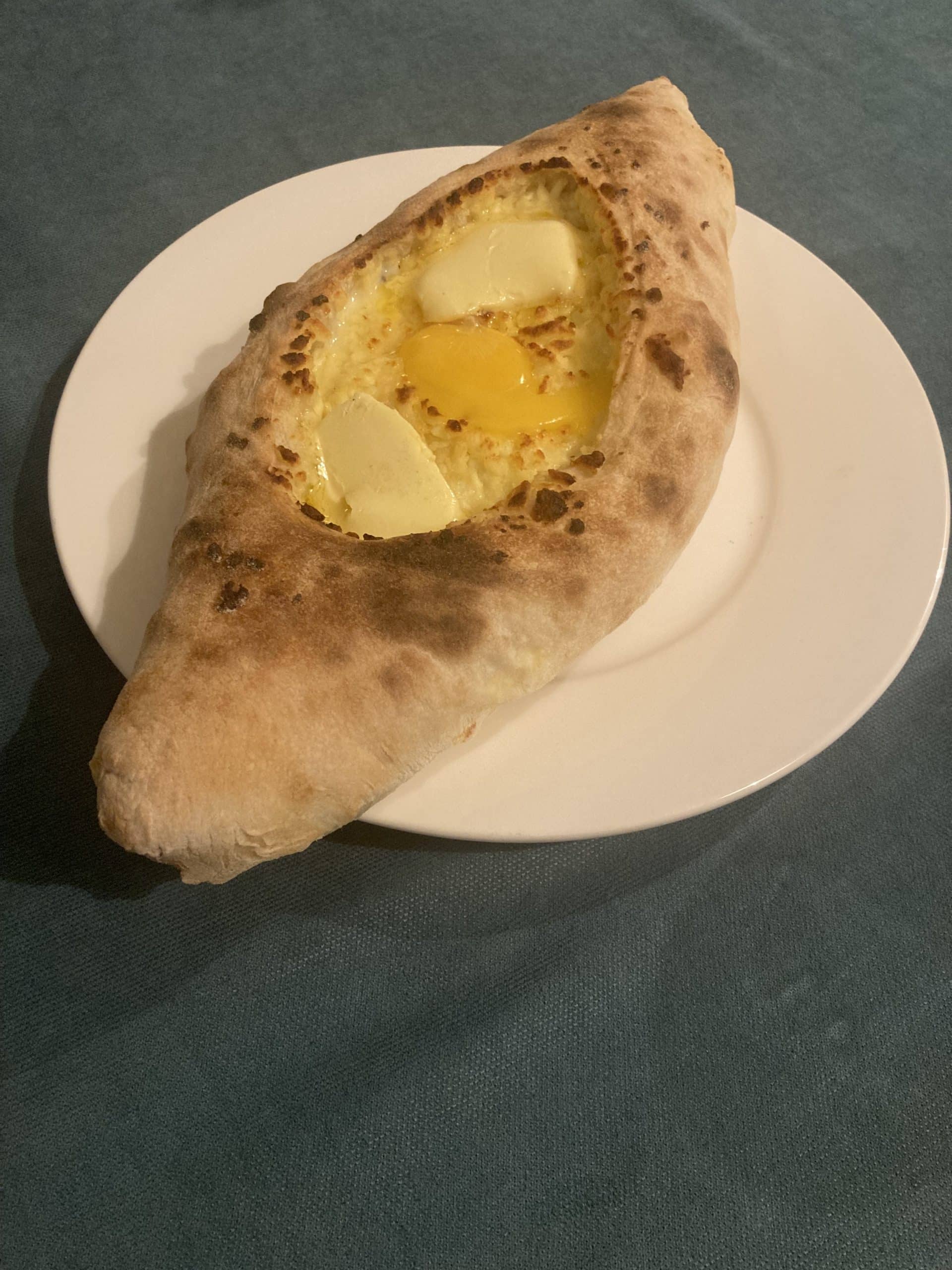
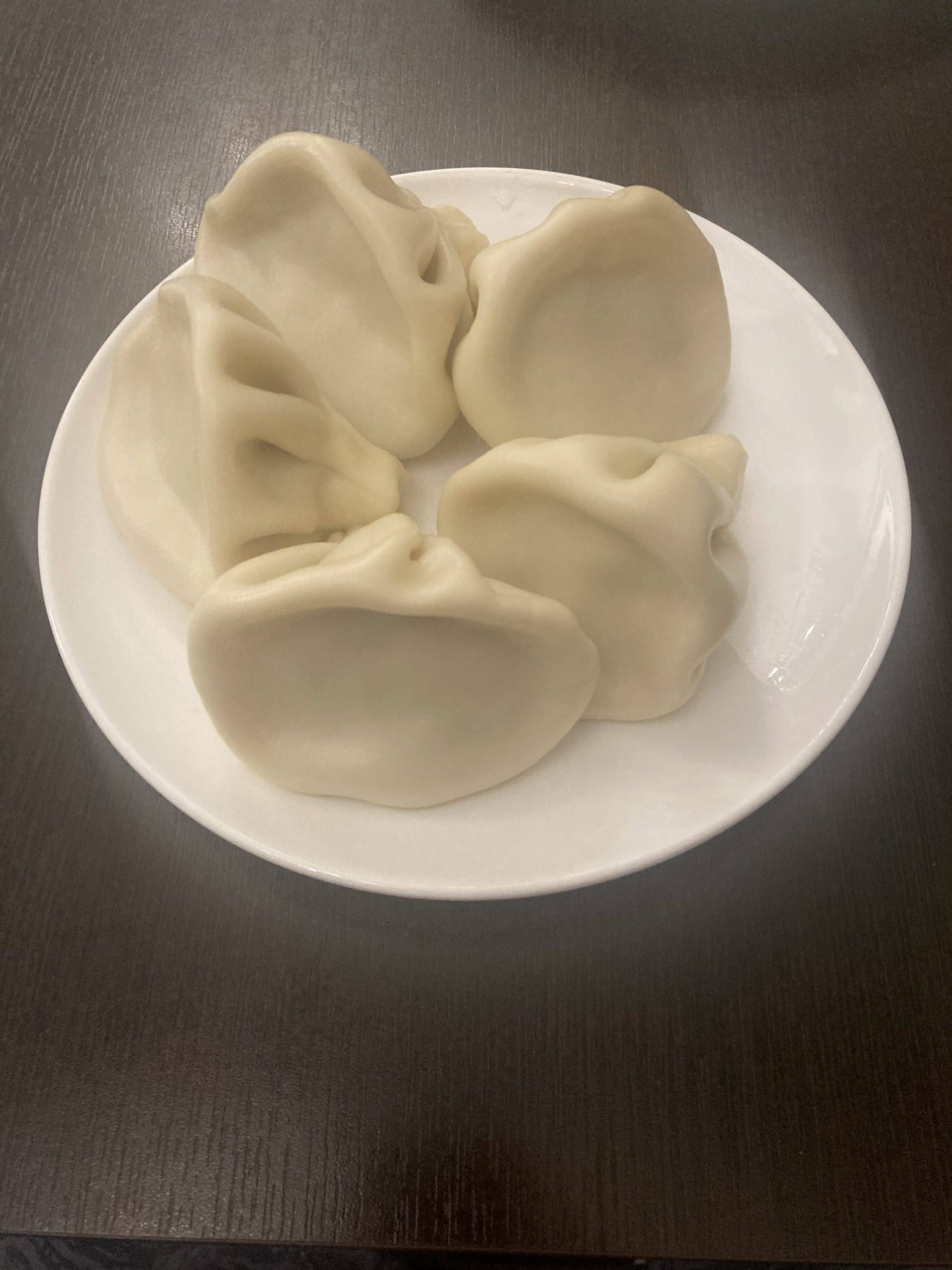
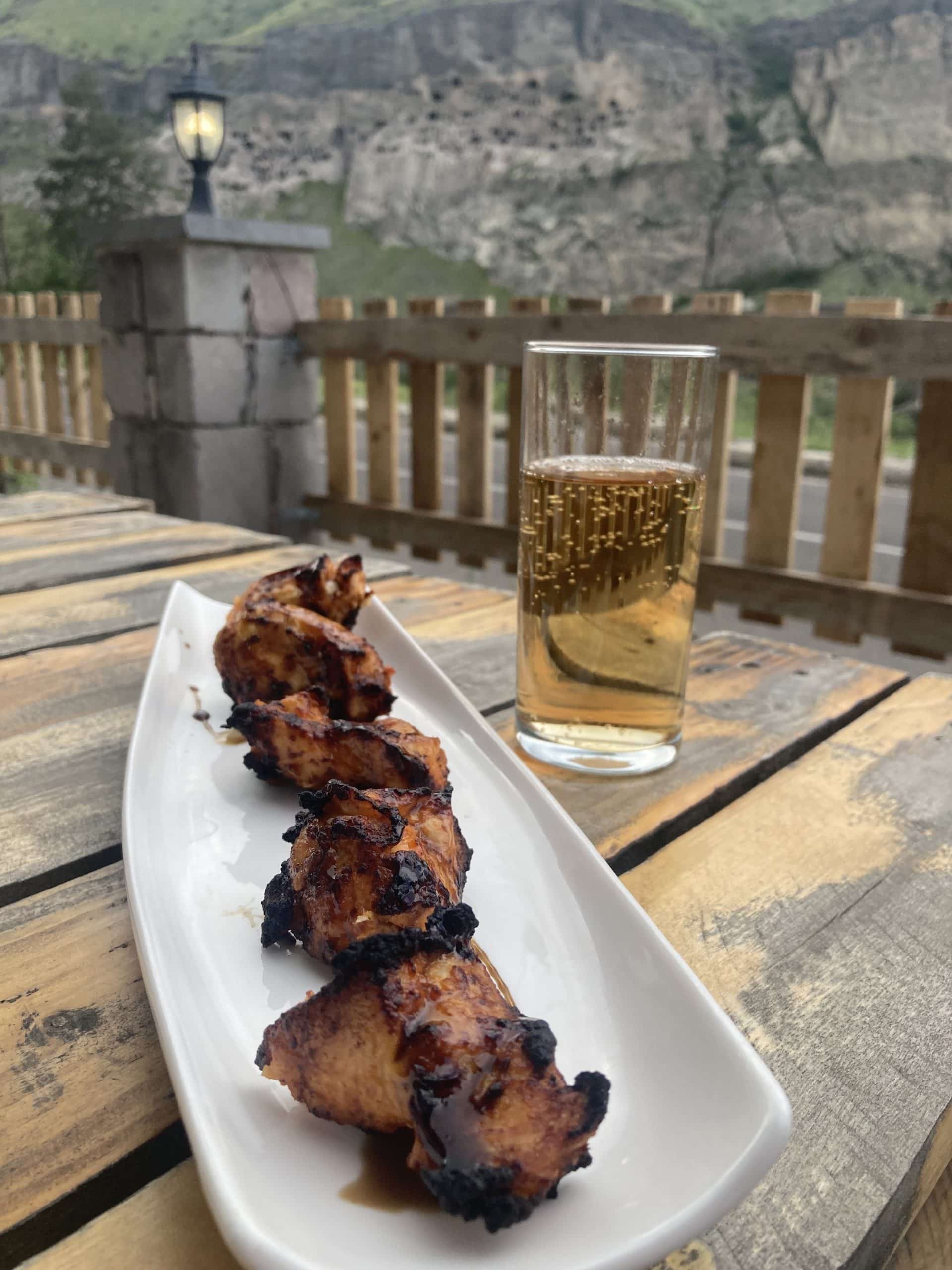
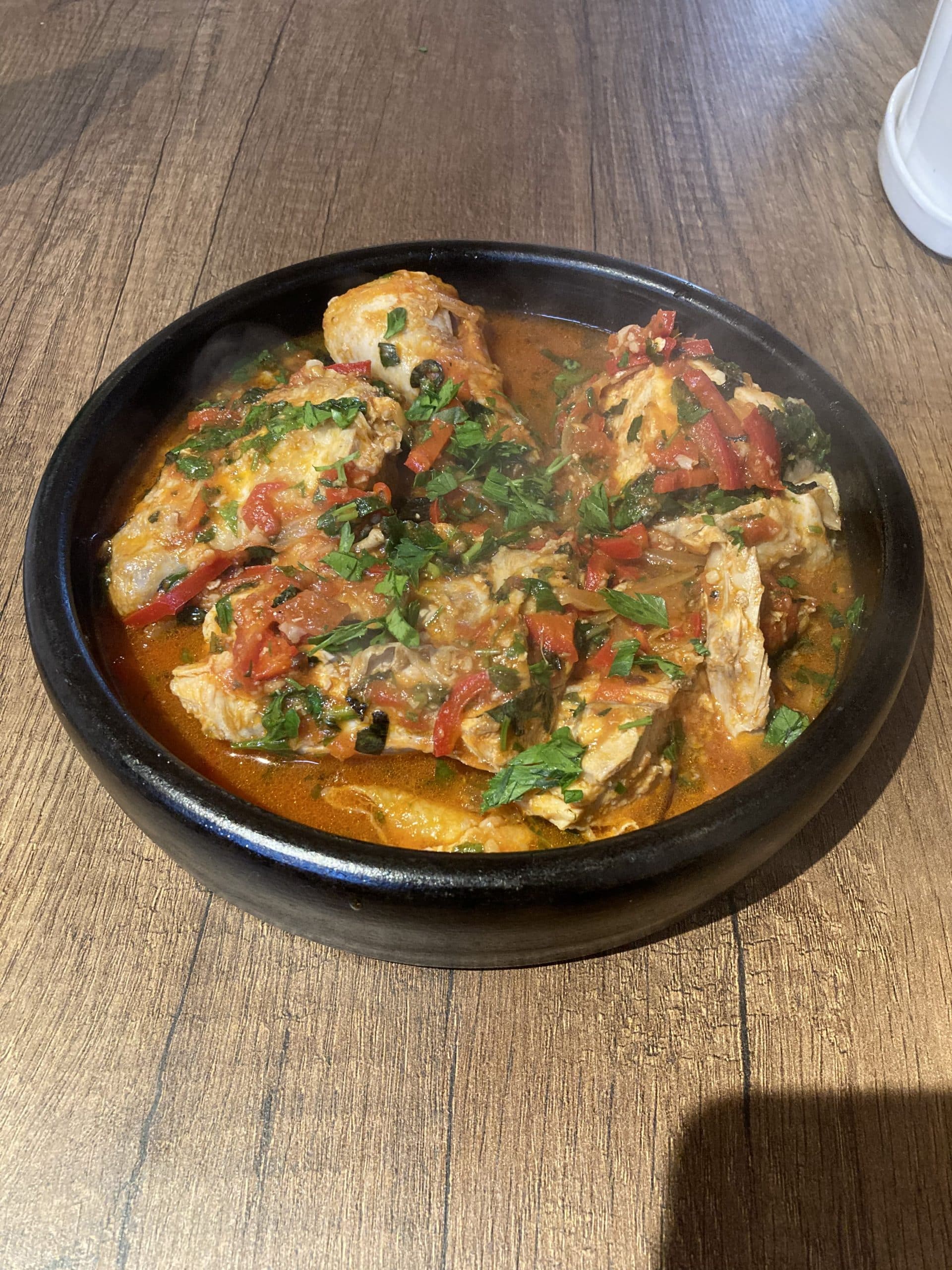
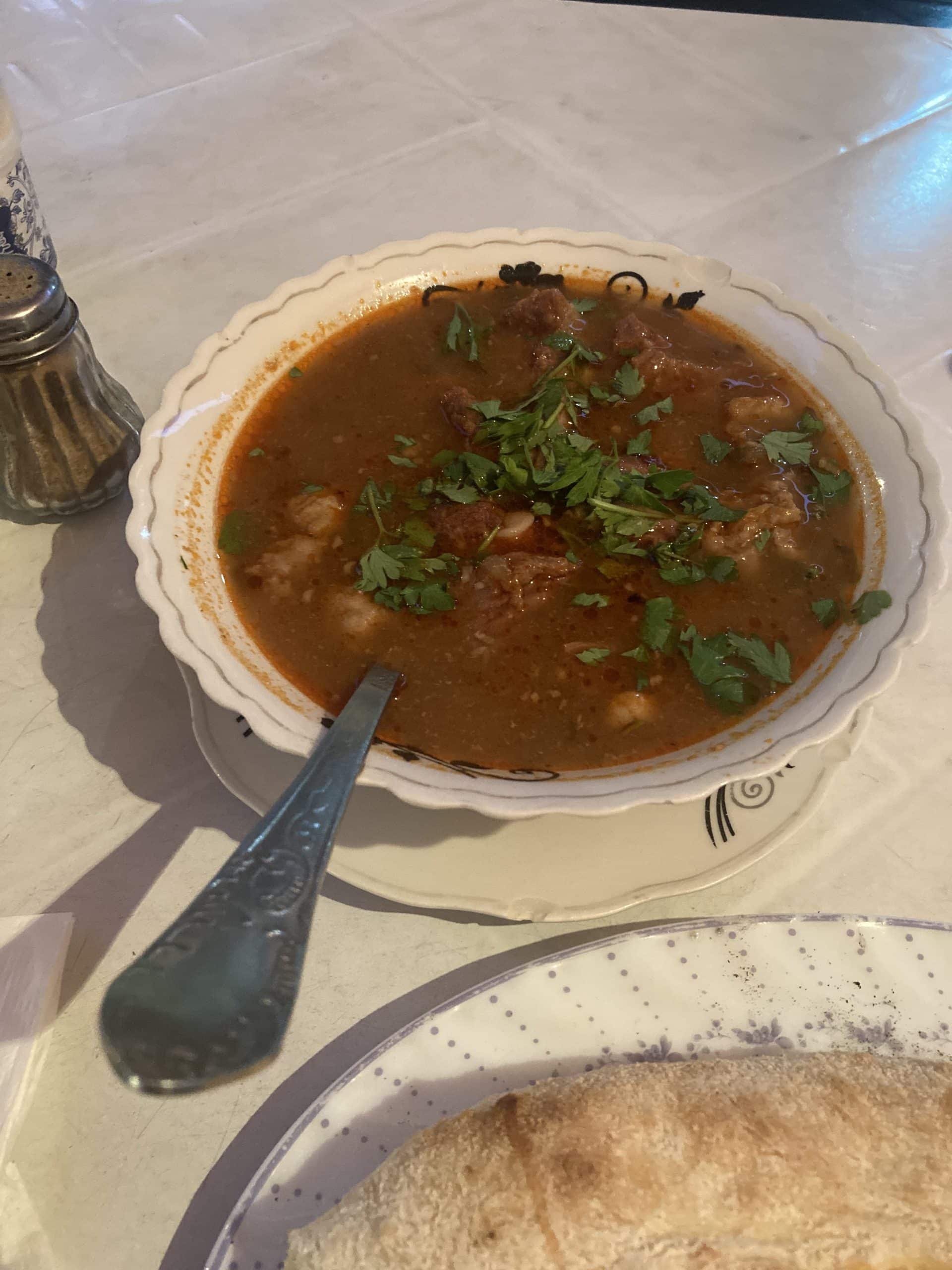
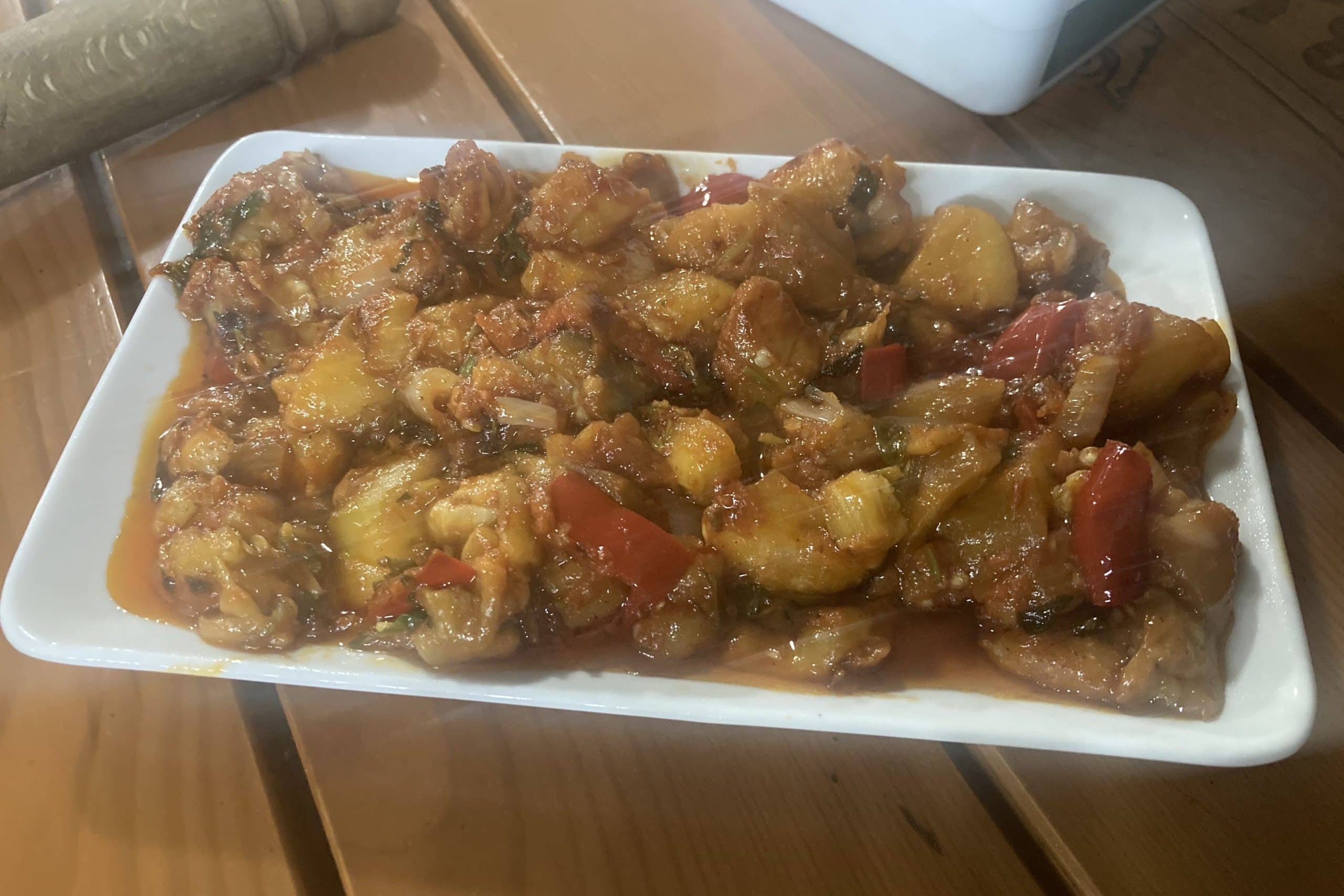
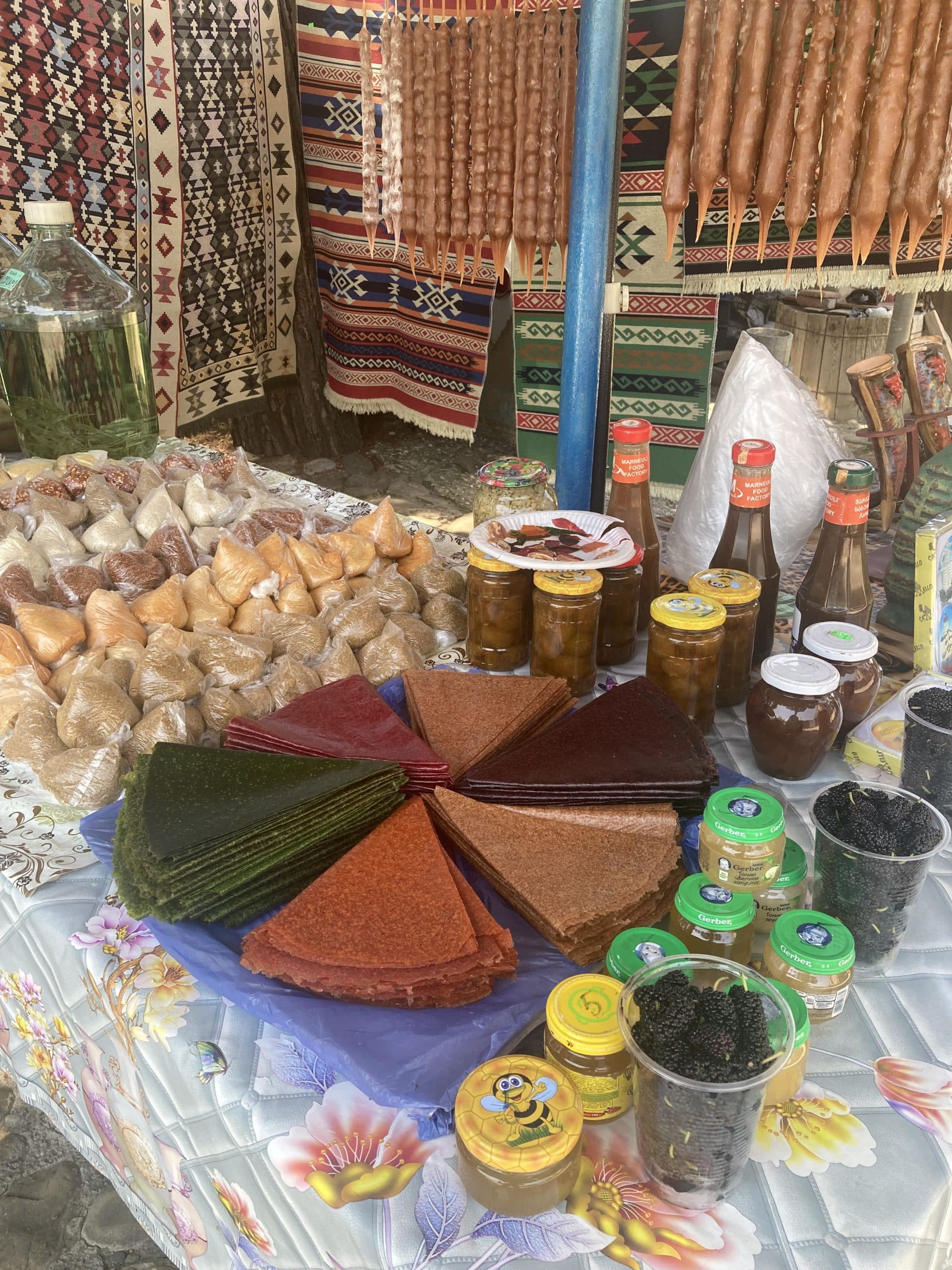
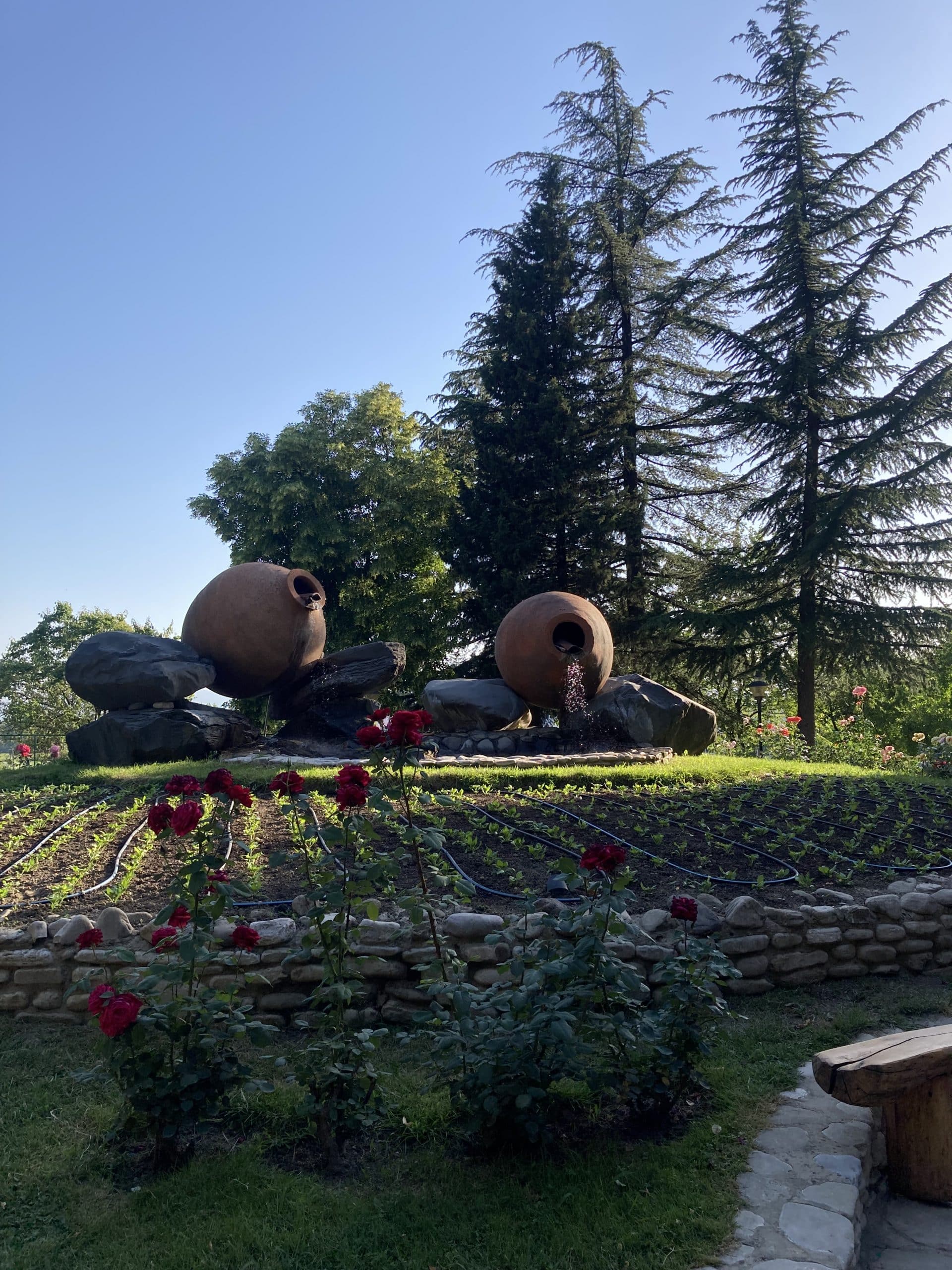
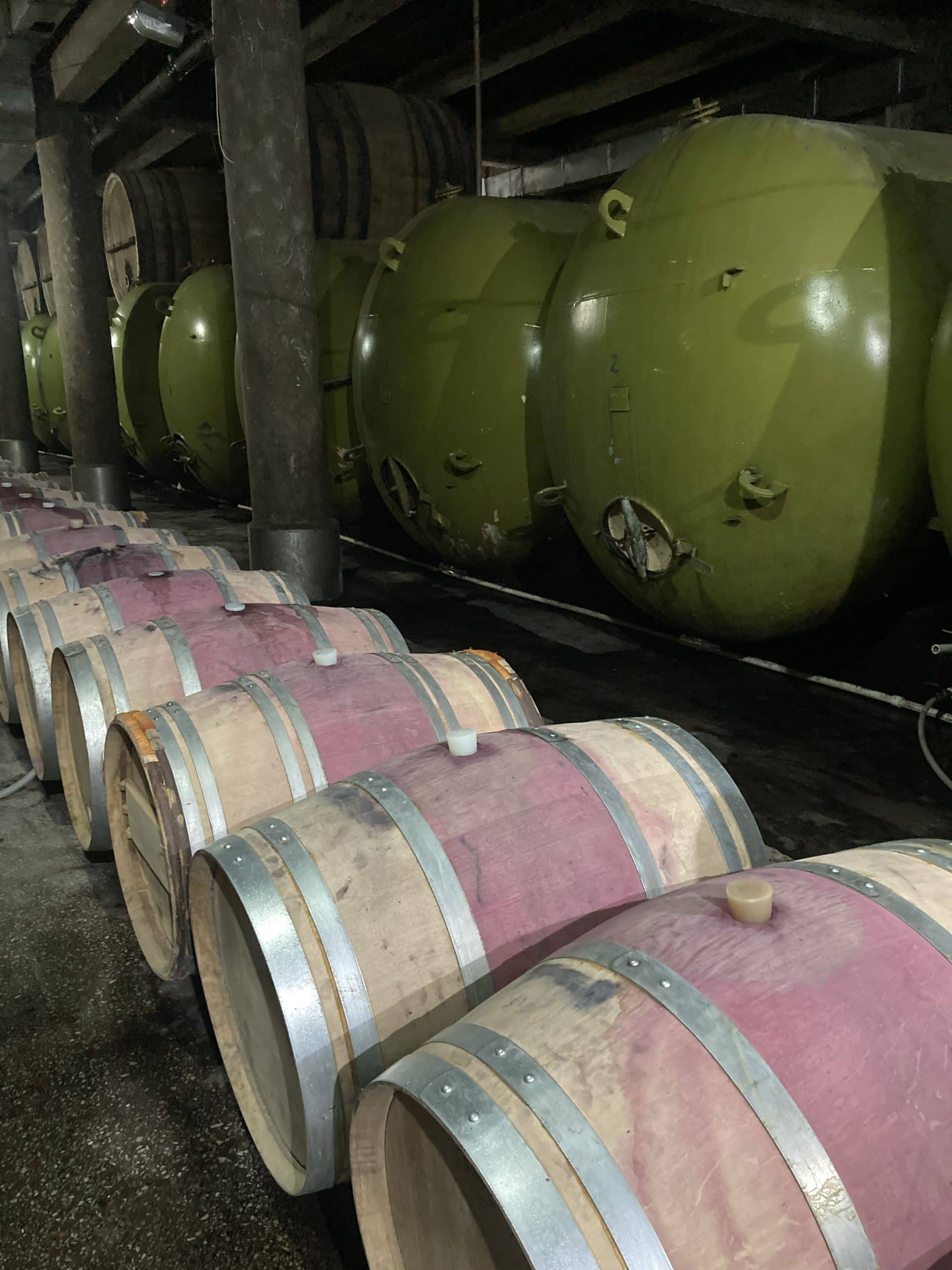
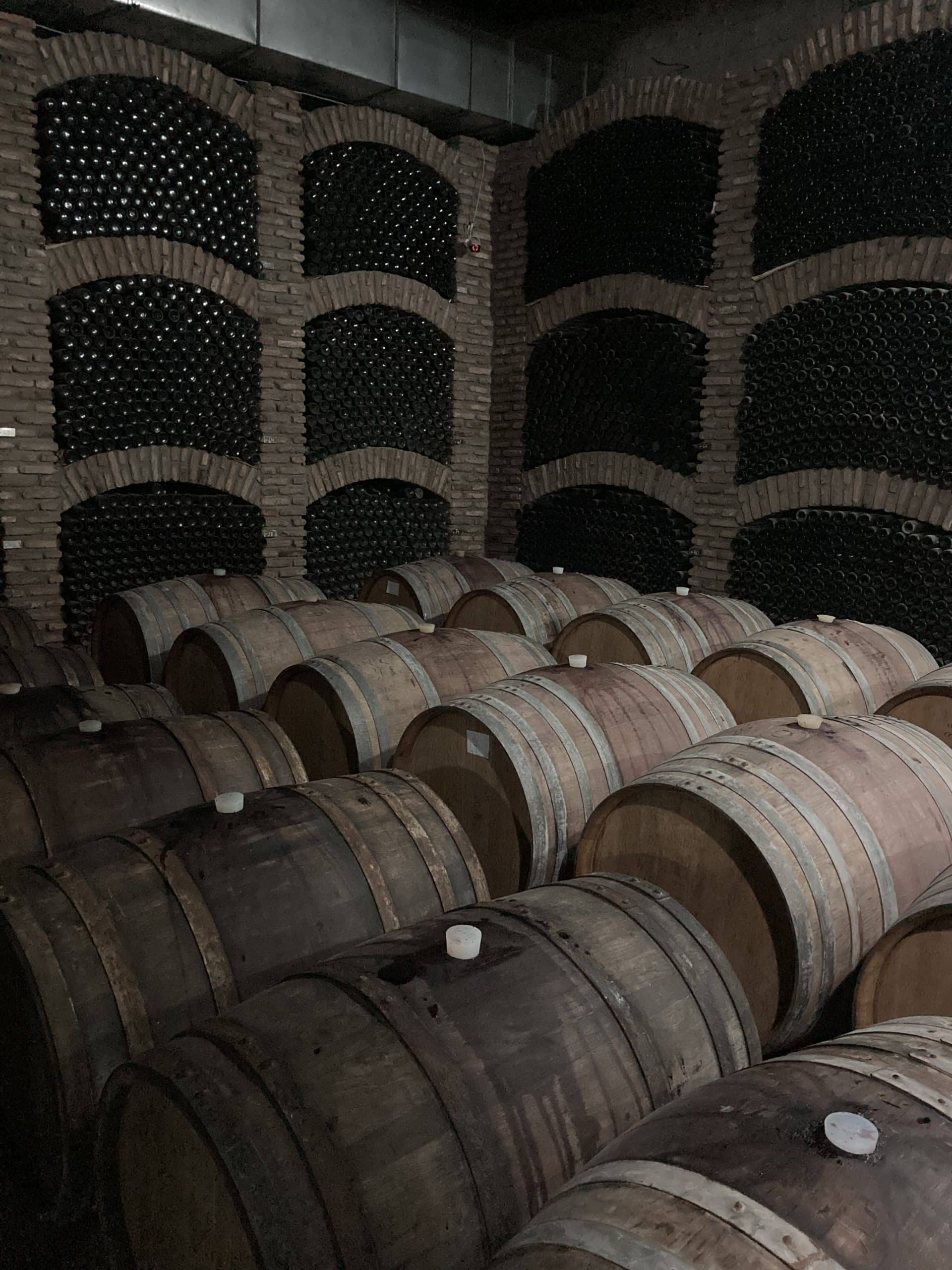
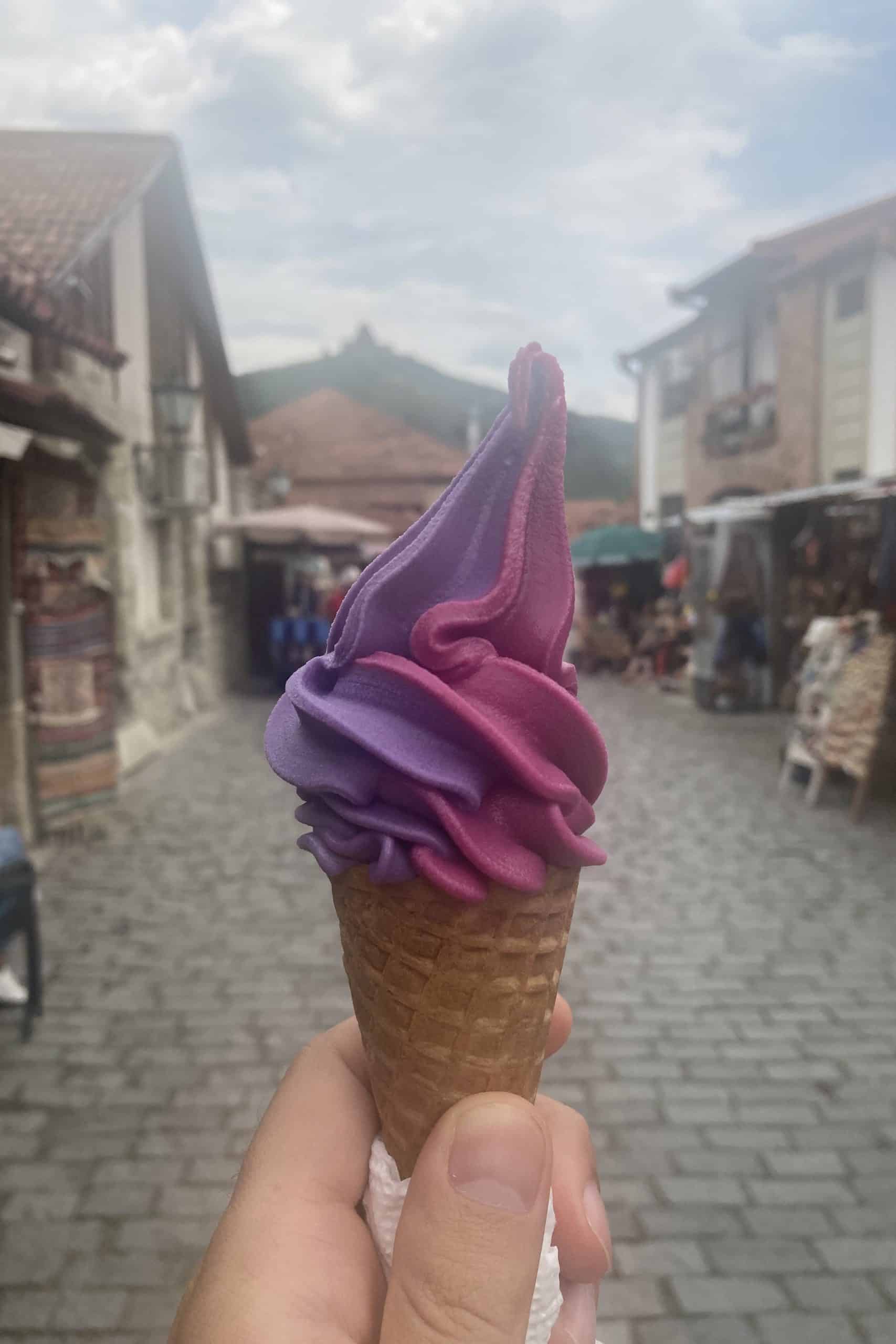
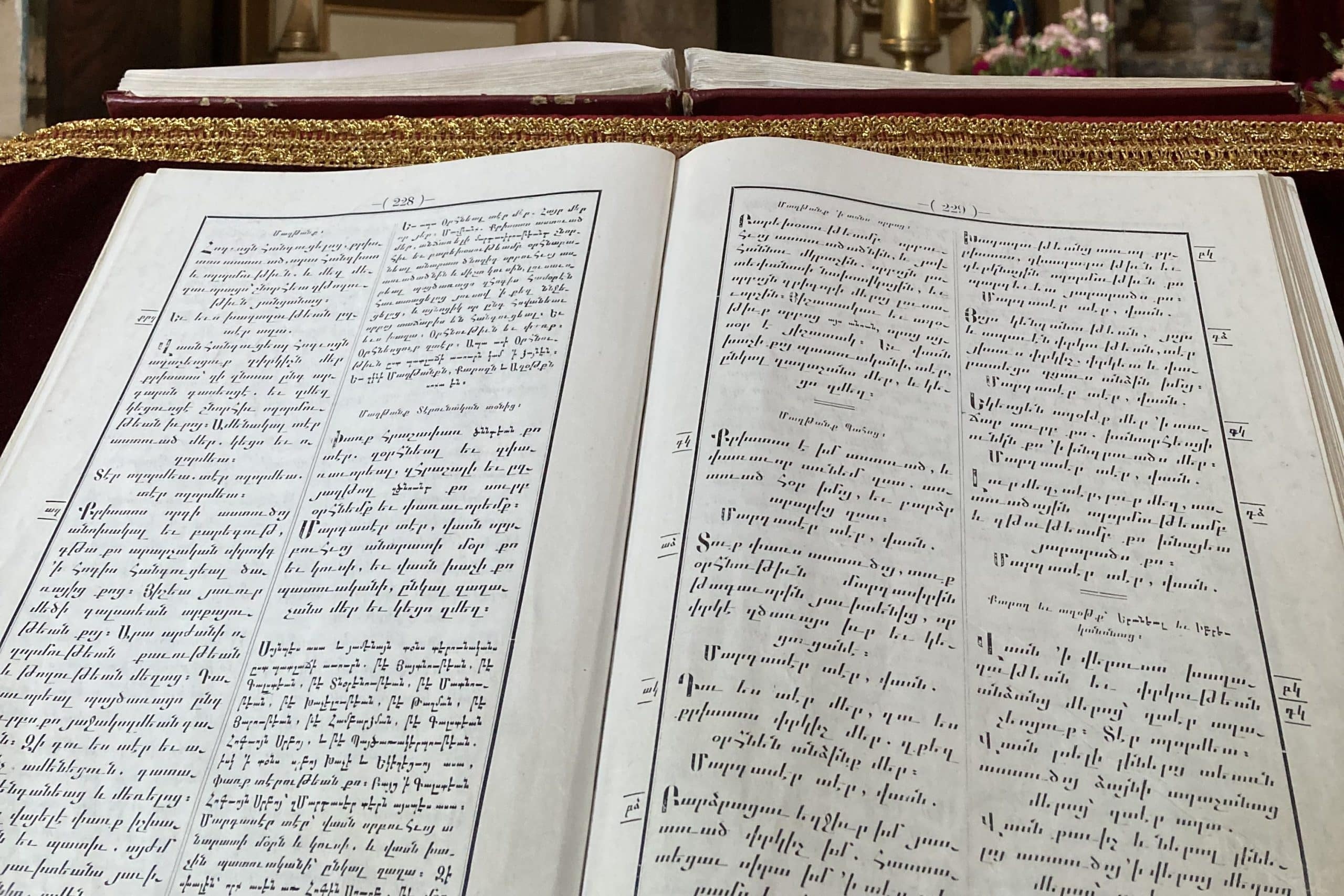
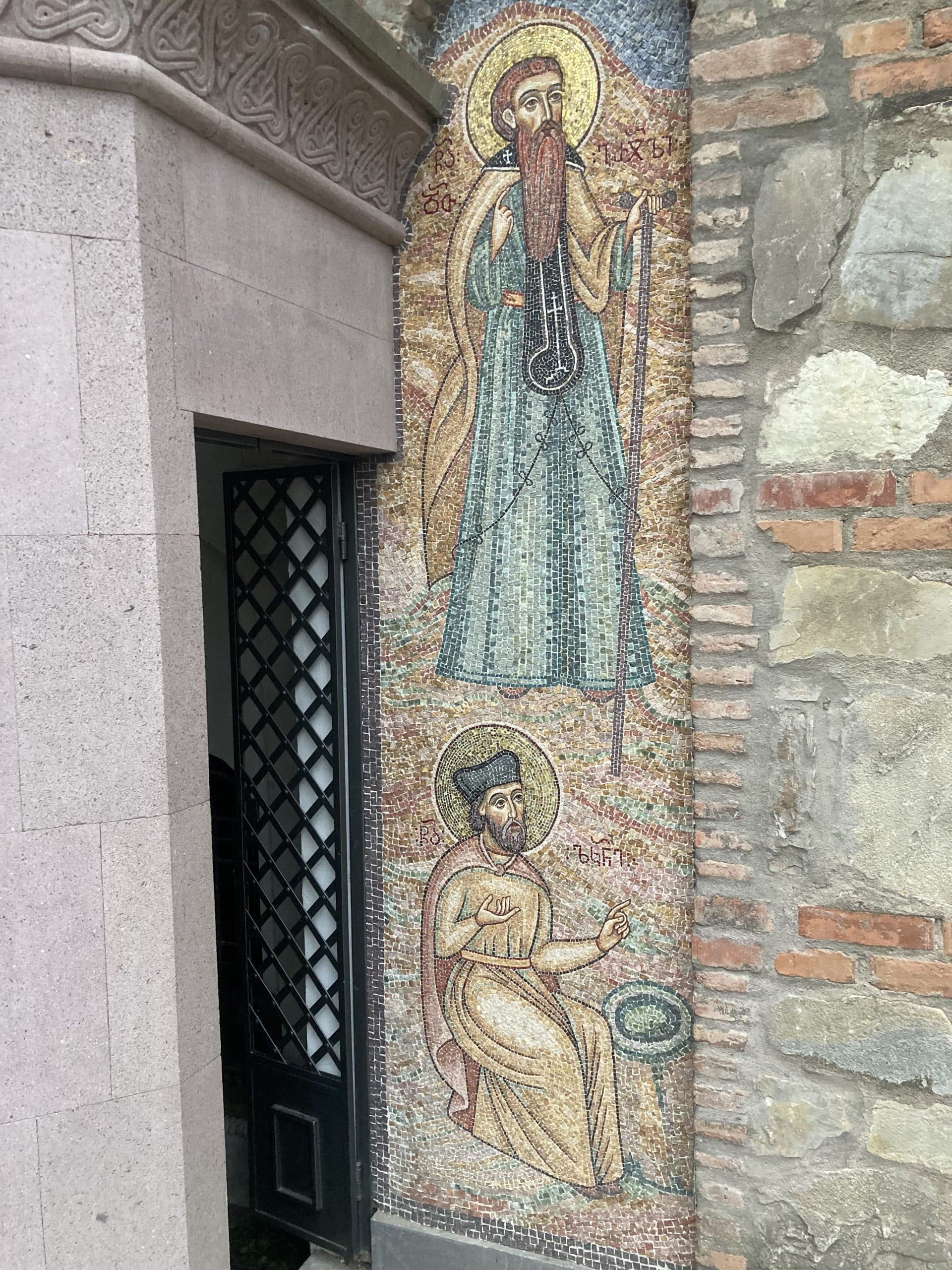
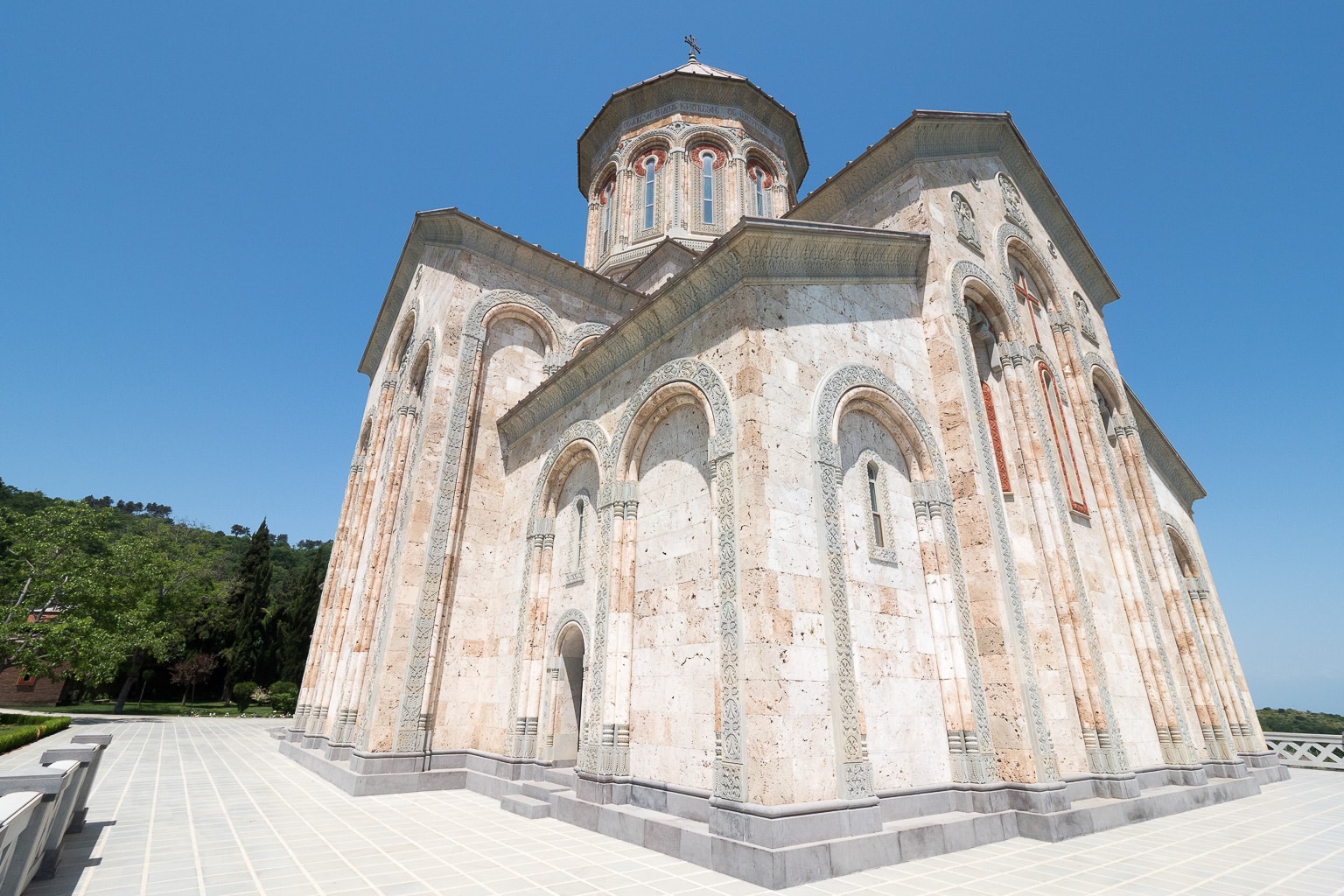
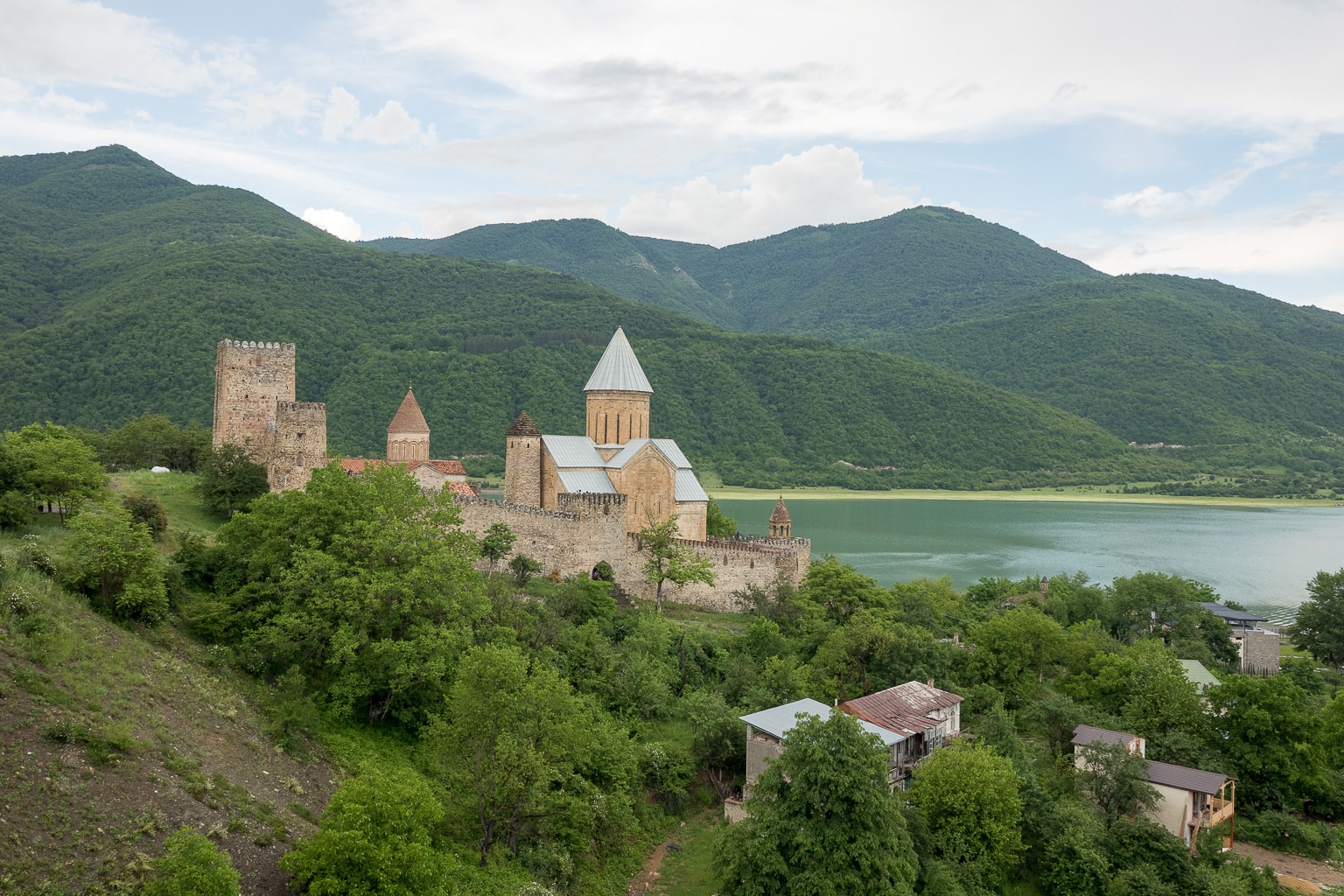
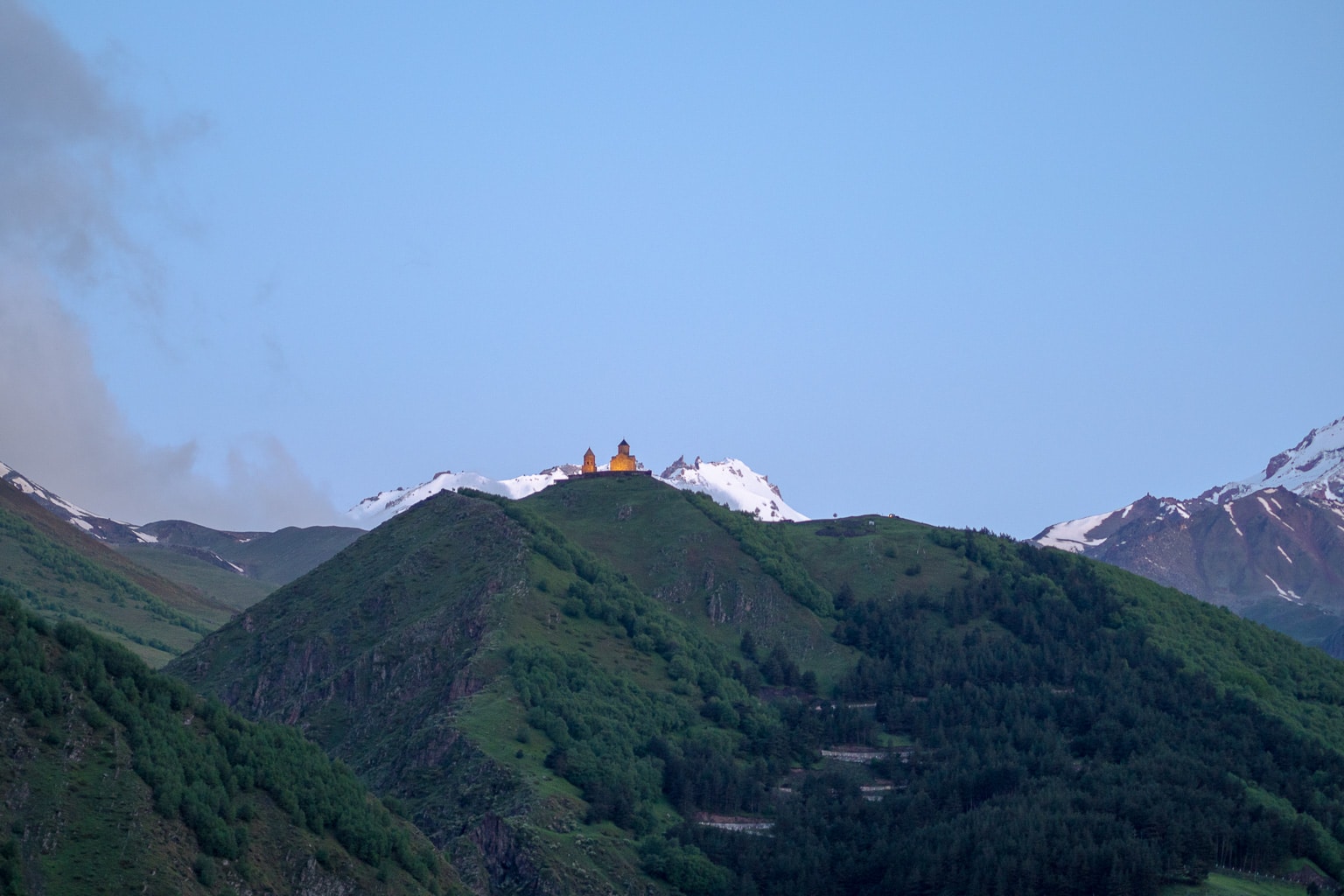
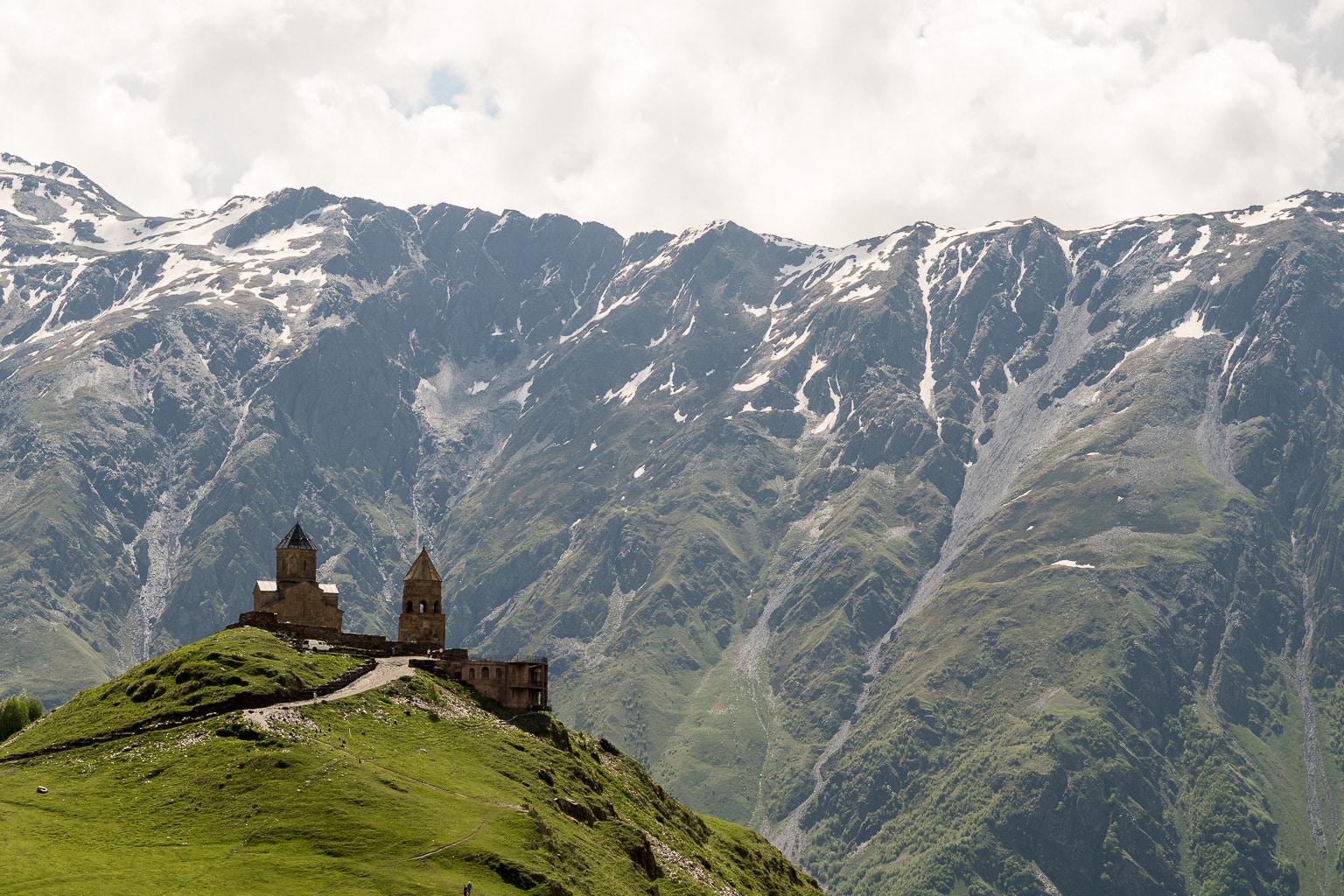
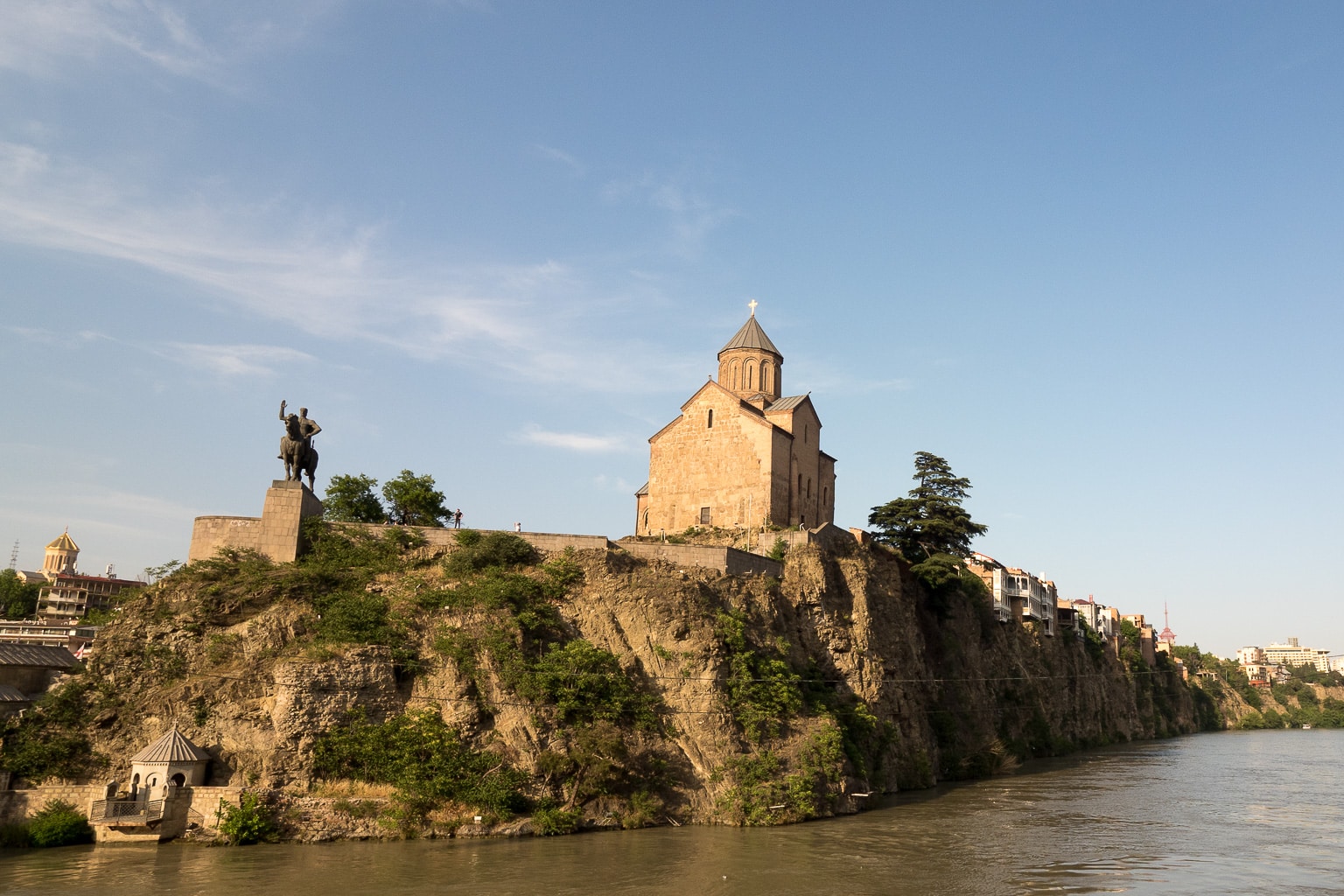
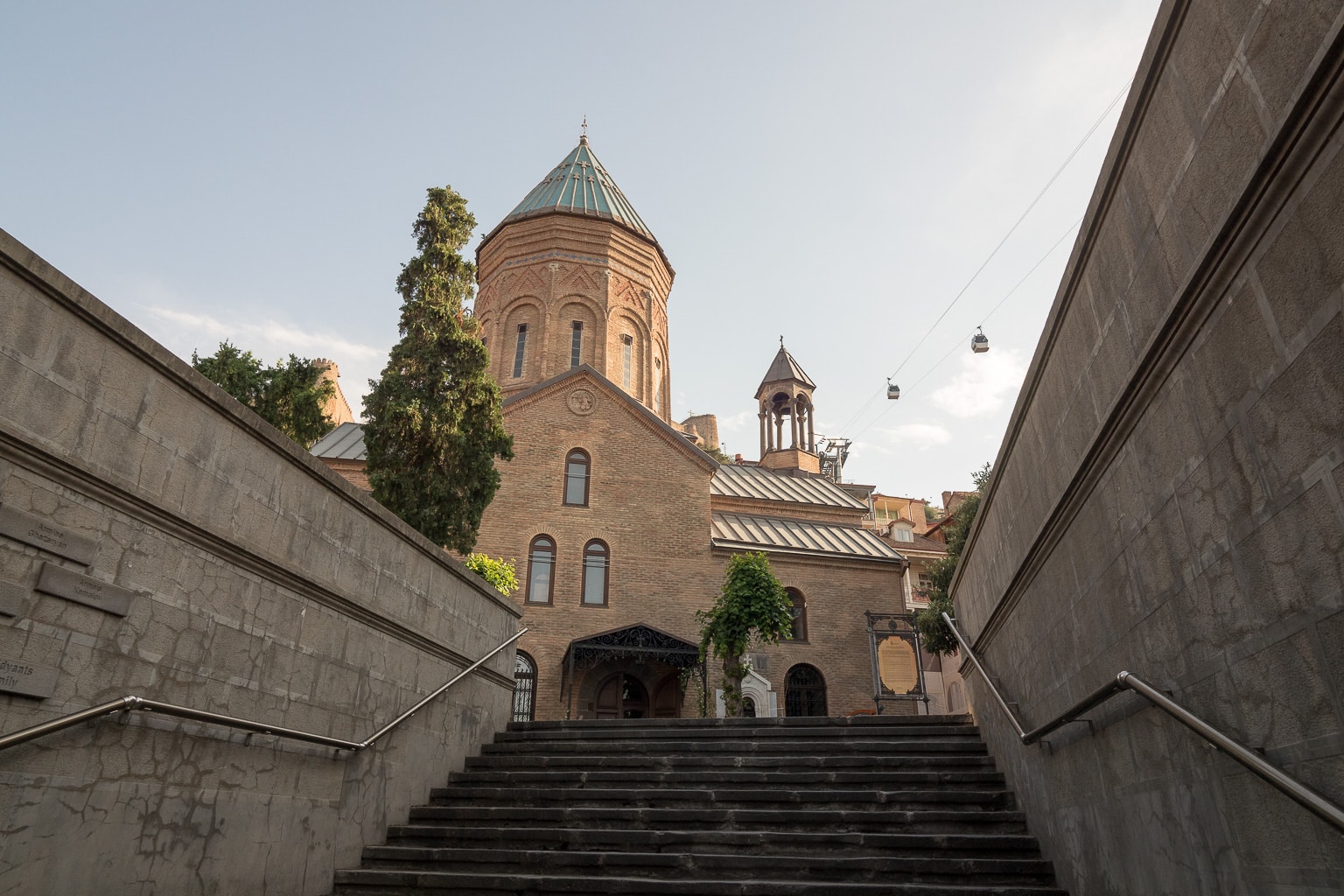
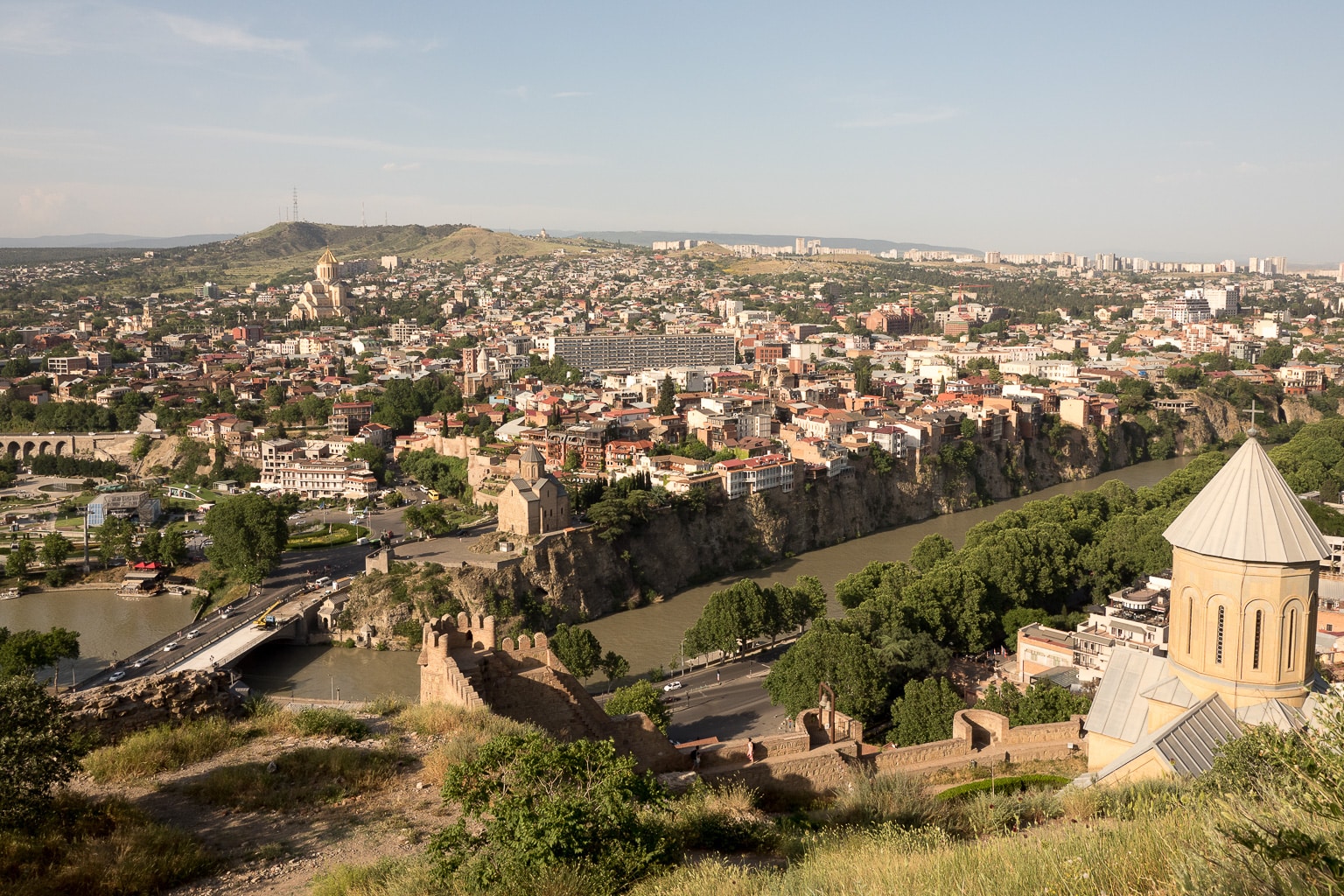
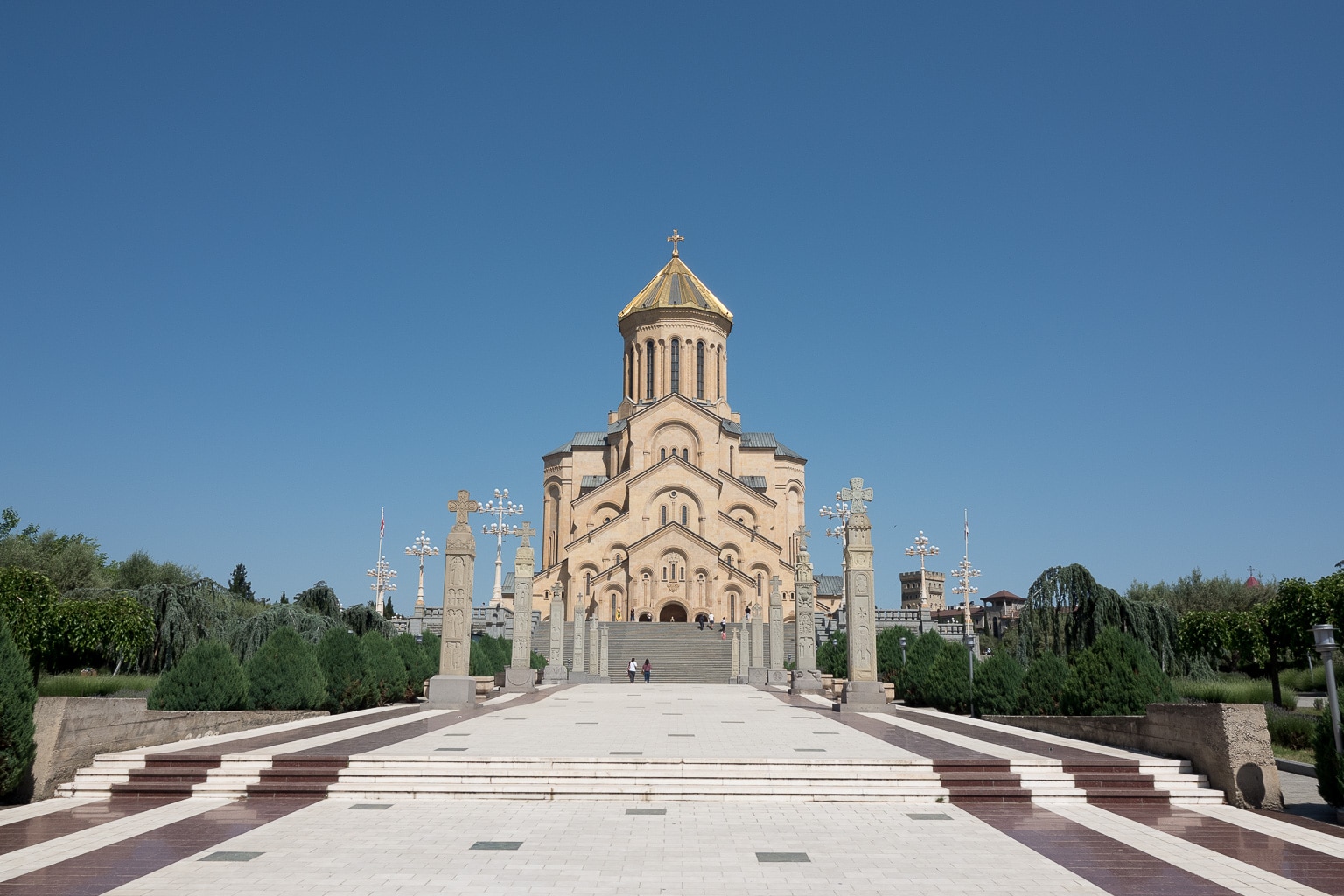
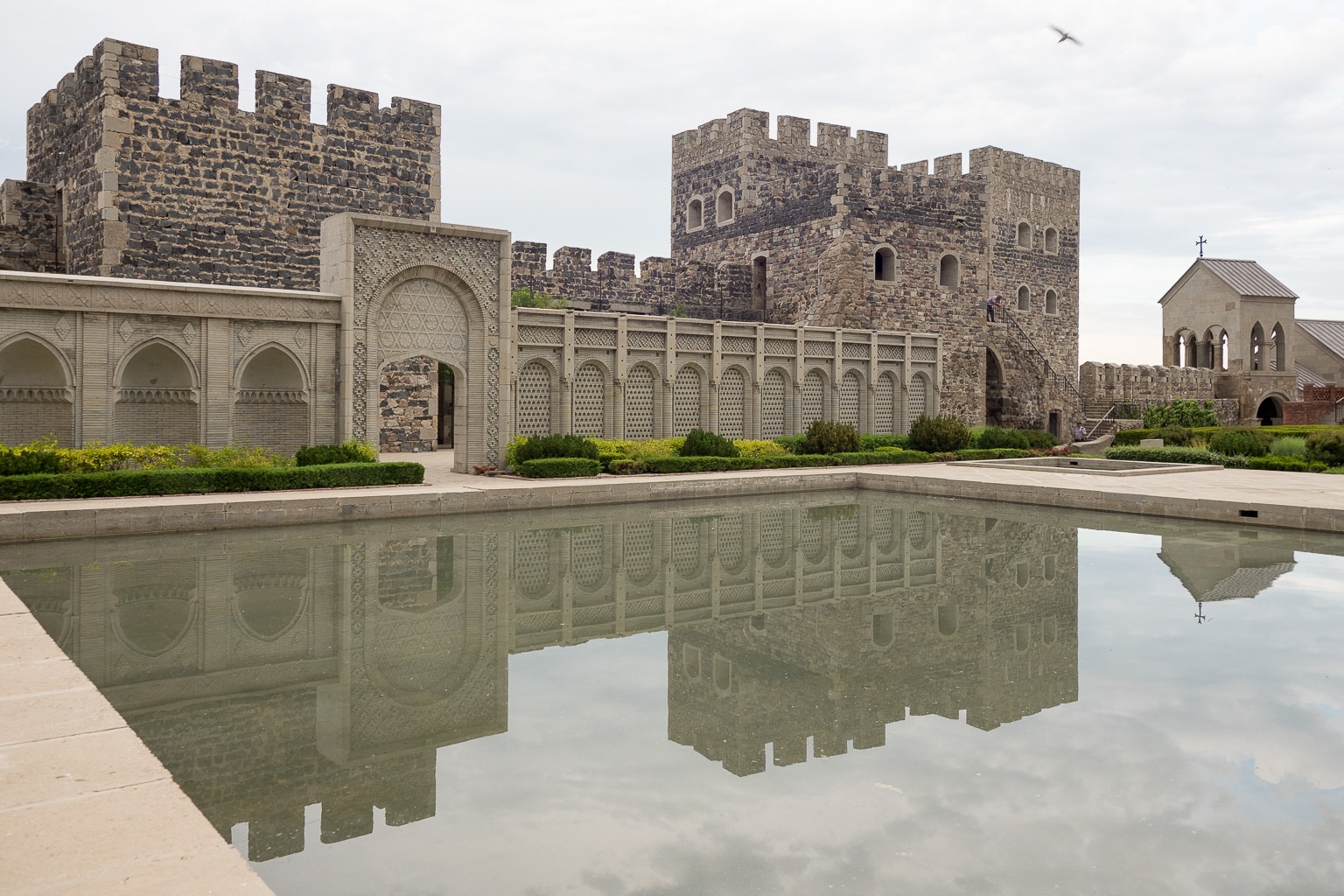
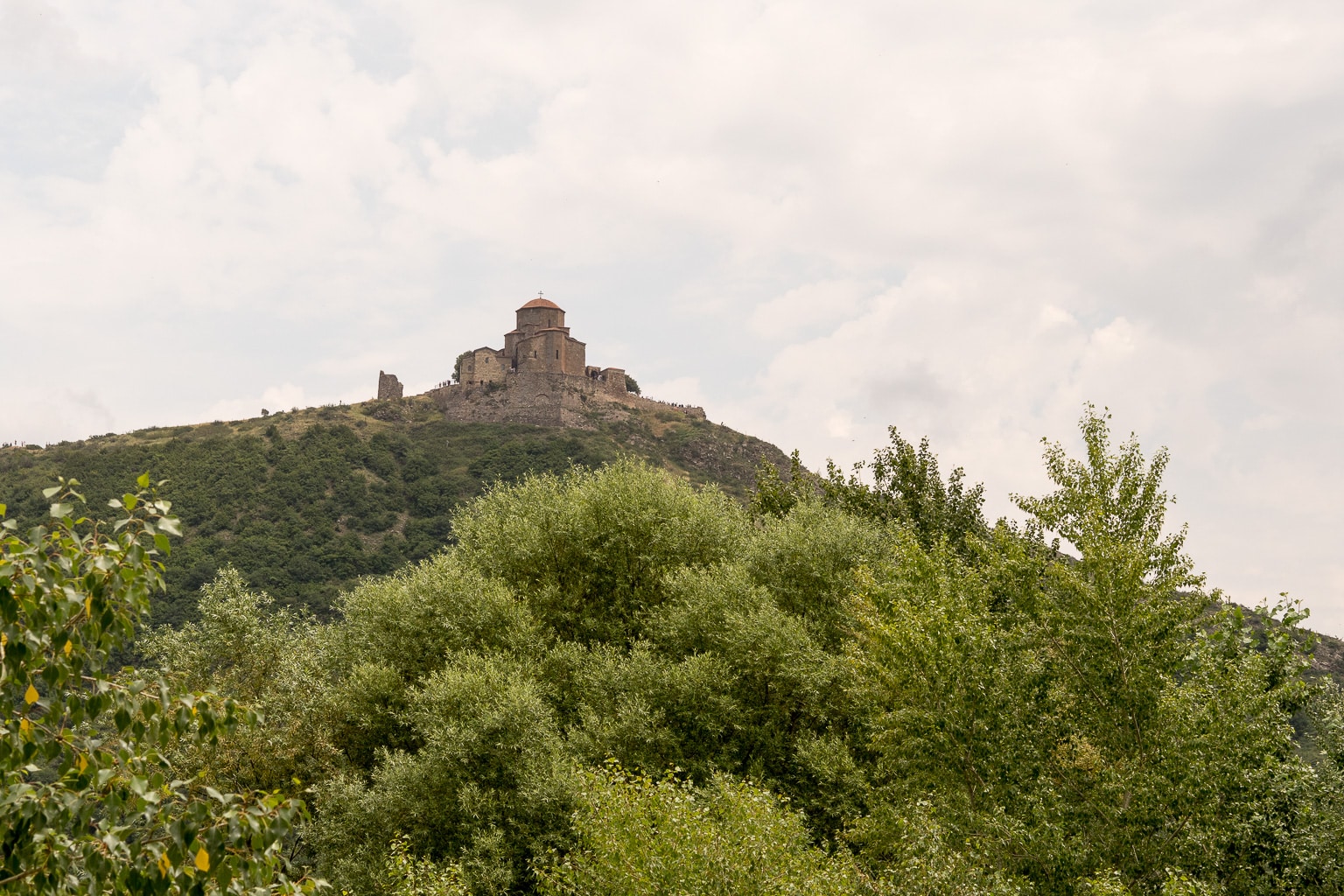
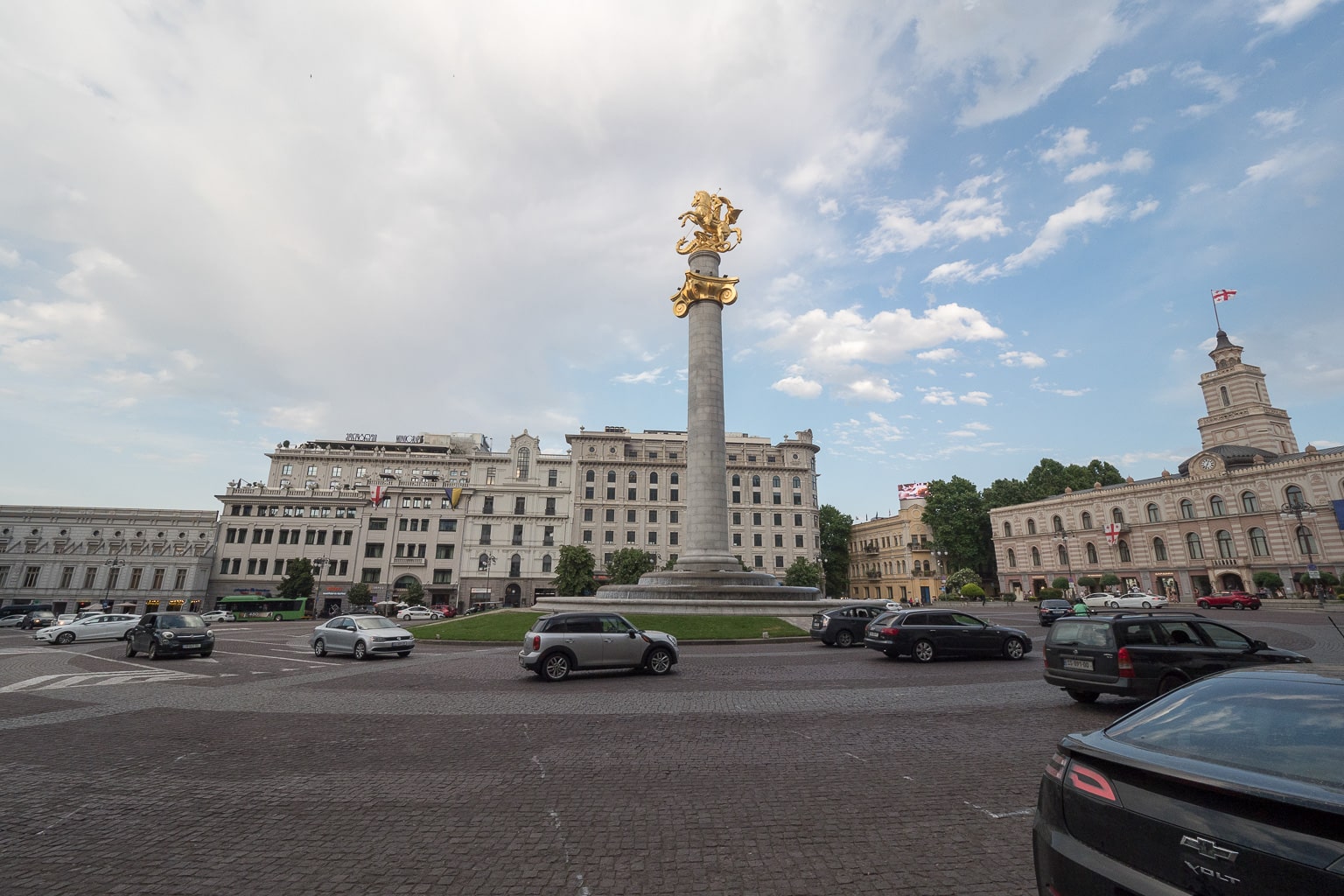
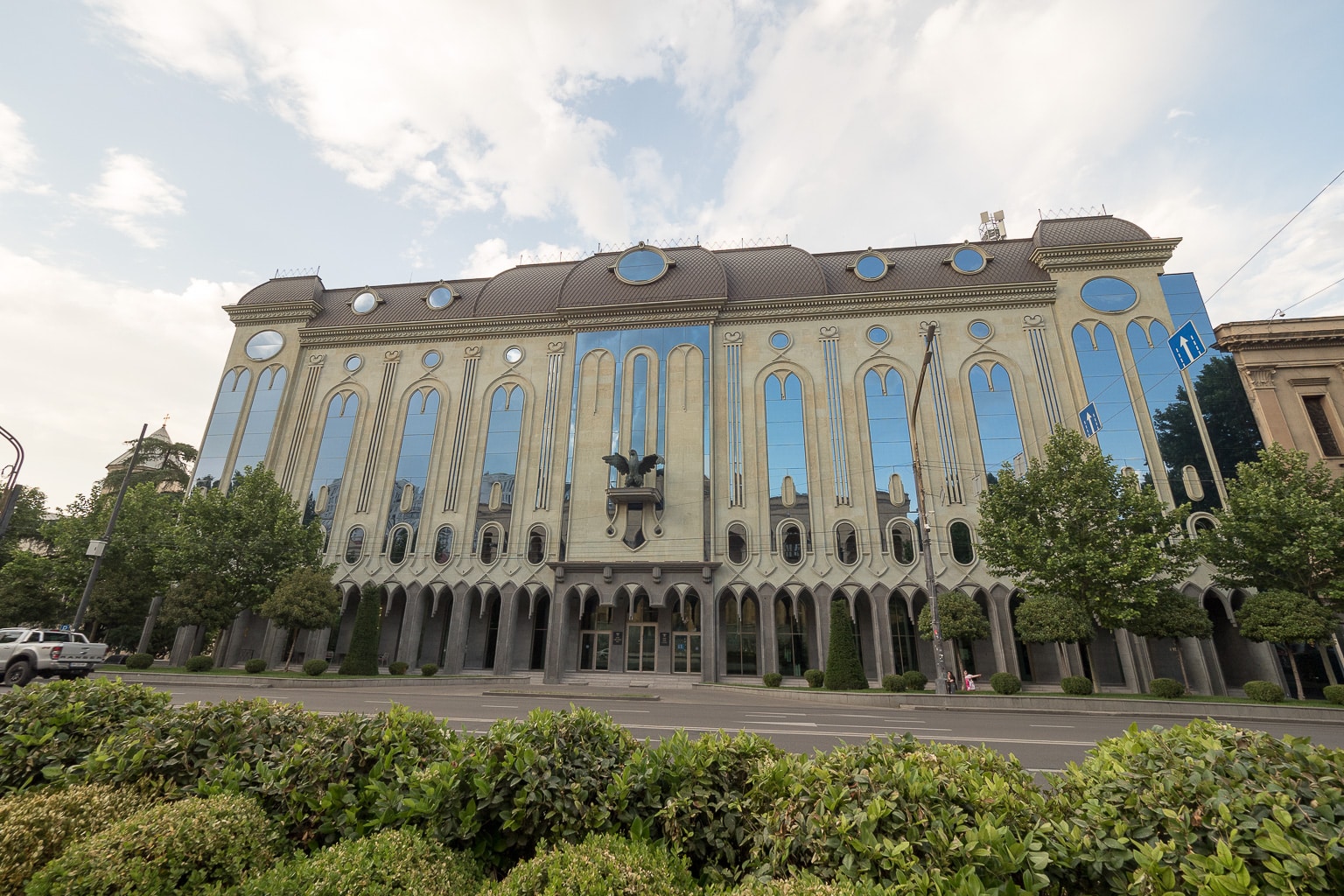
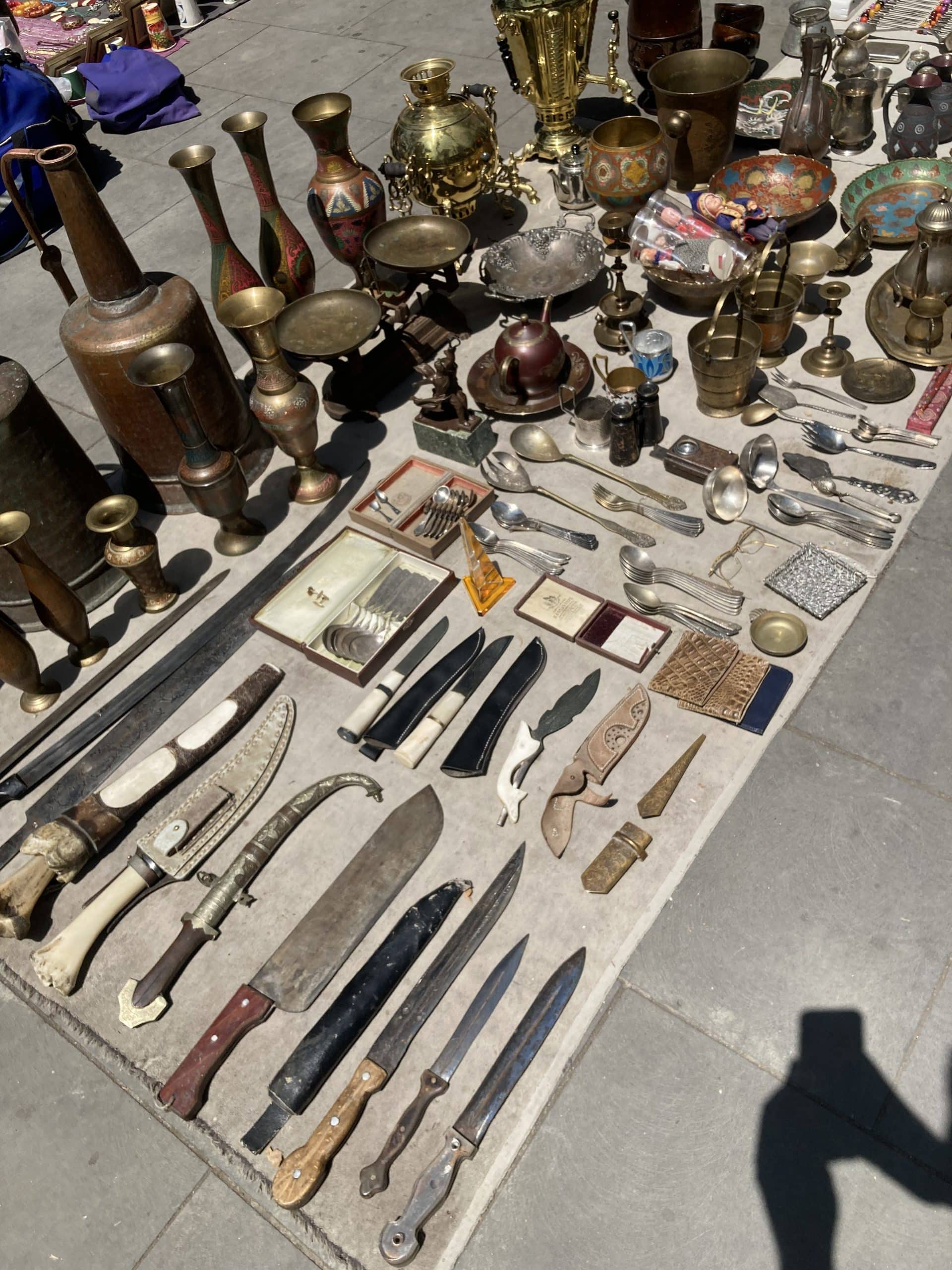
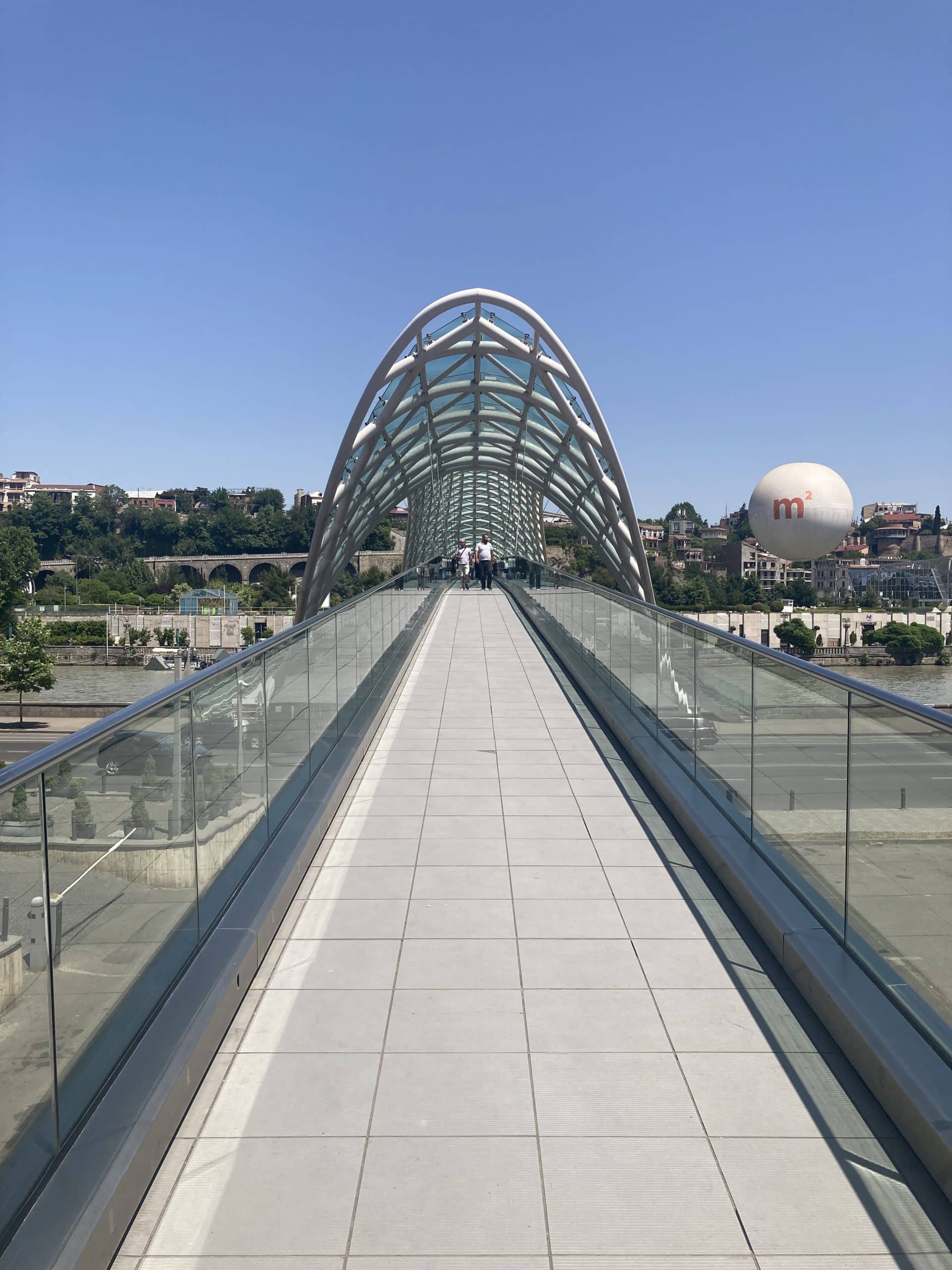
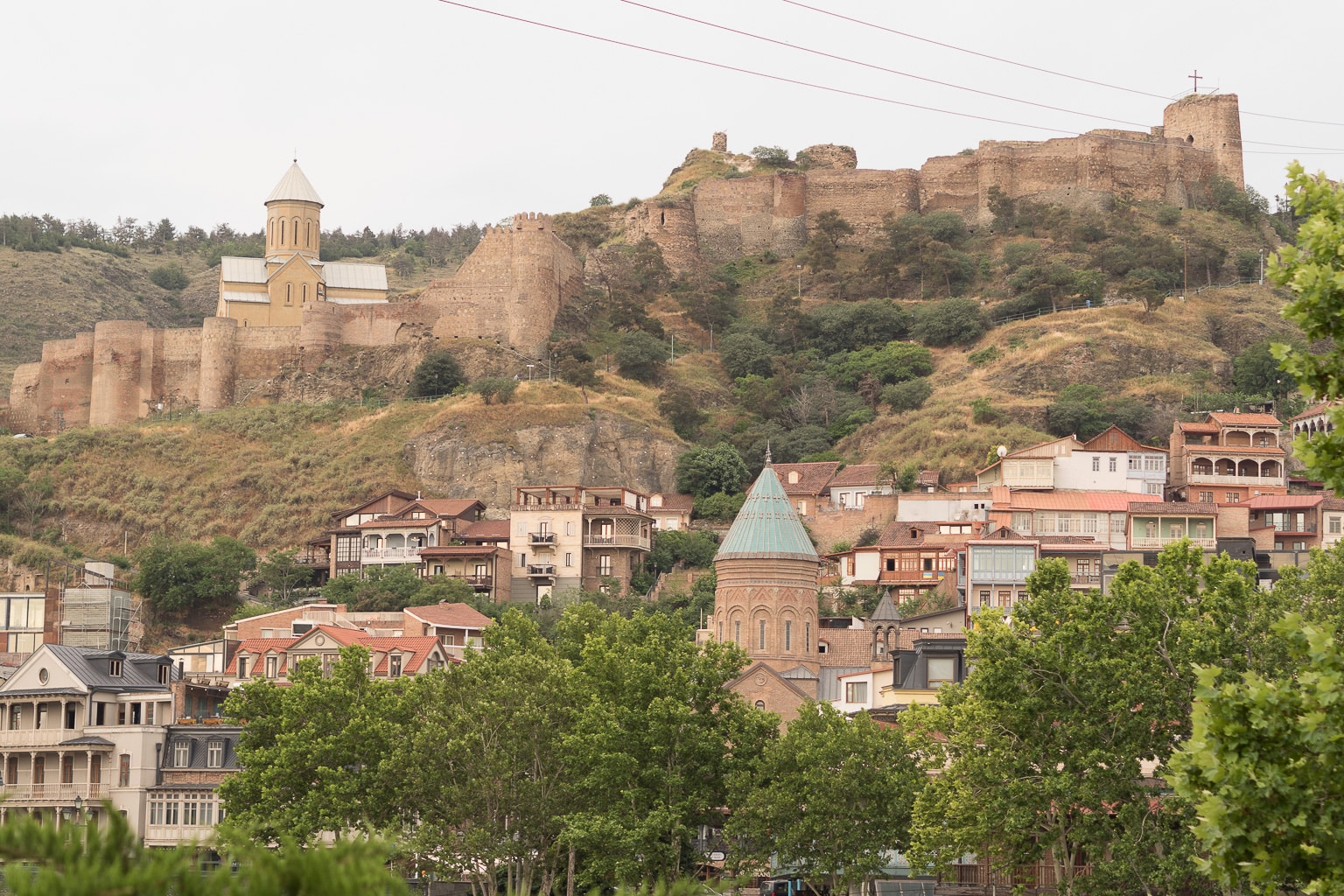
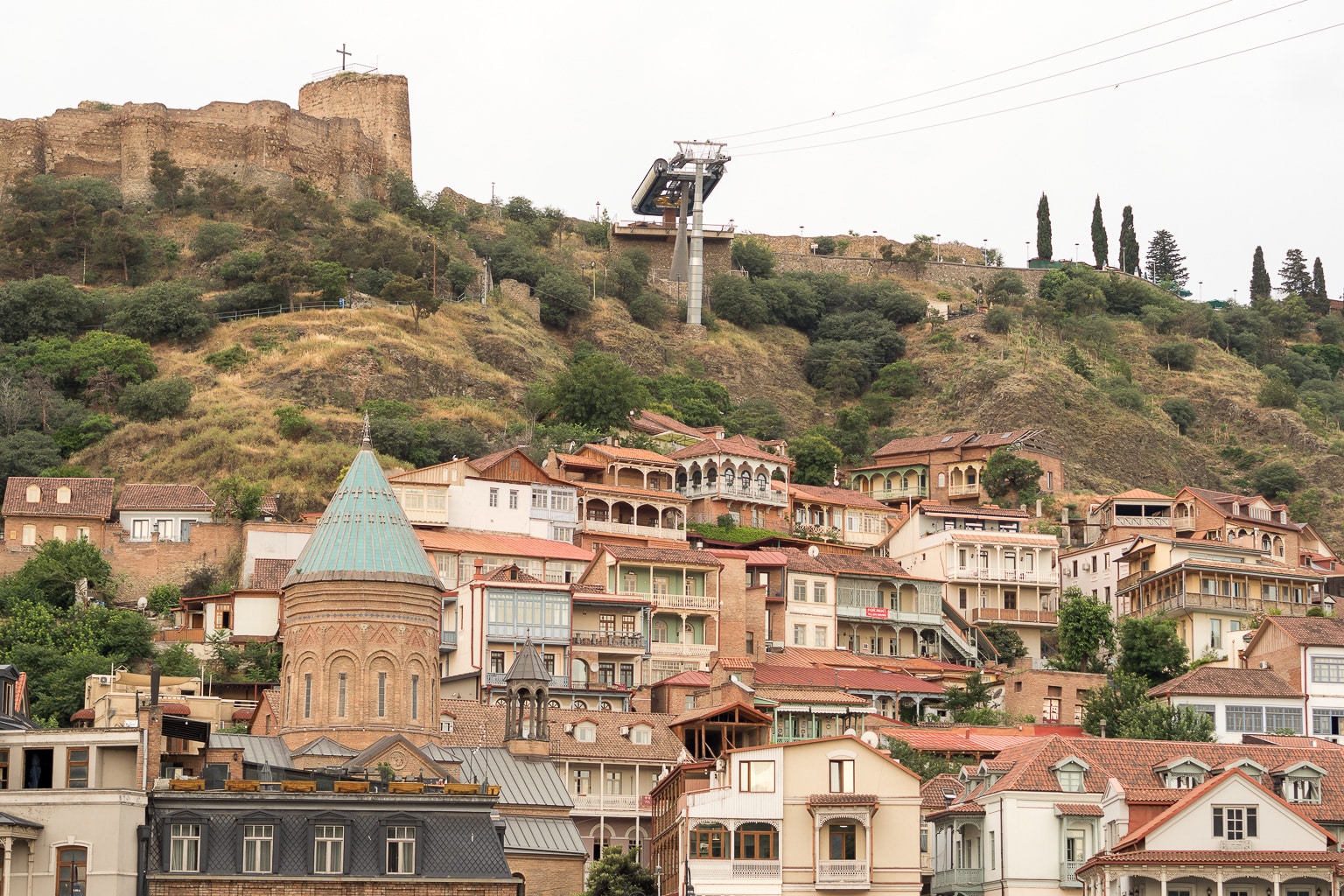
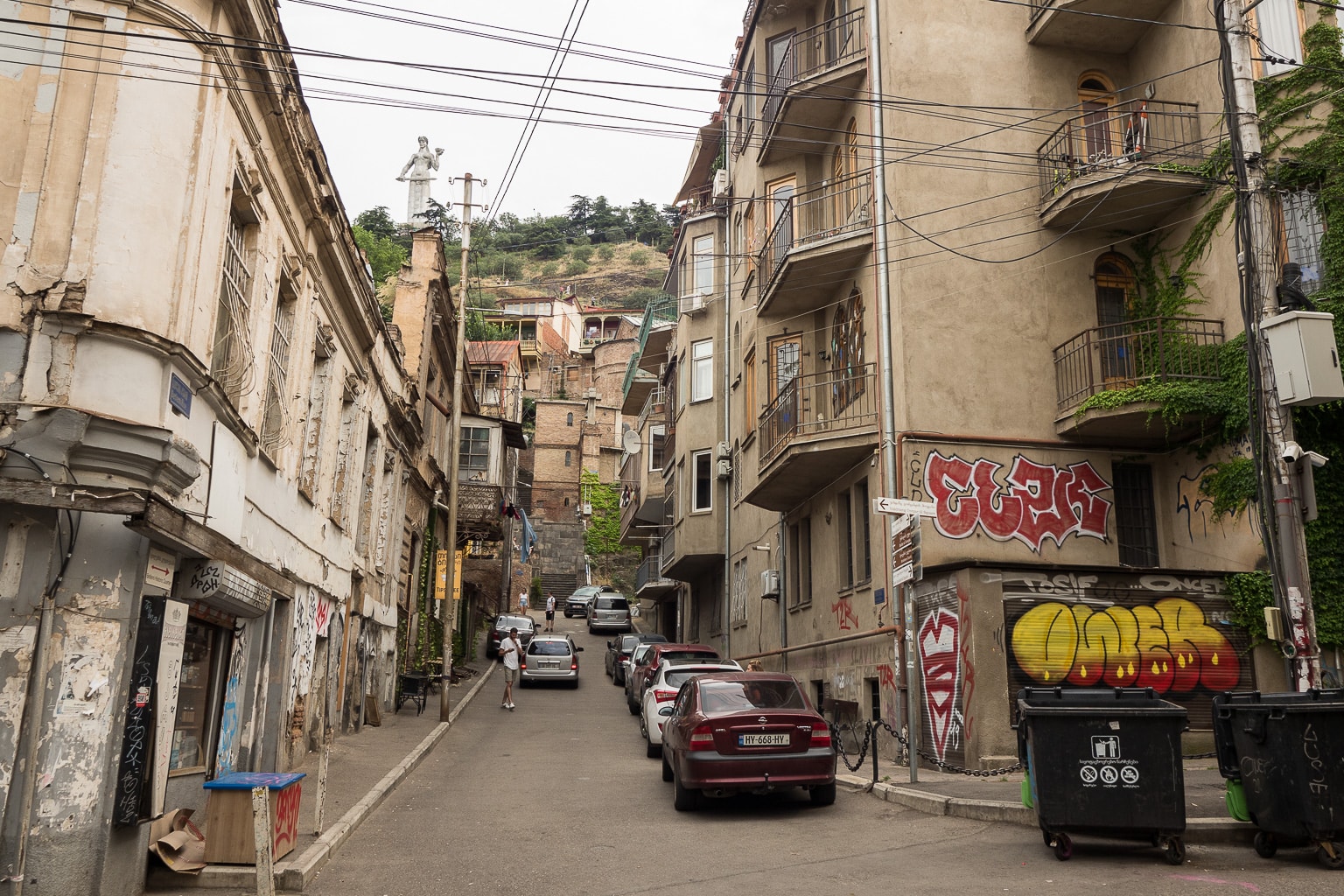
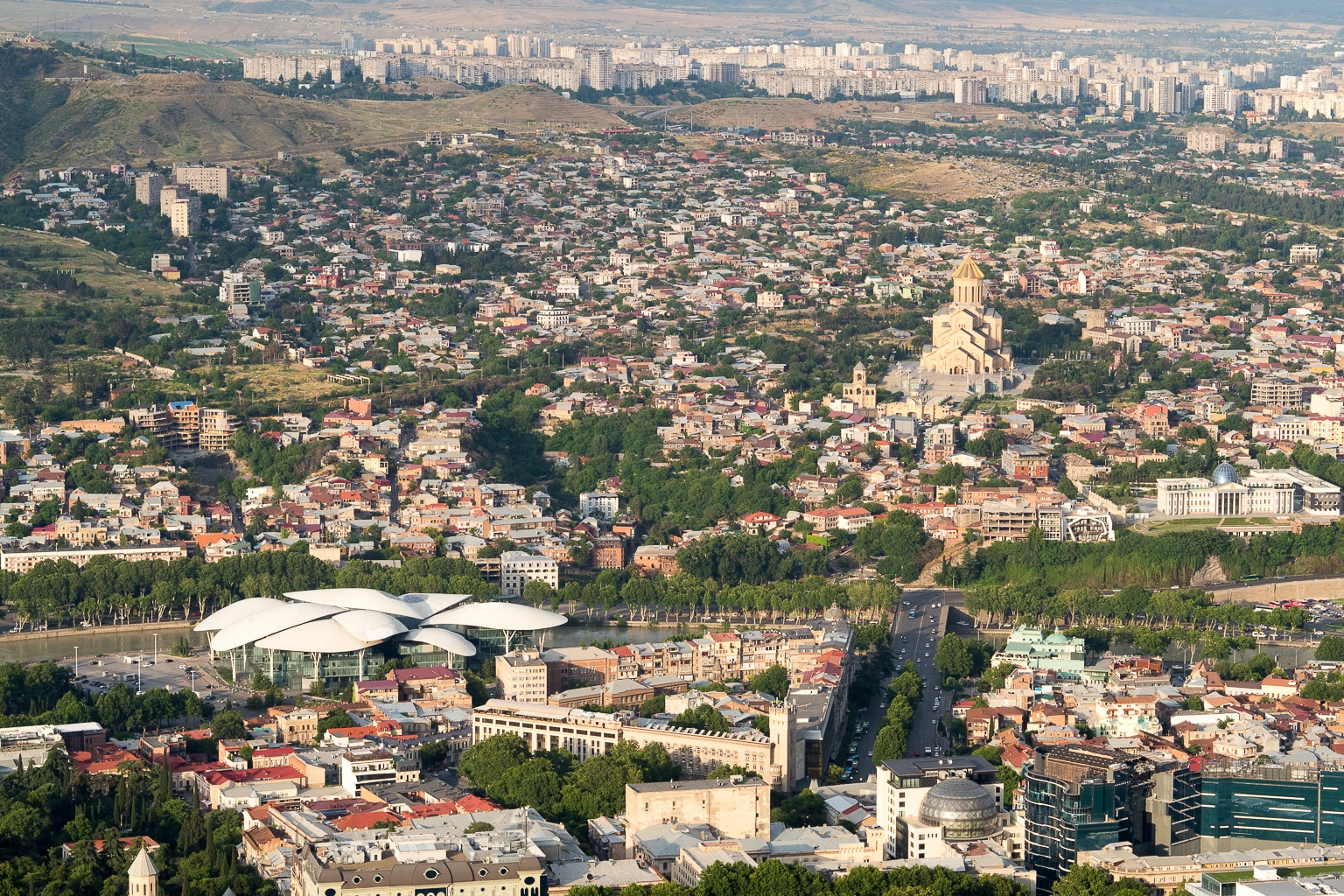
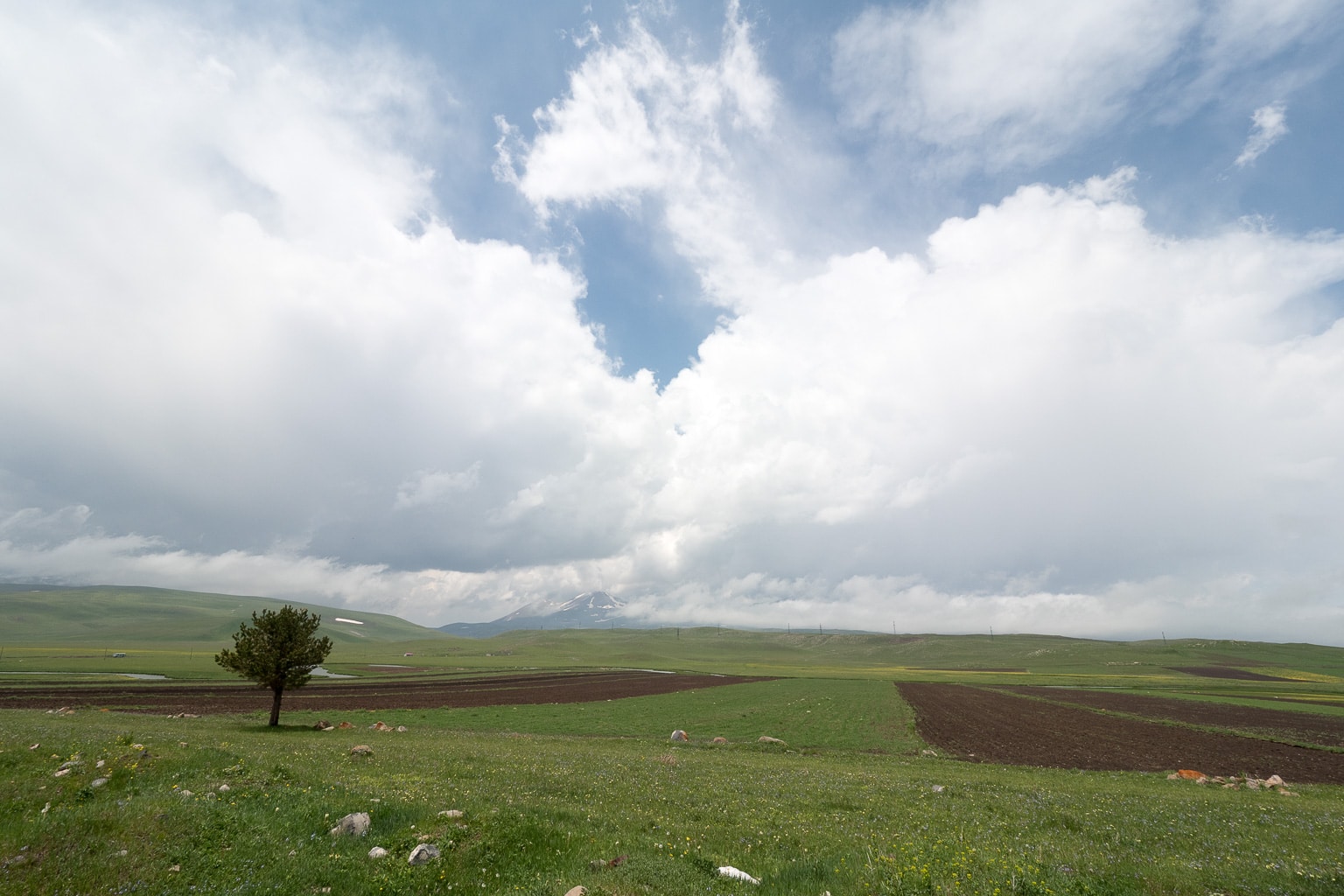
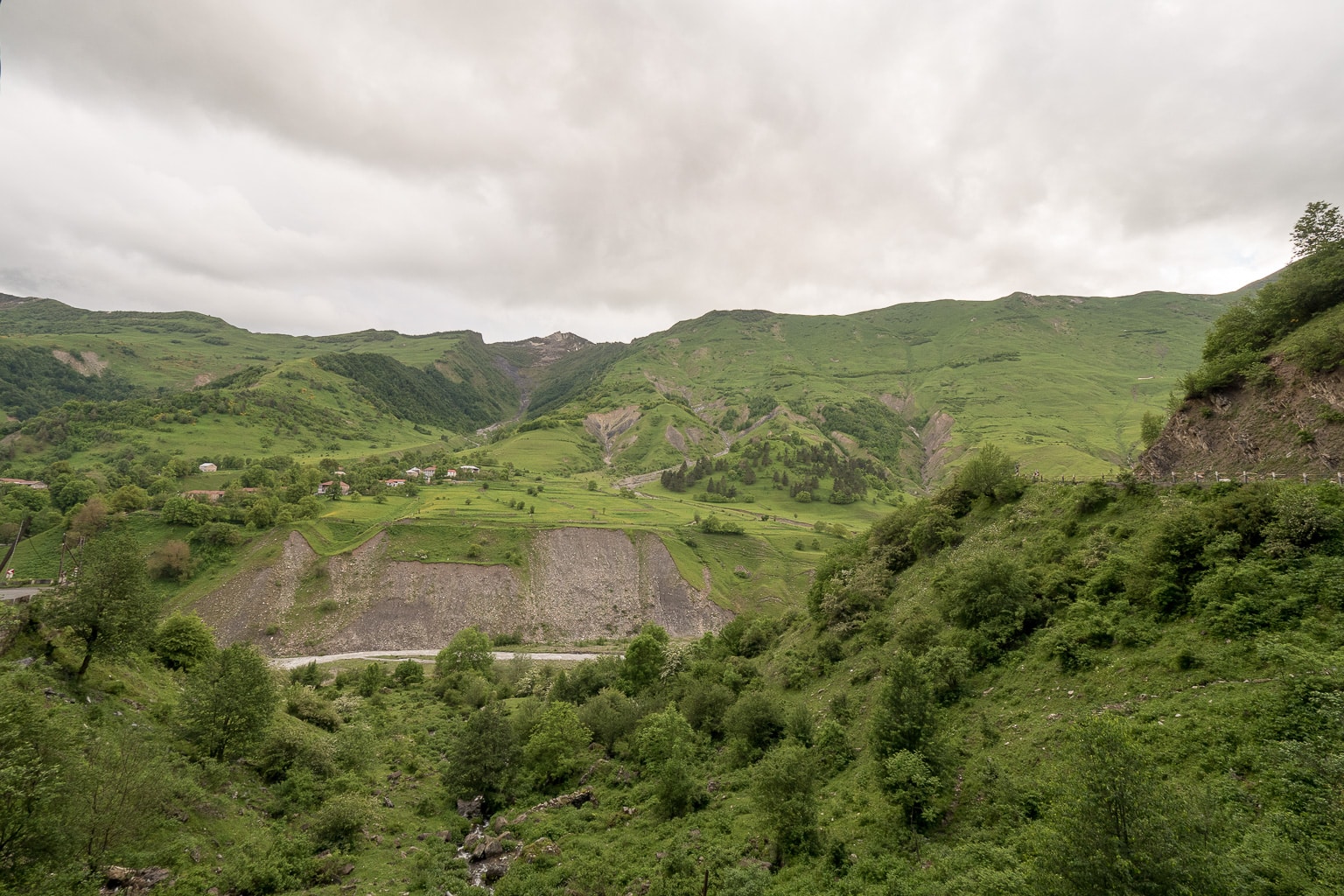
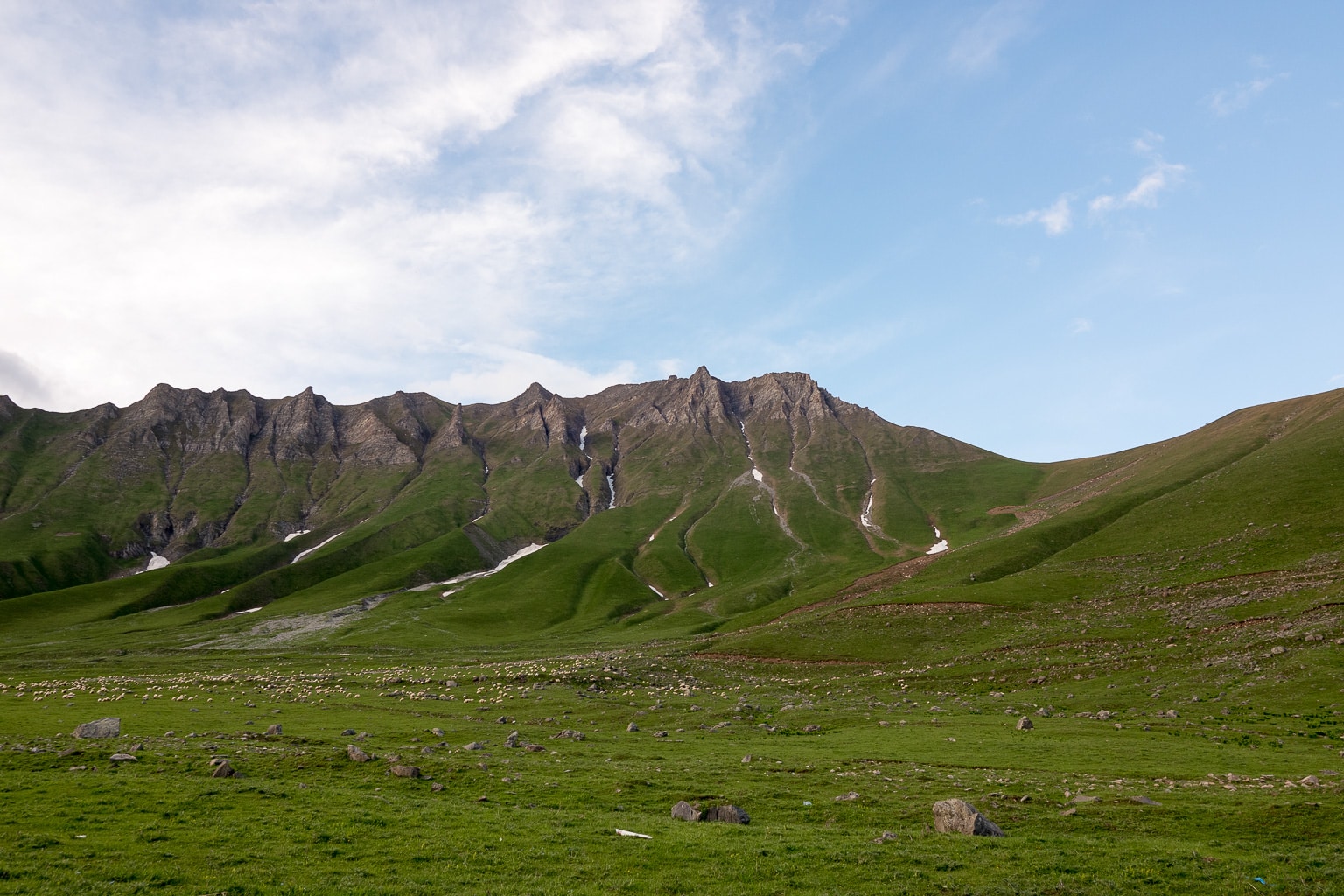
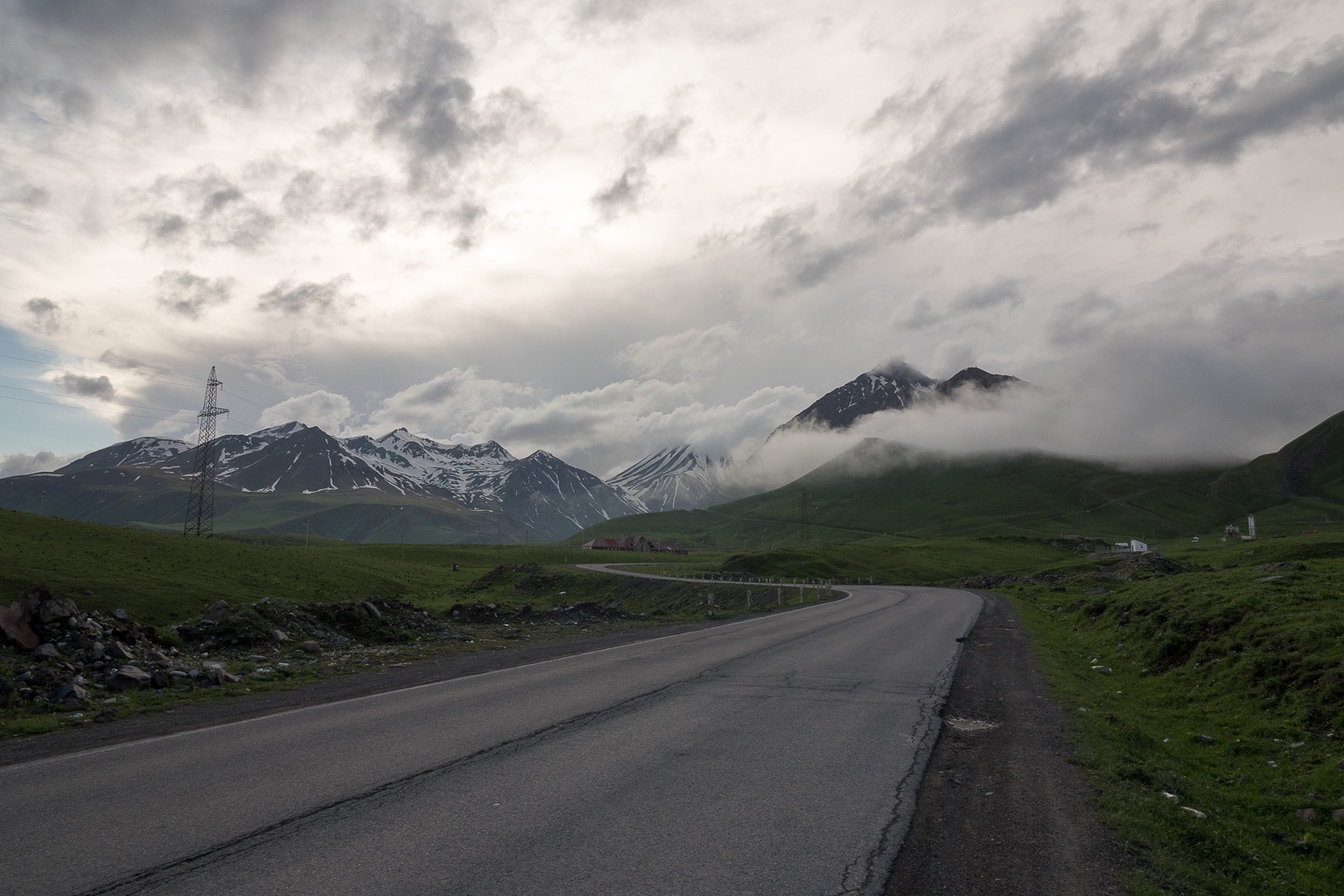
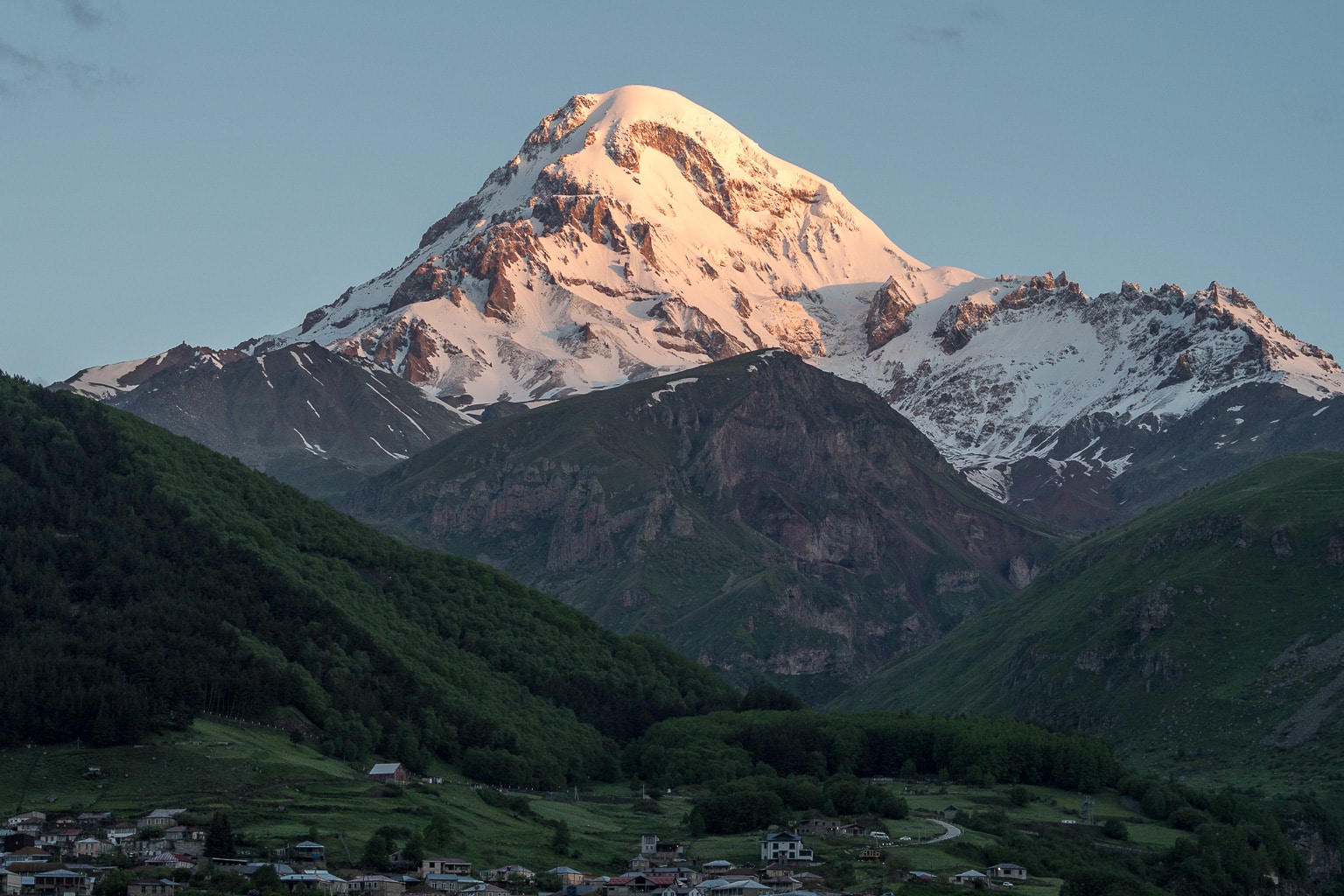
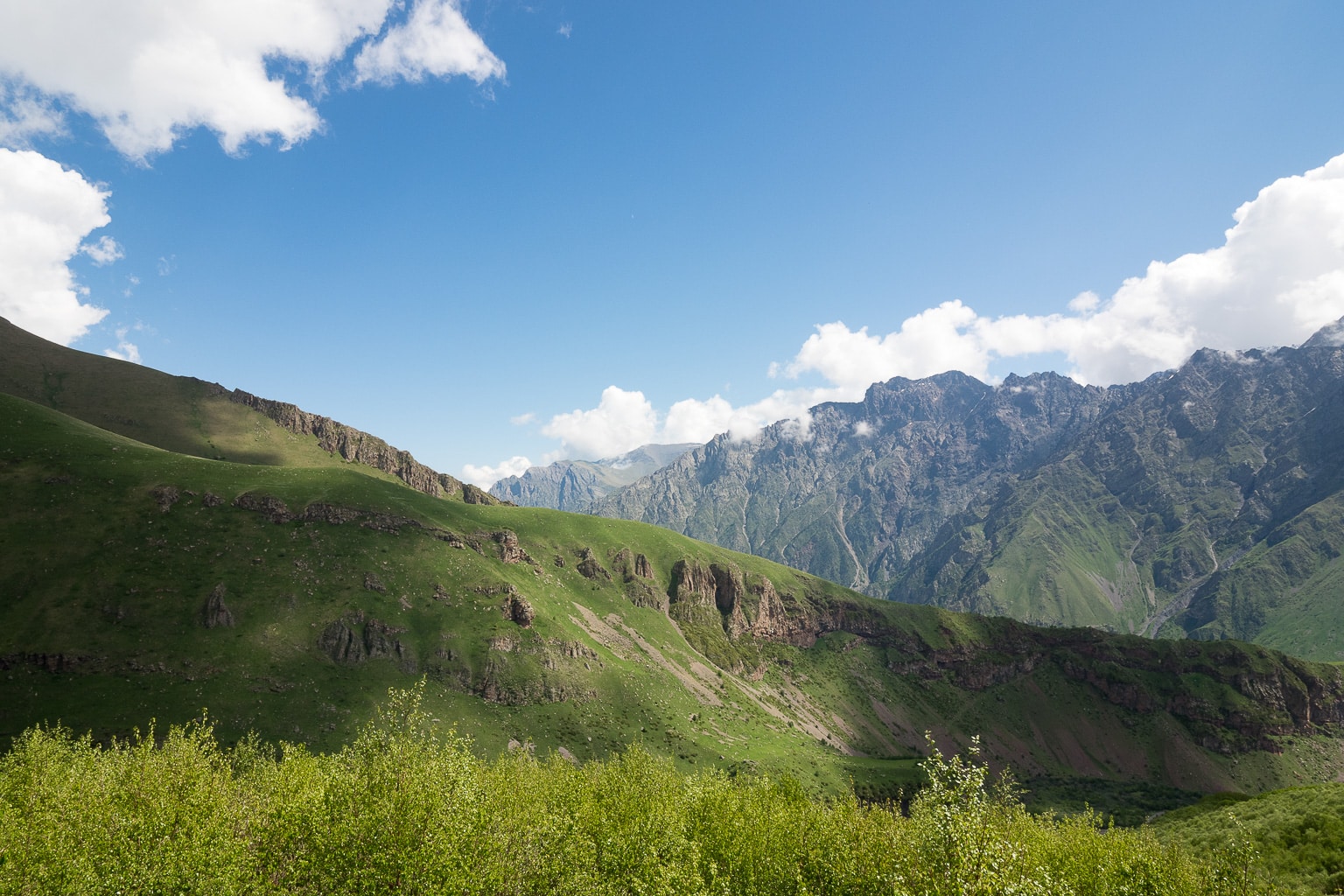
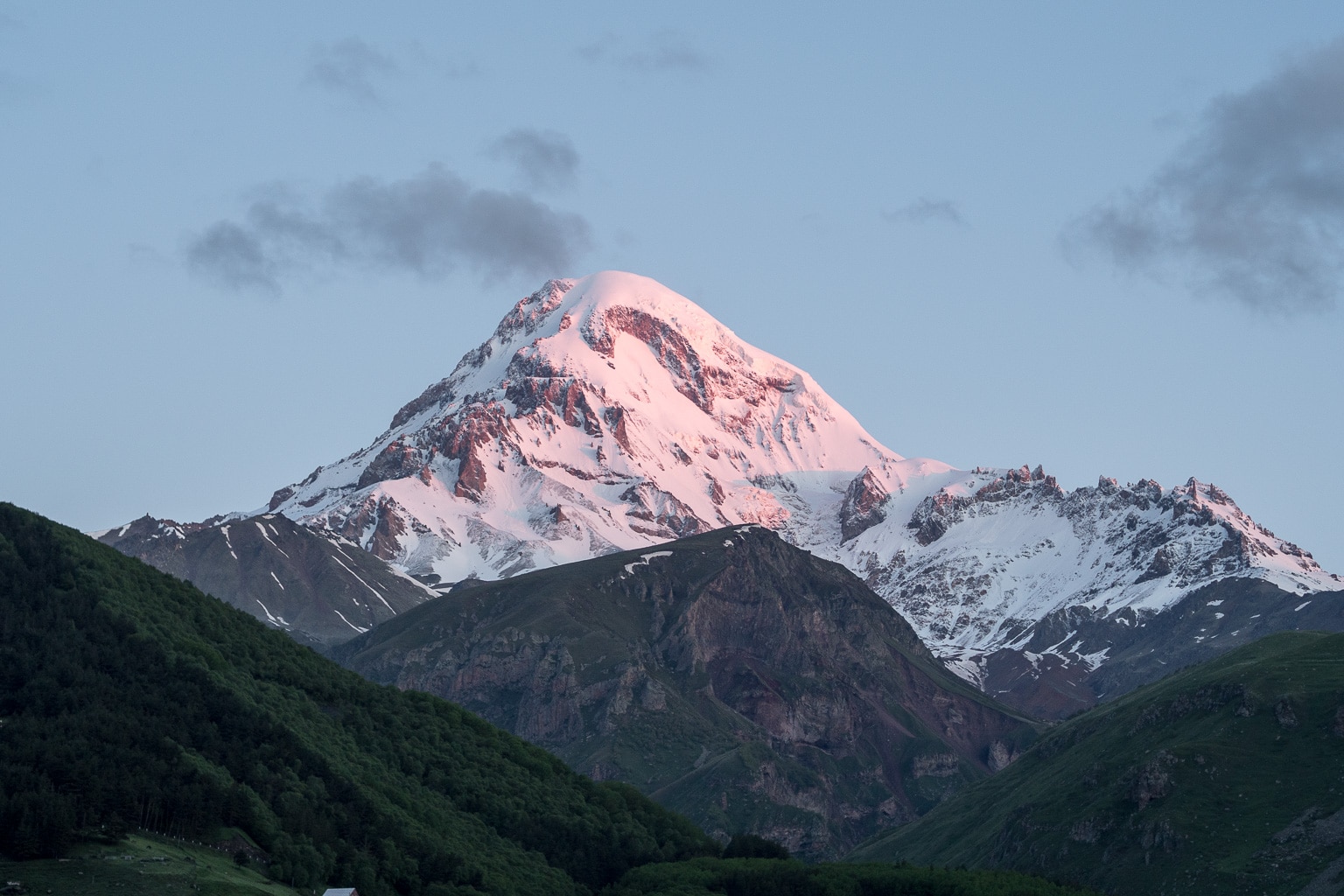
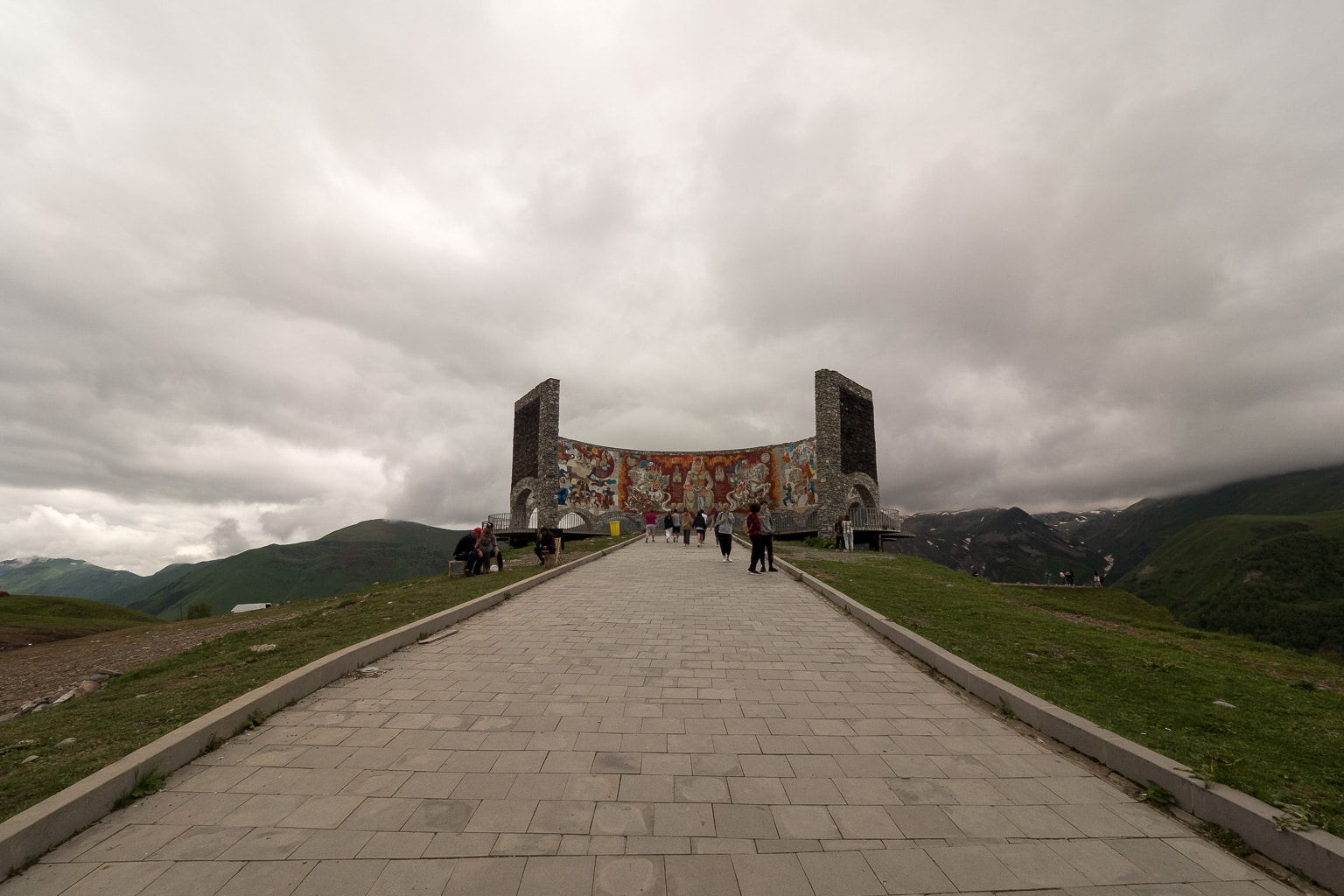
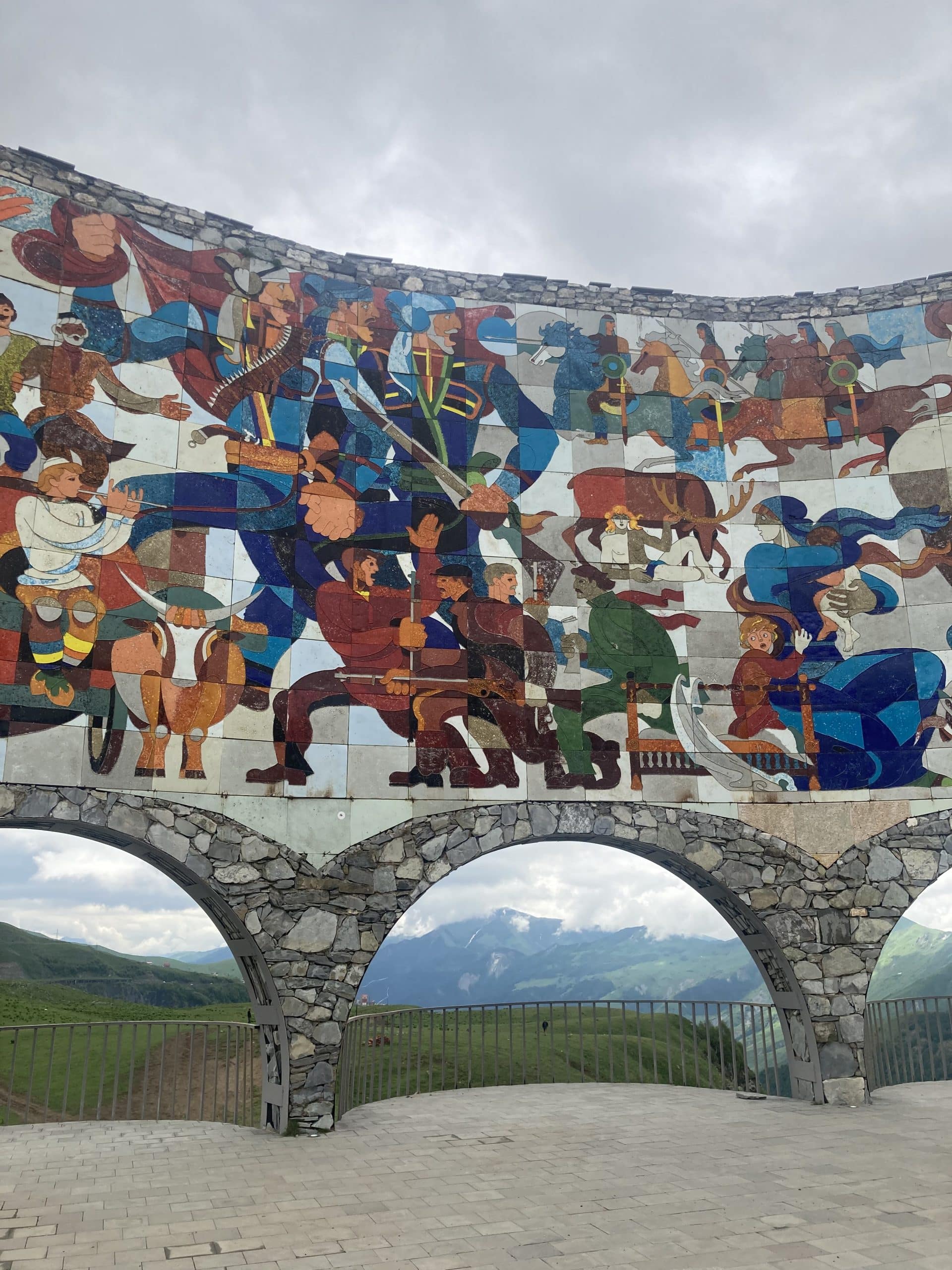
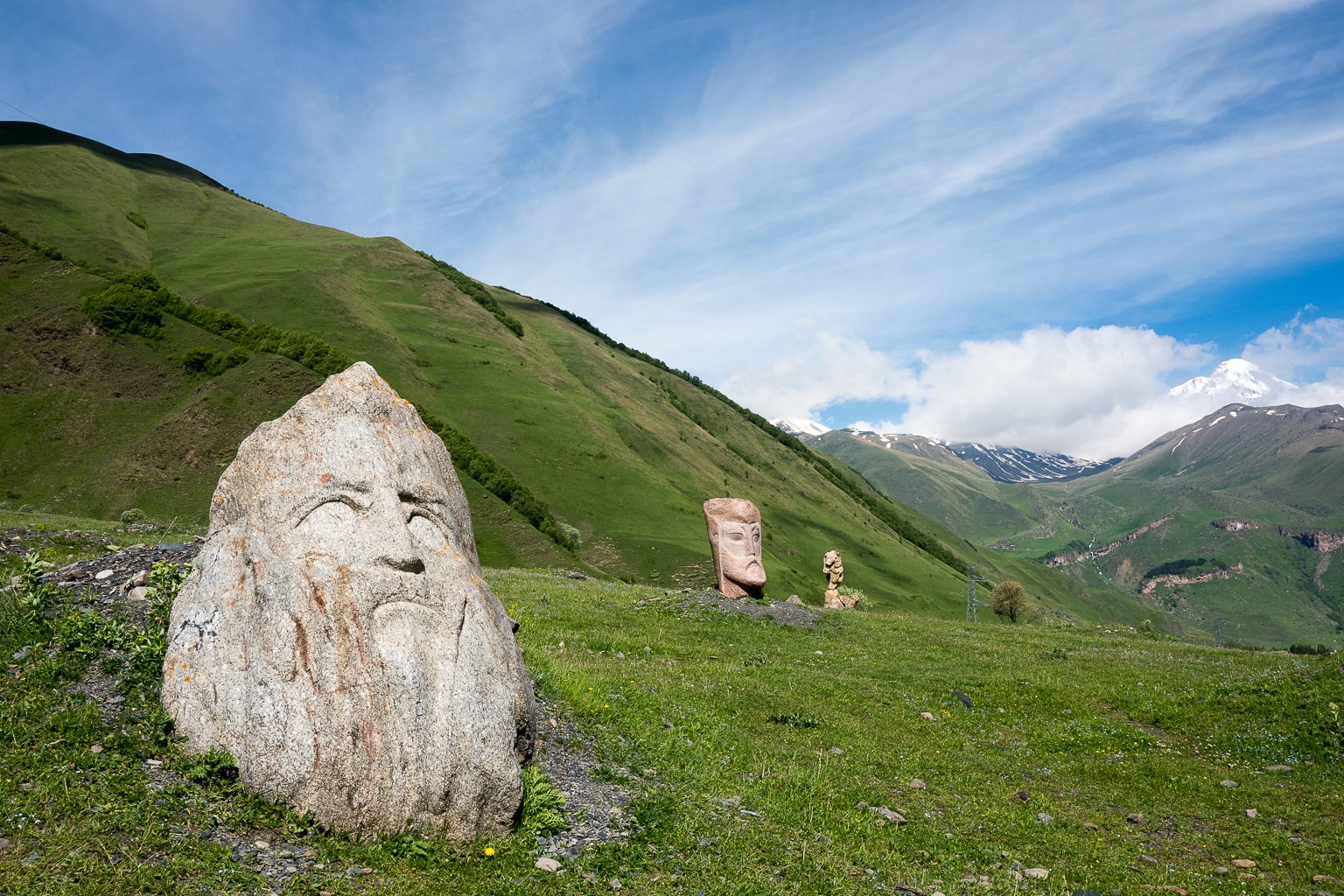
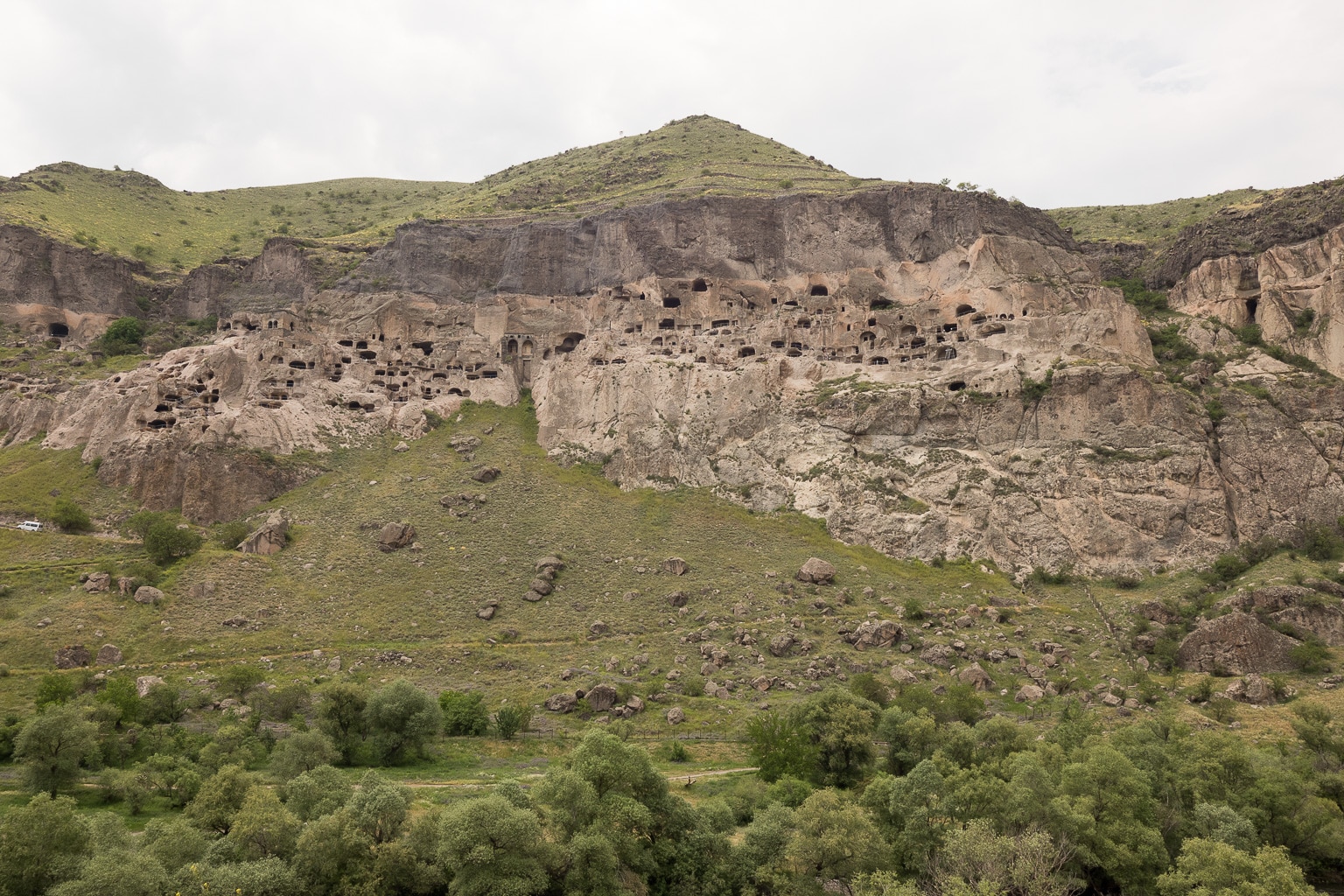
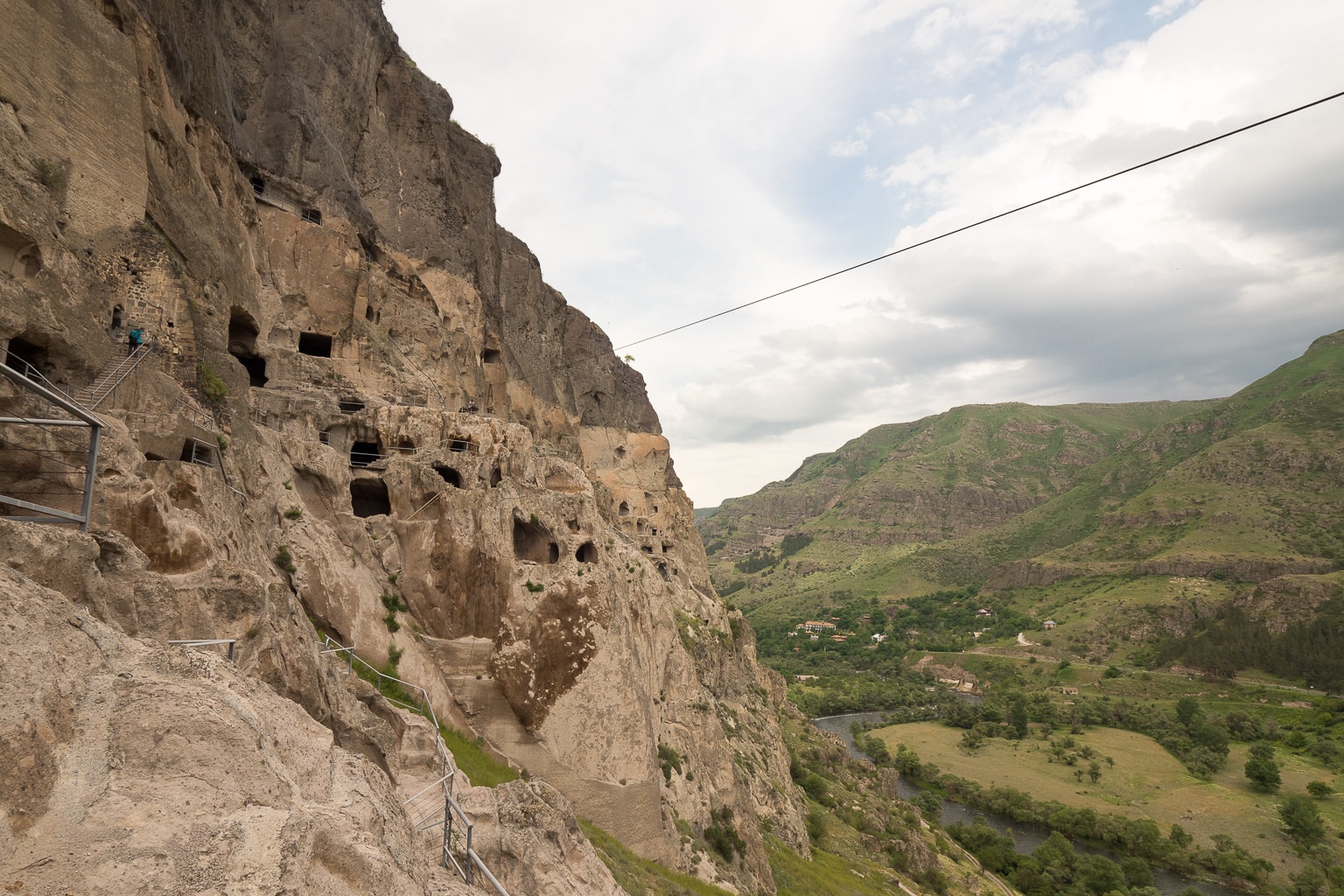
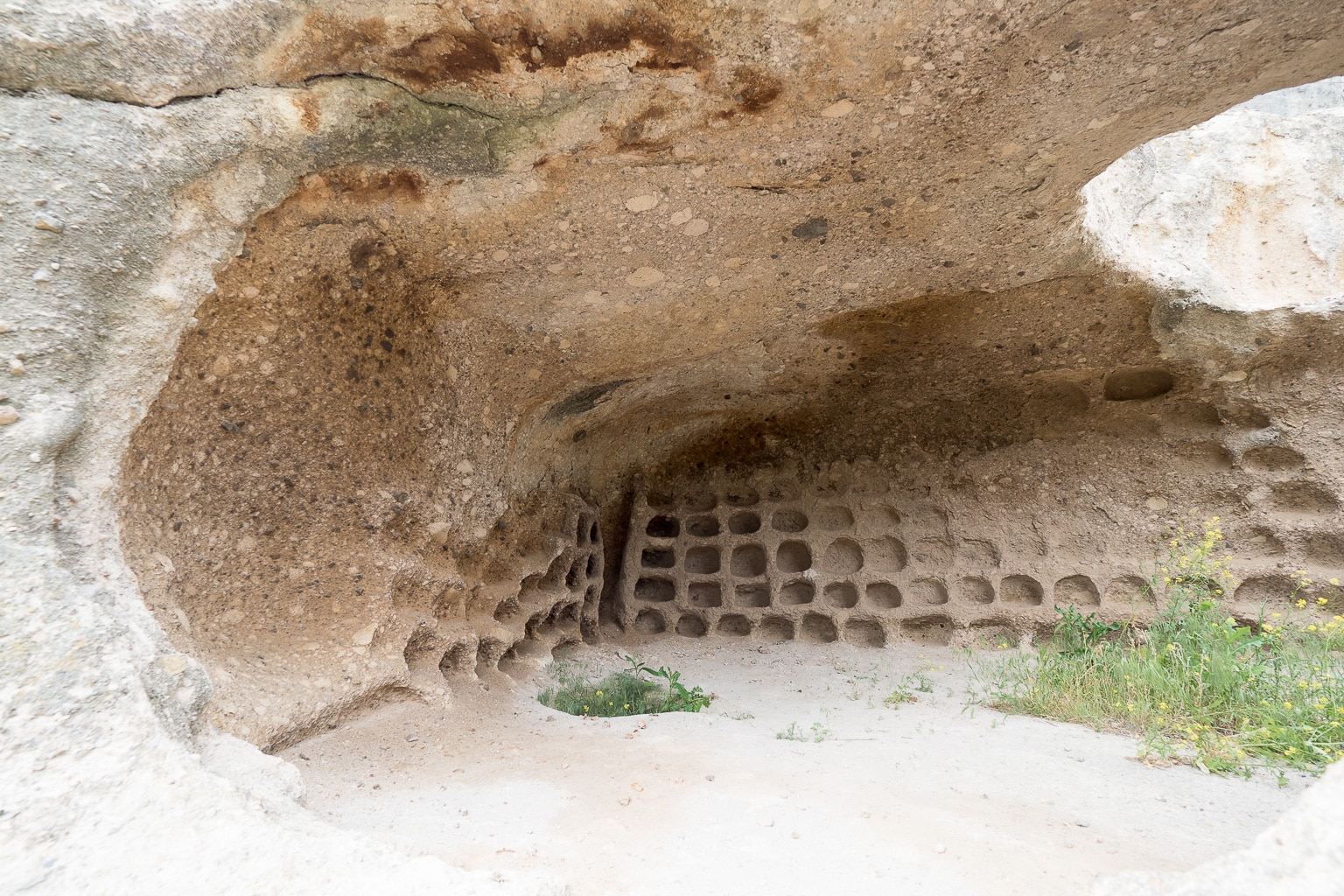
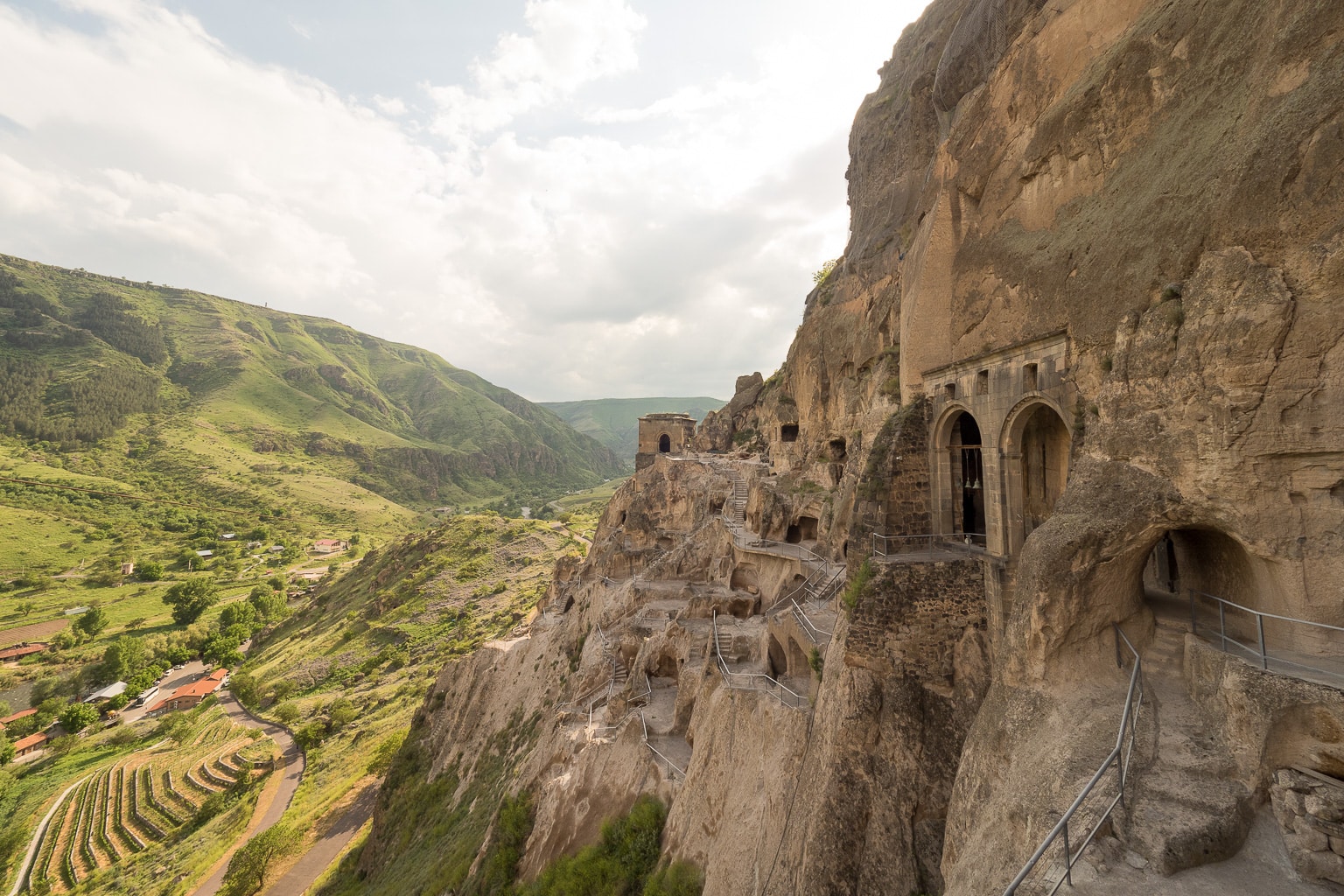
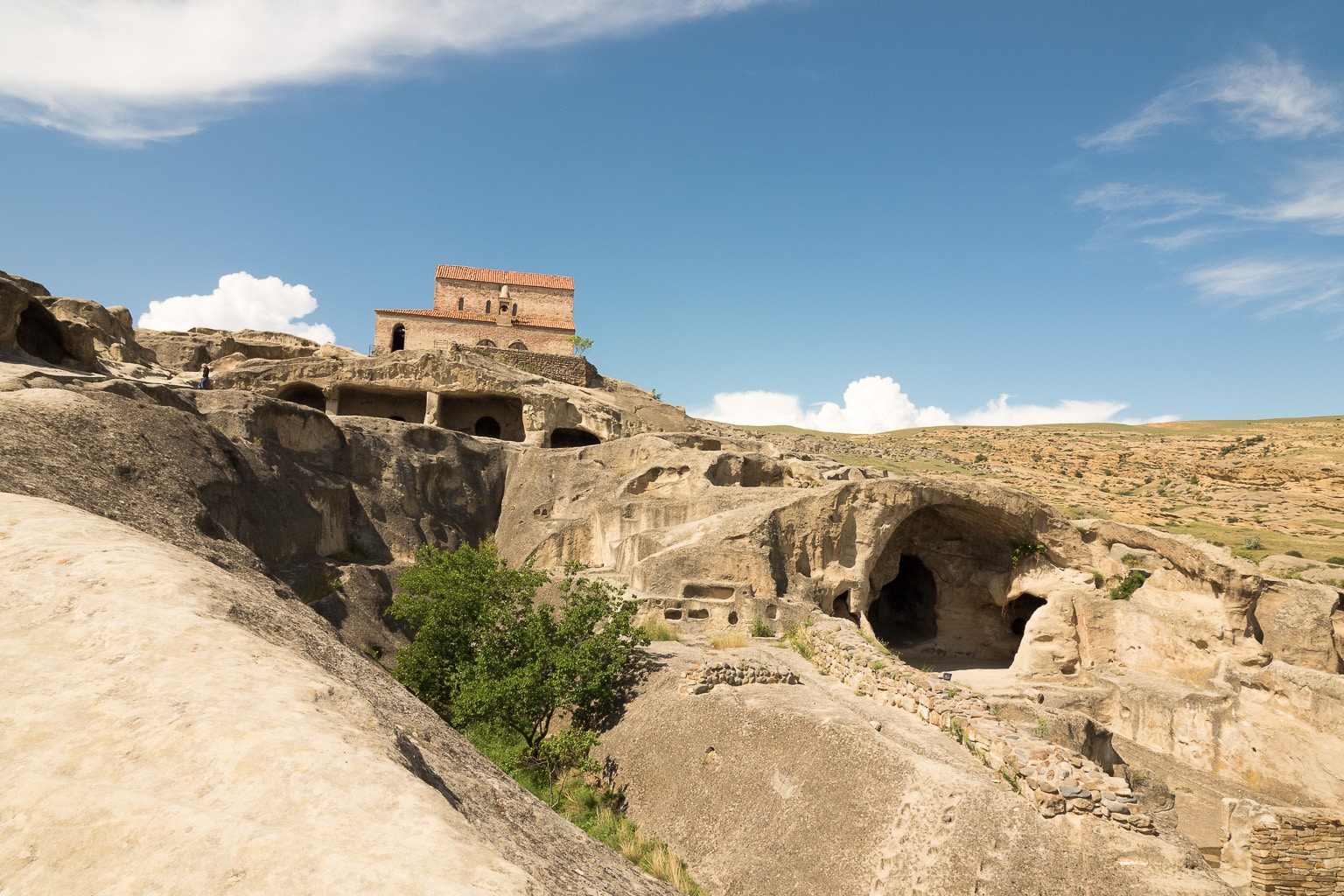
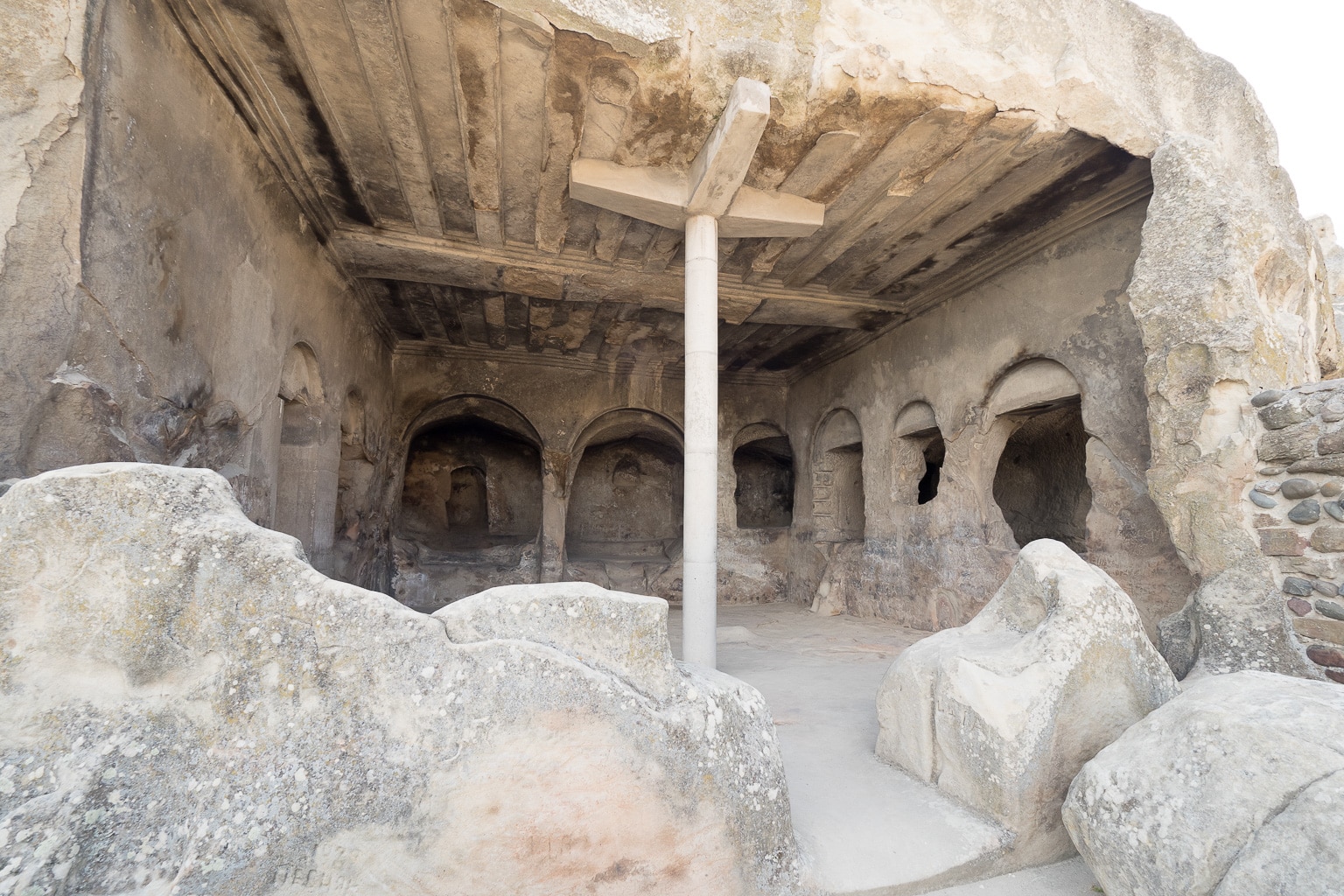
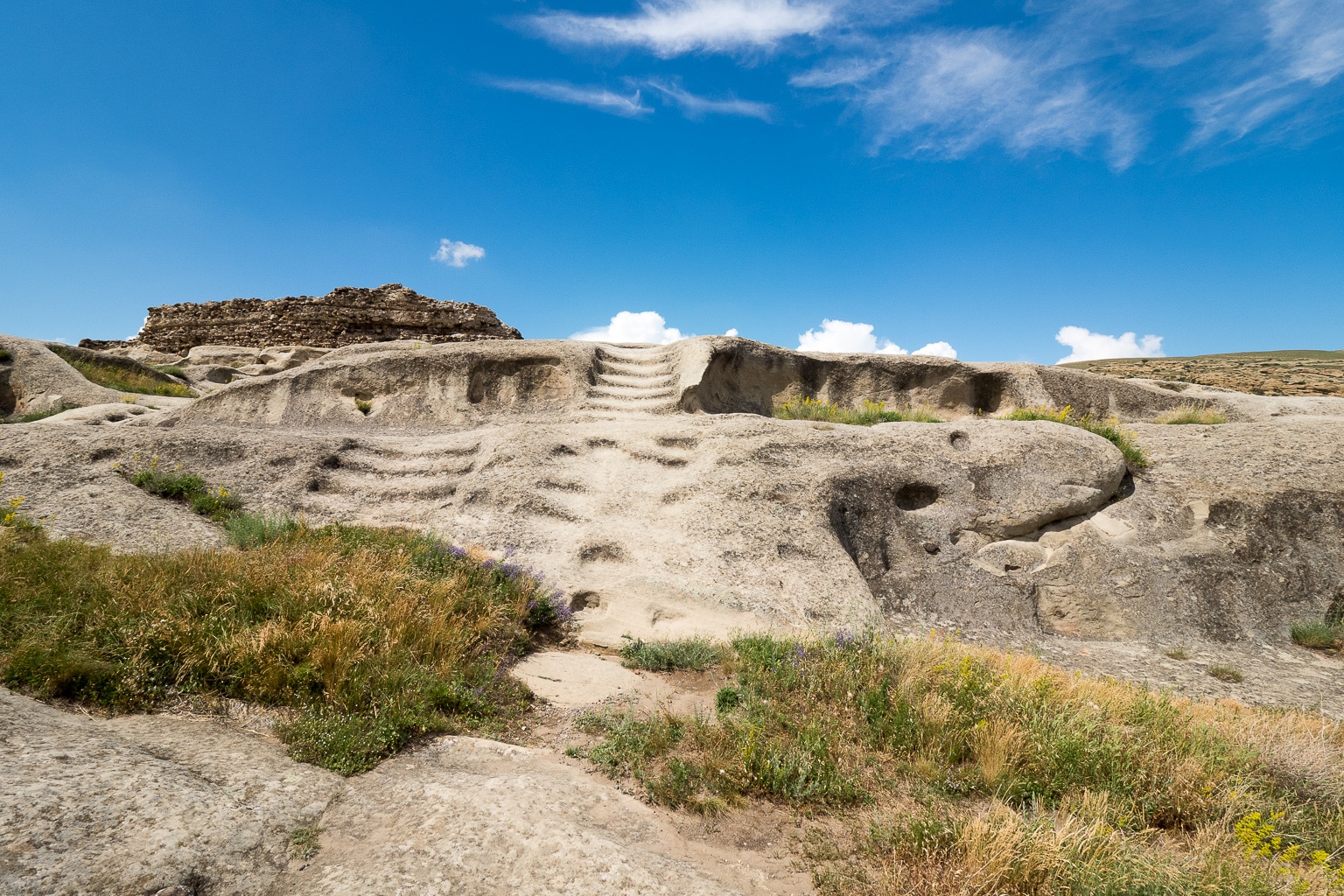
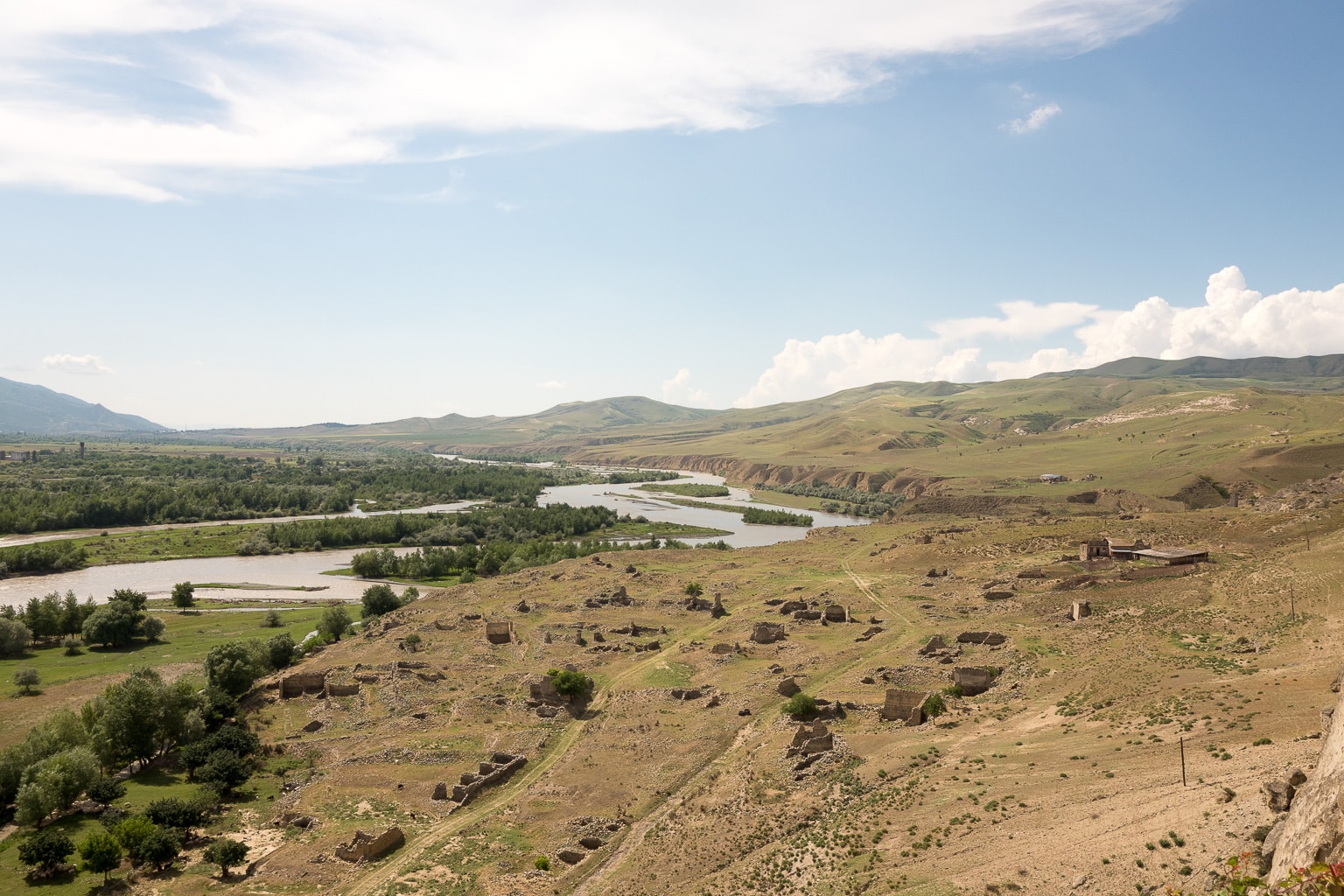
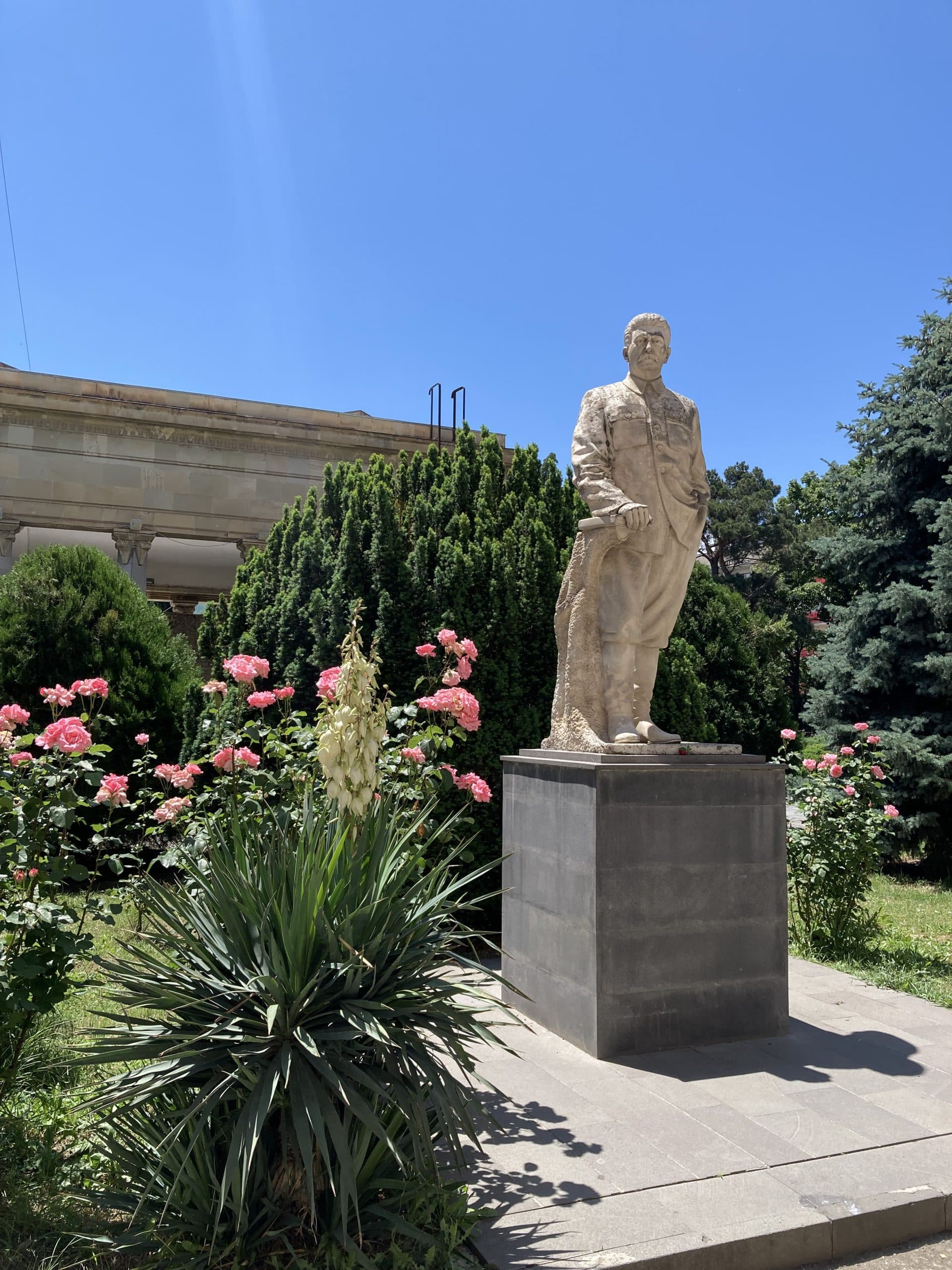
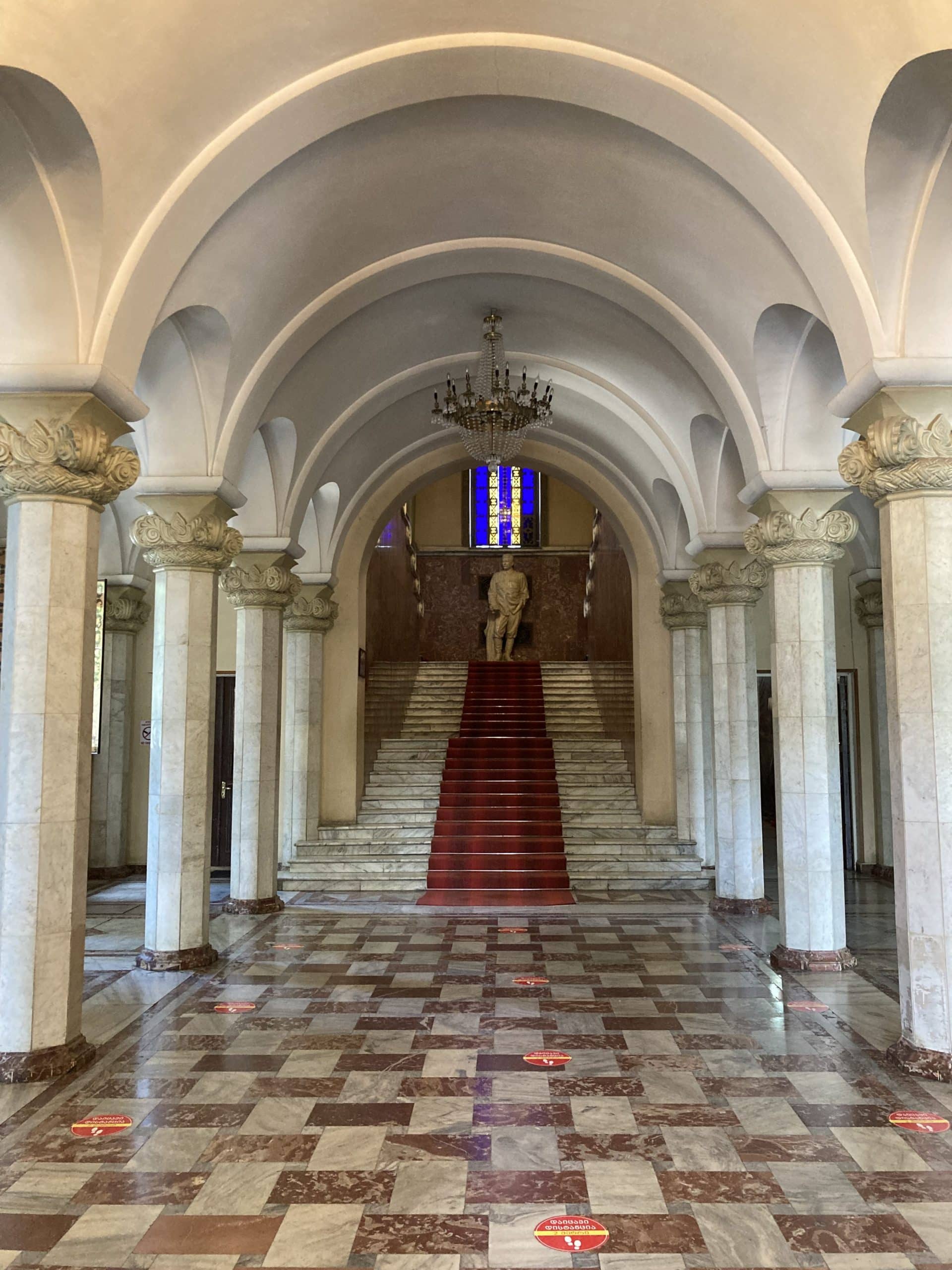
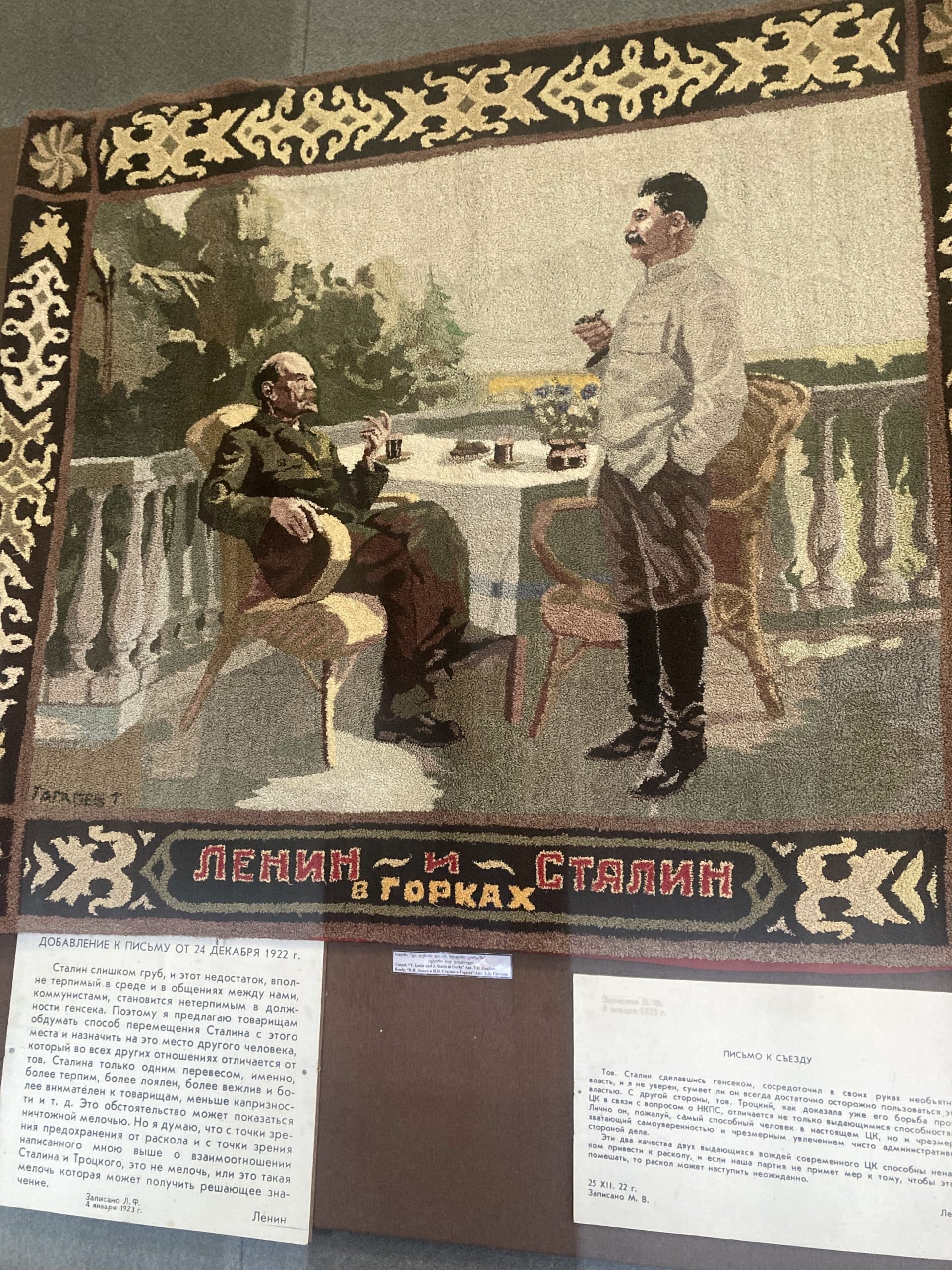
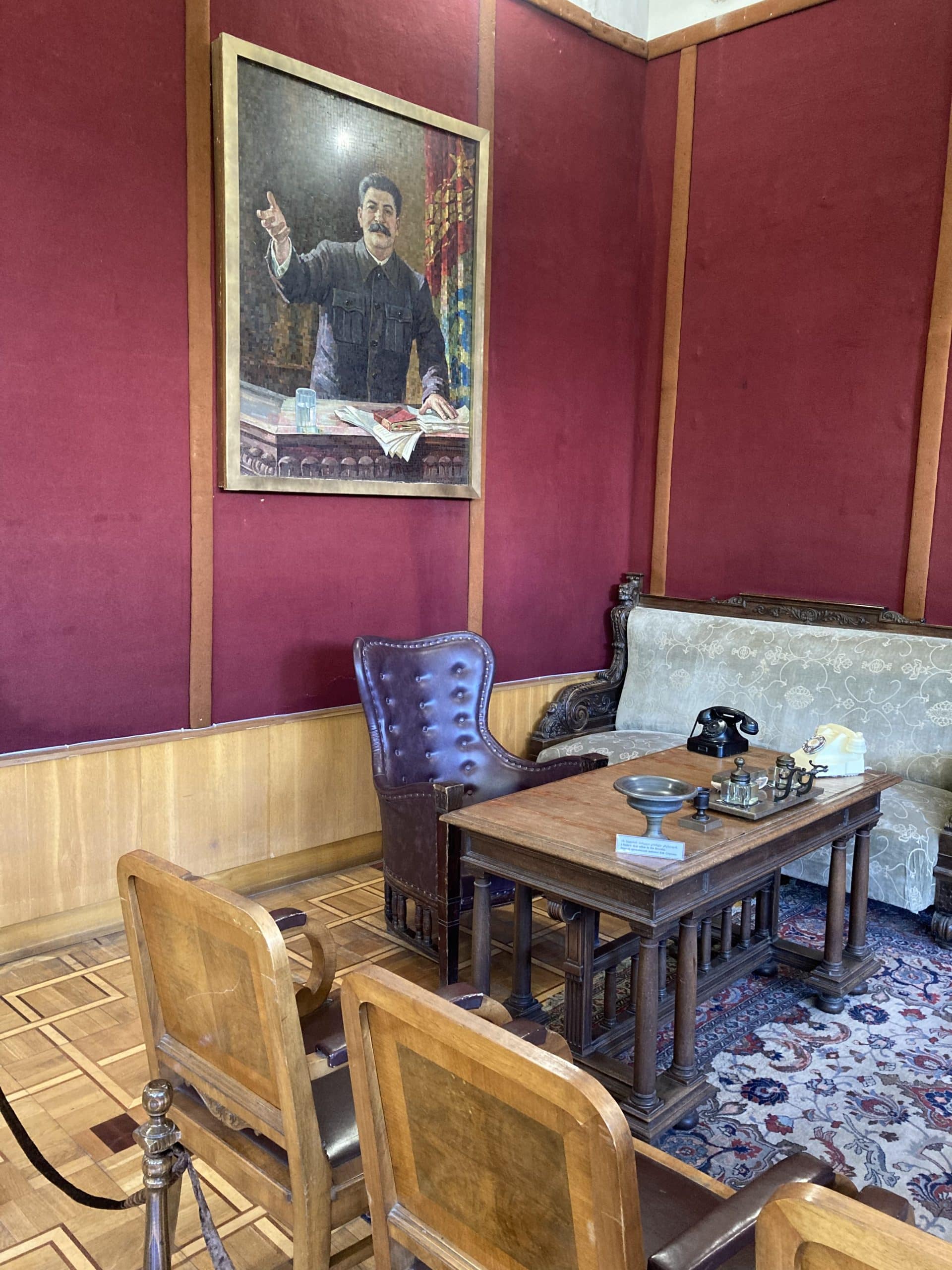
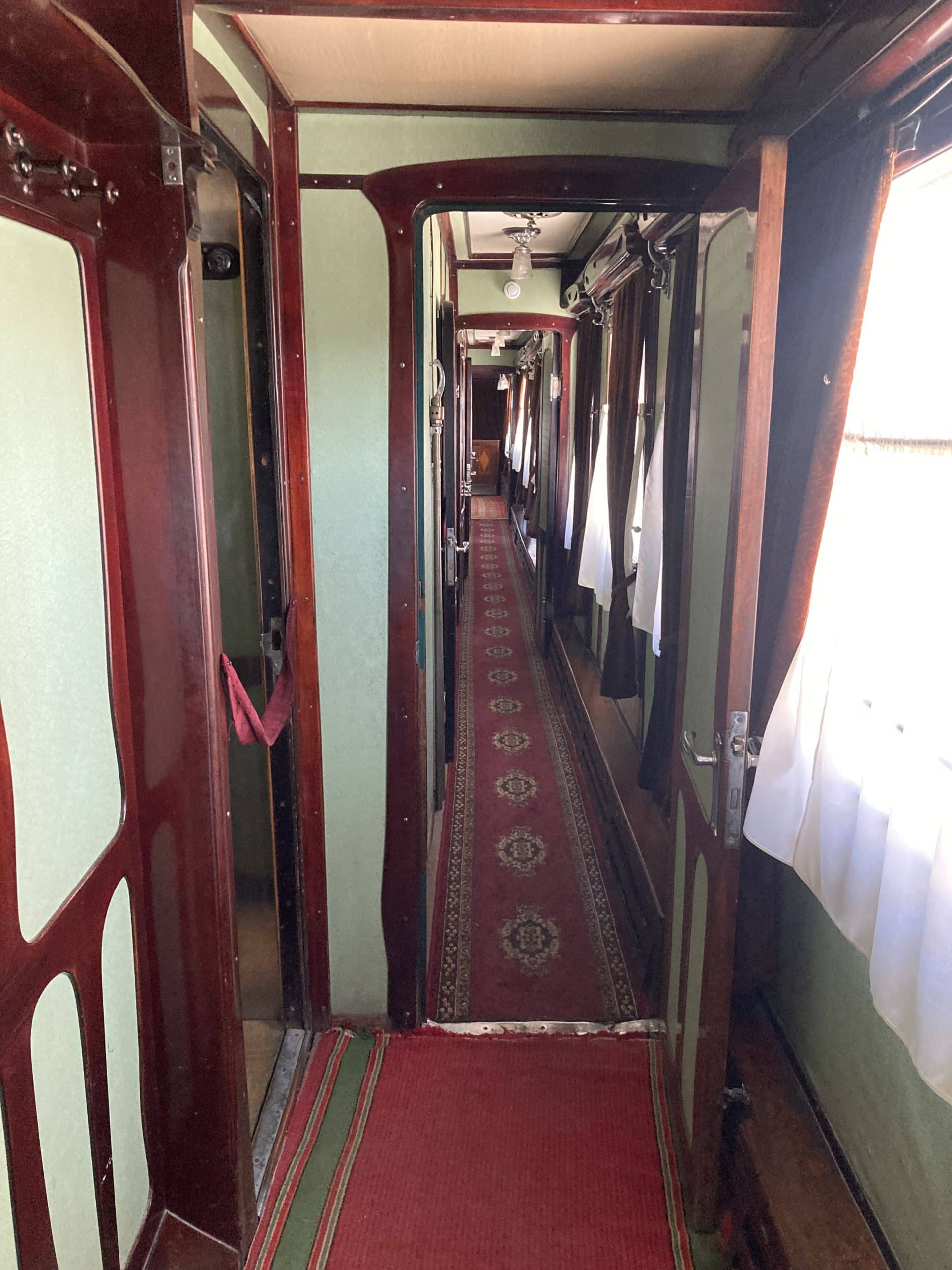
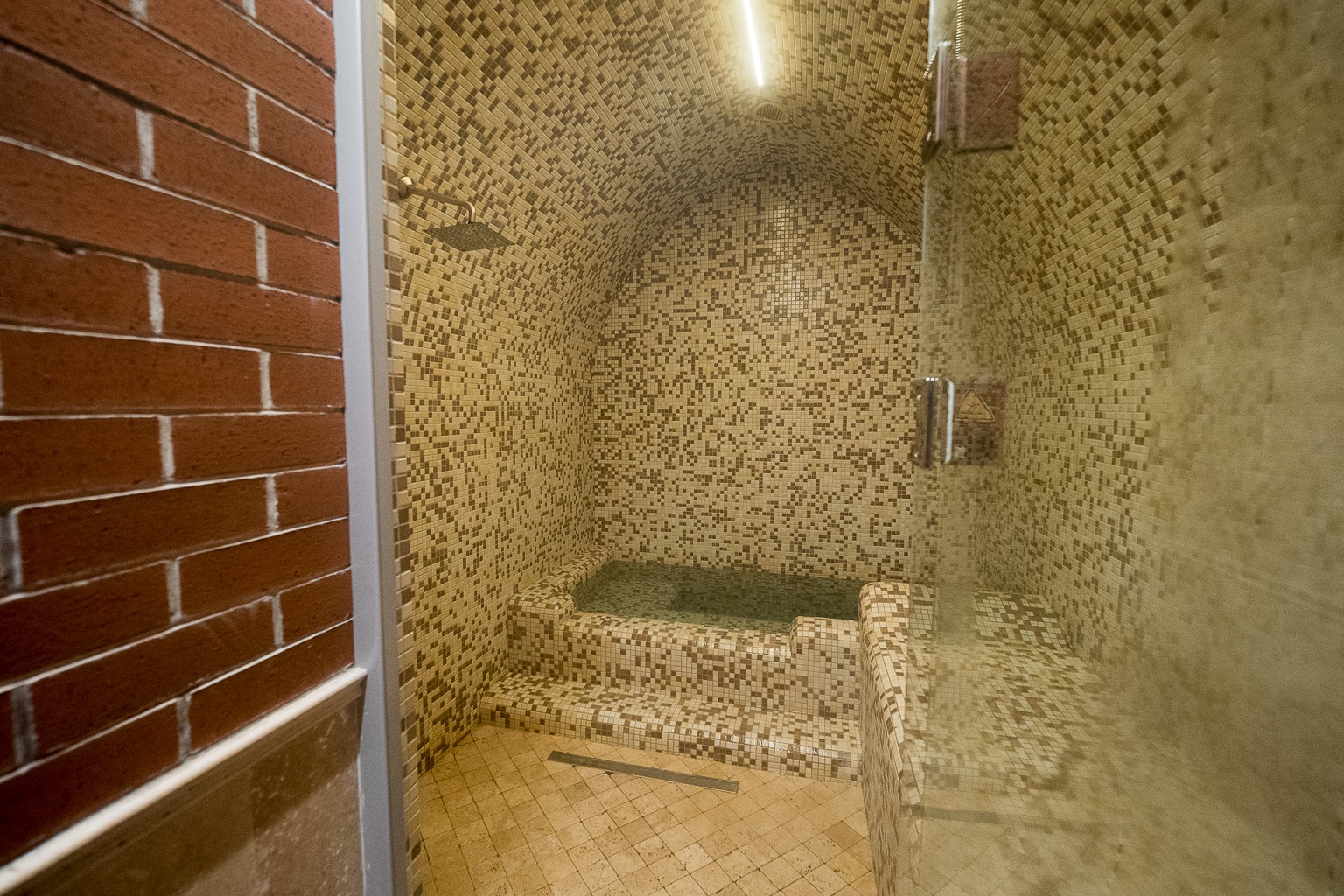
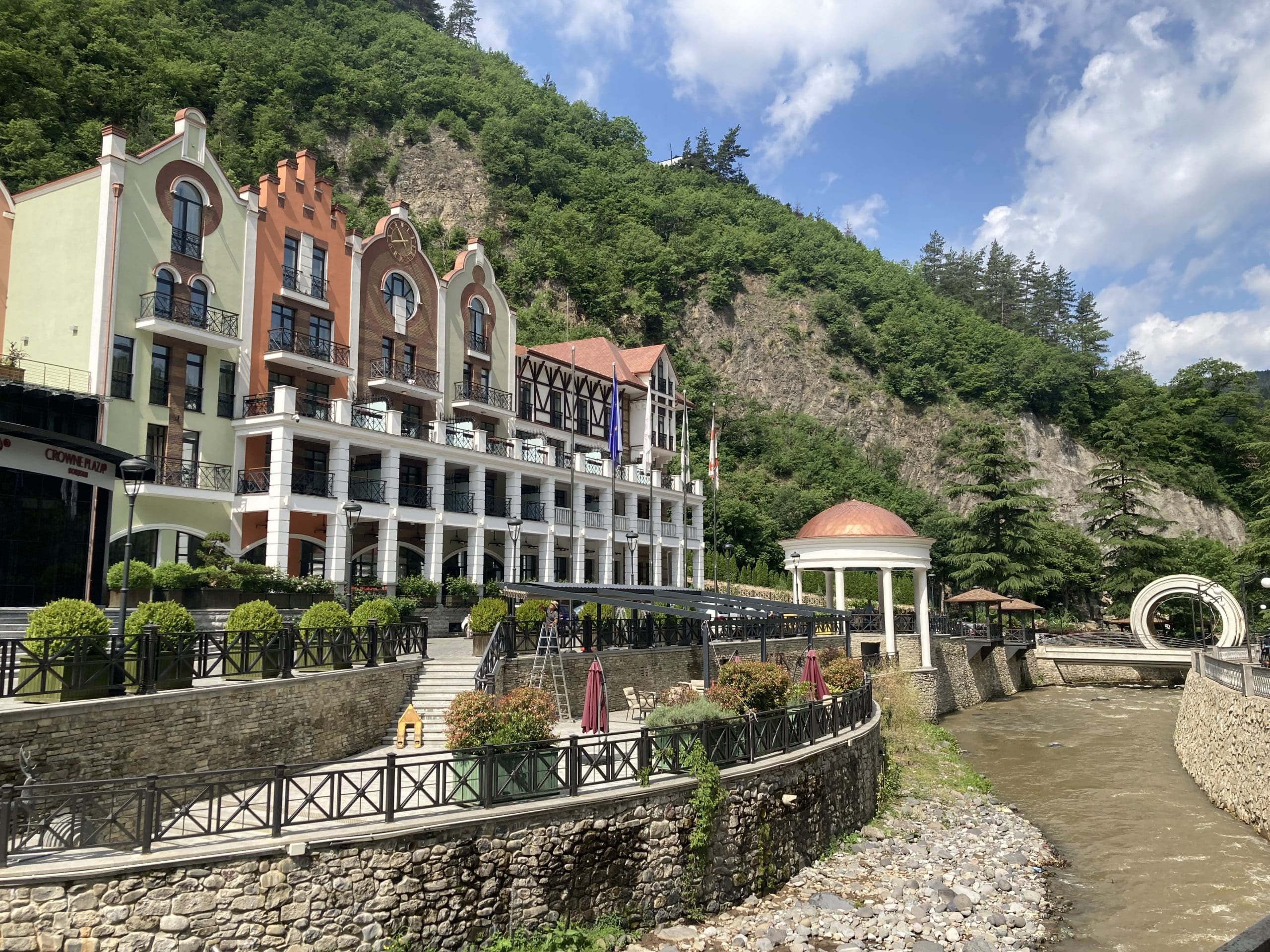
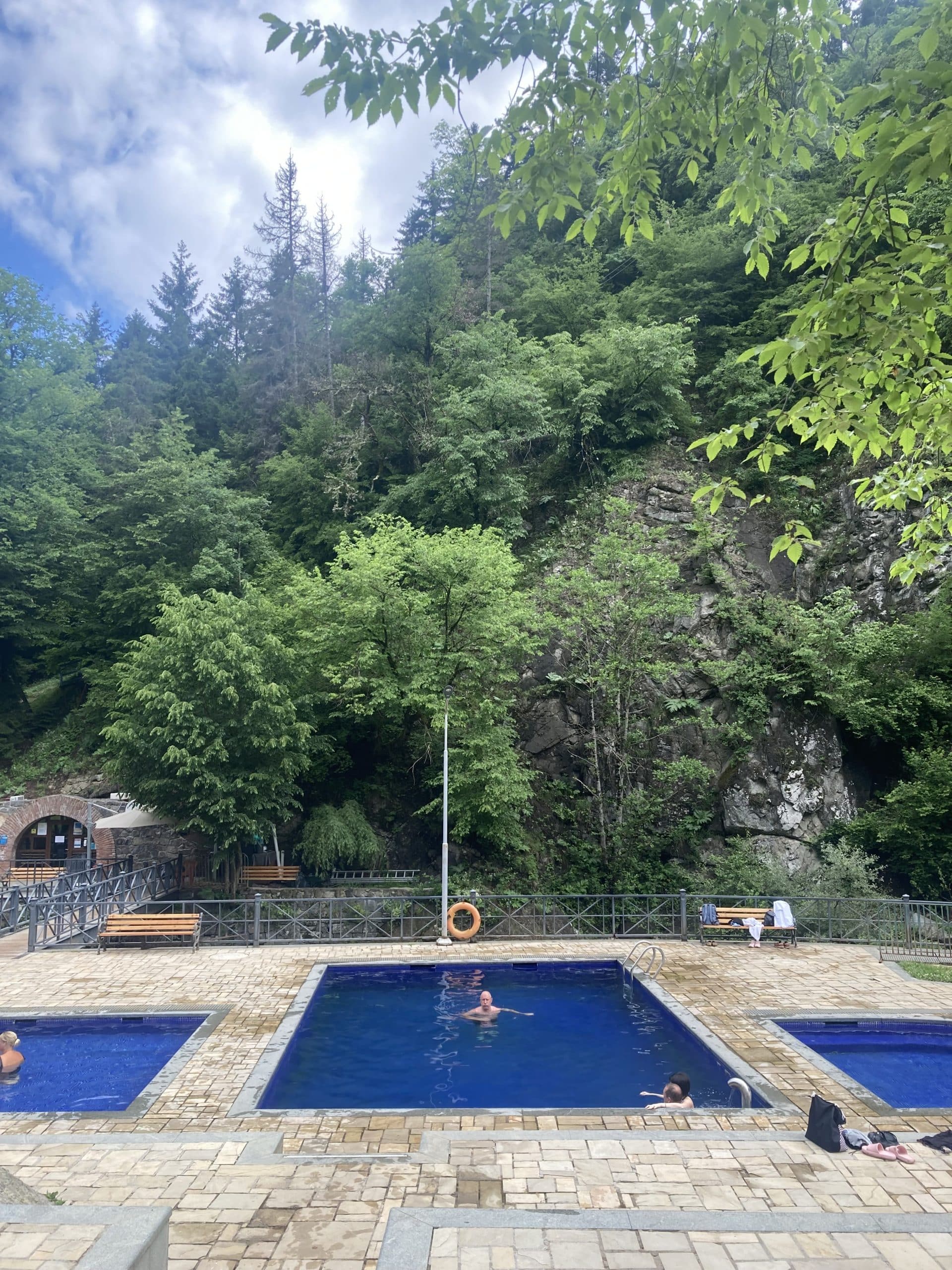













Wow, that’s a really nice and comprehensive list. Now you’ve got me thinking about visiting Georgia.